Travel back in time at Siem Reap, Cambodia - Part 3 - The Discovery of Angkor Wat Magnificence17/8/2012 Here goes the much-anticipated Part 3 of my recent trip to Siem Reap in Cambodia - The Discovery of Angkor Wat Magnificence. Things were so bad that the very name 'Cambodia' became synonymous with suffering. Yet it was not always like this. Before becoming a battlefield in the mid-1960s, the country was celebrated as a land of fertile tranquillity where a predominantly Buddhist people continued the artistic and cultural traditions of the old Khmer Empire - the first civilisation in Southeast Asia, still exemplified by the extraordinary temples of Angkor Wat, surely the Eight Wonder of the World. For every traveler it is a dream come true to visit a place that is blessed with classical beauty and a rich historical culture. Angkor Wat is one of the most amazing and truly dazzling places of this world that would really mesmerize your senses. The place has rare beauty and ambience that attracts thousands of tourists all around the year. For most of the last decades Cambodia, now once again at peace, has striven to rebuild both its economy and its image. Central to this endeavour is tourism, which Phnom Penh government is sparing no effort in promoting. At the heart of this programme is the temple complex at Angkor, which has been cleared of land mines and is continuously undergoing extensive restoration. Angkor has to be seen to be believed. It is, beyond doubt, the major cultural and historic attraction in all of Southeast Asia, and is it is difficult to think of any site of comparable magnificence anywhere else in the world. The modern name, Angkor Wat actually means "City Temple". Asked to picture Cambodia, it is Angkor - whether someone knows the name or not - that often comes to mind. The area is teeming with the resplendent temples that encapsulate the country's history, a legacy of Angkor's time as seat of the Khmer Empire, from around the 9th to the 15th centuries. The beauty and importance of the ancient city have earned it a place on UNESCO's World Heritage List. Angkor Wat - the largest and, at the same time, the best perserved temple. The largest and best preserved temple at Angkor is the only one to have remained a significant religious centre - first Hindu, then Buddhist, since its foundation. The temple is the epitome of the high classical style of Khmer architecture. It has become a symbol of Cambodia, appearing on its national flag and it is the country's prime attraction for visitors drawn by its architecture, its extensive bas-reliefs and the numerous devatas adorning its walls. Entrance to the site is very strictly controlled. All visitors must enter via the Angkor Archaeological Park Toll Gate. You can buy tickets that permit access to all temples for one day, three days (expiring in one week) or seven days (expiring in one month). You will be issued with a pass with your photograph on it (taken digitally at the Toll Gate) and you have to show this to guards at each and every temple. Lose it and you will have to buy another. For the exploration of Angkor Wat Temples, you would notice that most of my shots were taken with some vintage nostalgia using the Toy Camera Effect. Toy camera effect recreates this look by darkening the edges to make them appear as if they were photographed through a pinhole lens and adding contrast. First built in the 1100s as a Hindu Temple, Angkor Wat later became a Buddhist center. The whole place is magical and mystical. The outer wall to Angkor Temple. Temples at Angkor are the heart and soul of Cambodia. The temples are a source of inspiration and national pride to all Khmers as they struggle to rebuild their lives after years of terror and trauma. Today, the temples are a point of pilgrimage for all Cambodians, and no traveller to the region will want to miss their extravagant beauty. Angkor is one of the world's foremost ancient sites, with the epic proportions of the Great Wall of China, the detail and intricacy of the Taj Mahal and the symbolism and symmetry of the pyramids, all rolled into one. The massive scale of Angkor is difficult to grasp. Just walking to the central shrine across the moat and along the main causeway is awe-inspiring. At the end the main towers of the temple rise about 65 metres through three separate levels. Atop the third level, there are five great towers, one at each corner and the great central spire. The towers are conical in shape, representing lotus flowers. The outer walls of these towers symbolise the mountains at the edge of the world and the surrounding moats the oceans beyond. The great causeway leads to the main temple complex, passing two cruciform buildings styled 'libraries' and two large reservoirs or tanks, at least one of which is generally filled with water, offering fine opportunities to photograph the five central towers reflected amid lotus flowers. At the entrance to the first level, there is a large standing stone figure of an eight-armed Vishnu, a Hindu warrior. In recent times, however, a Buddha head has replaced that of Vishnu and the statue is now much venerated by Cambodian Buddhists. The central temple of Angkor Wat. Meditation at a stupa on the east side of Angkor Wat. These staggering temples, tucked into the humming jungle, seemed so brilliant, so serene, so peaceful. The walls of Angkor Wat are lined with beautiful frescoes with scenes from Hindu mythology. The temple towers themselves were beyond imagination. Ancient stone temples sprout dreamlike out of a mist shrouded jungle. Partially collapsed towers wrapped in massive jungle tree roots and thick thrust upward through crumbled ceilings. Shaven Buddhist monks draped in saffron robes linger in the shadowy temple interior, praying and making offerings to Buddha, enveloped in wafting ribbons of incense. The Bayon Temple is the most celebrated of all monuments at Angkor. A crumbling, many faced temple, it has become synonymous with the ancient civilisation of Angkor and exudes an almost palpable air of mystery. The Bayon is one of Angkor's most famous sights and most people visiting Cambodia are familiar with the beaming faces before even stepping foot in the temple. Situated at the centre of Angkor Thom, The Bayon was built in the 13th century and considered the most extraordinary structure at Angkor after Angkor Wat. It is believed to have been built between the late 12th to early 13th century, around 100 years after Angkor Wat. It is now considered to be a 13th century Buddhist temple built atop an earlier temple that was probably Hindu, bearing more than 200 huge, enigmatic stone faces. The Bayon is a symbolic Mount Meru, rising on three levels and accessed through eight cruciform gateways. These are linked by galleries that were once covered with stone roofs and which are gradually being restored. These galleries contain some of the most remarkable bas-reliefs at Angkor, featuring everyday scenes as well as panels of battles. The domestic scenes are particularly informative, representing market scenes, festivals, cockfights, women giving birth, people playing games, hunters, fishermen and so on. There are also representations of scenes at the royal court, including entertainments staged by wrestlers, sword fighters and dancing girls. Although the Bayon seems a complex, layyrinthine structure, its overall layout is quite basic. A boy gazes out onto the ruins. A mysterious face of Bayon. Many of Angkor's secrets remain to be discovered, as most of the work at the temples has concentrated on restoration efforts above ground rather than archaeological digs and surveys. Underground is where the real story of Angkor and its people lies - the inscriptions on the temples give us only a partial picture of the gods to whom each structure was dedicated and the kingds who built them. Me posing pics at the beautiful temple of Bayon and Angkor Wat. I managed to capture magnificent silhouette images of the temple from a dozen different angles. Snapping pictures of the temples seemed to be the highlight for many visitors, including myself. Early morning is indeed the best time to visit Angkor Wat. Even with hundreds of tourist swarming the compound, the experience of seeing Angkor Wat gleaming against the morning light was surreal and magical. The huge temple complex of Angkor, the ancient capital of the powerful Khmer Empire, is one of the archaeological treasures of Asia and the spiritual and cultural heart of Cambodia. Angkor Wat is not only the largest Hindu Temple, but also one of the big wonders of the world. It's an architectural marvel and a piece of world heritage. Religion apart, this beautiful temple and it's intricate architectural wonder that signifies a symbol of Science and Mathematics in ancient times. There might not have been any civil engineering at that time, but even today the Engineers of Modern days, will have to bet their heads to recreate something like this.
It is not easy to describe in words the uniqueness of each temple that i had visited. And looking at the pictures, it might all look like as if they were all captured in one temple. Honestly speaking, you would have to be there personally to experience the grandiose magnitude of the power of the Angkor empire, to acknowledge the technology of the Angkor empire at that time, to take in the beauty of each corridor, each intricate carving and how they relate to each other to convey a sipiritual meaning behind it. The emotion and connection that you feel with the temples, even if you are not a Buddhist or Hindu follower, are indescribable to you the moment you learn about the stories that develop the famous history of the great Angkor empire. Angkor Wat and its environs have certainly been worth a visit, every bit as extraordinary as i'd remembered. The way Angkor Wat was being built is as mysterious as how the pyramids of Egypt were built. If you are an avid photographer of ancient buildings and architecture, you would love Angkor Wat. If beauty is in the eye of the beholder, then sacred must be in the soul of the seeker. Angkor Wat is every bit as awe-inspiring as it seems. A trip travel back in time at Siem Reap, Cambodia - Part 4 (Last of the 4-part blog series for this trip) - To be continued....
2 Comments
23/4/2013 06:59:03 am
very nice photo gallery on your blog and i like your temple pictures because in this picture looking a pink water which very nice looking.
Reply
11/6/2013 09:01:45 am
Many thanks intended for sharing the theory presently there would be some apprehensions from part yet i am upward for this.
Reply
Leave a Reply. |
Author
|

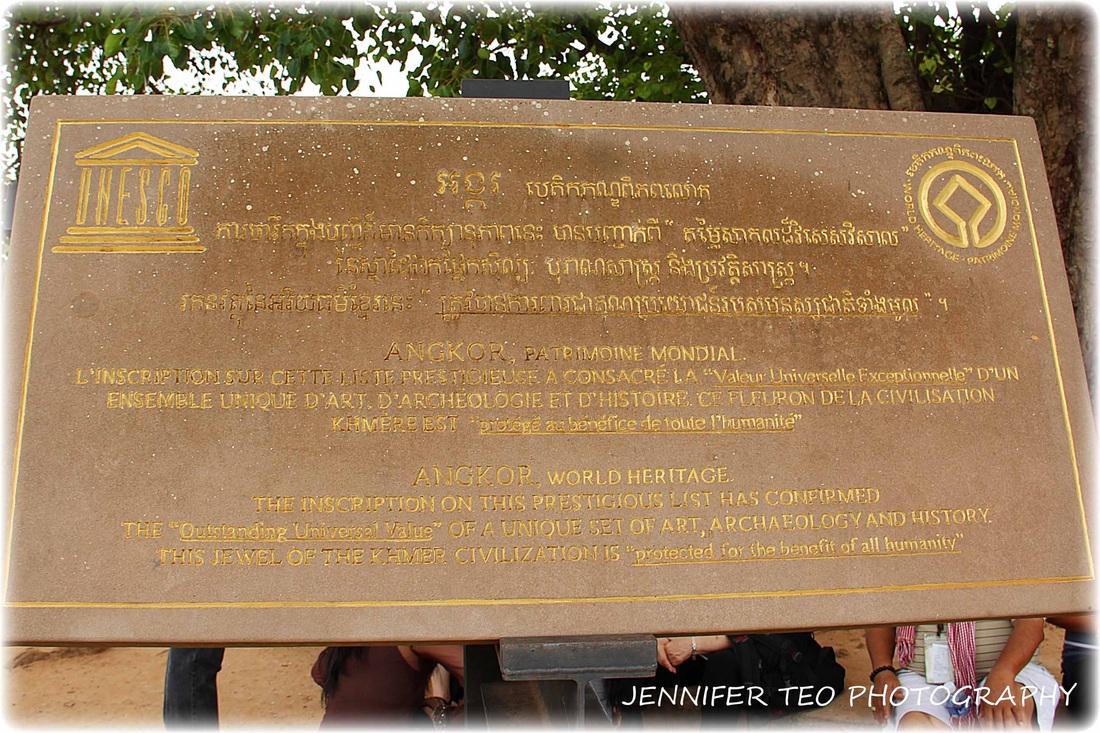
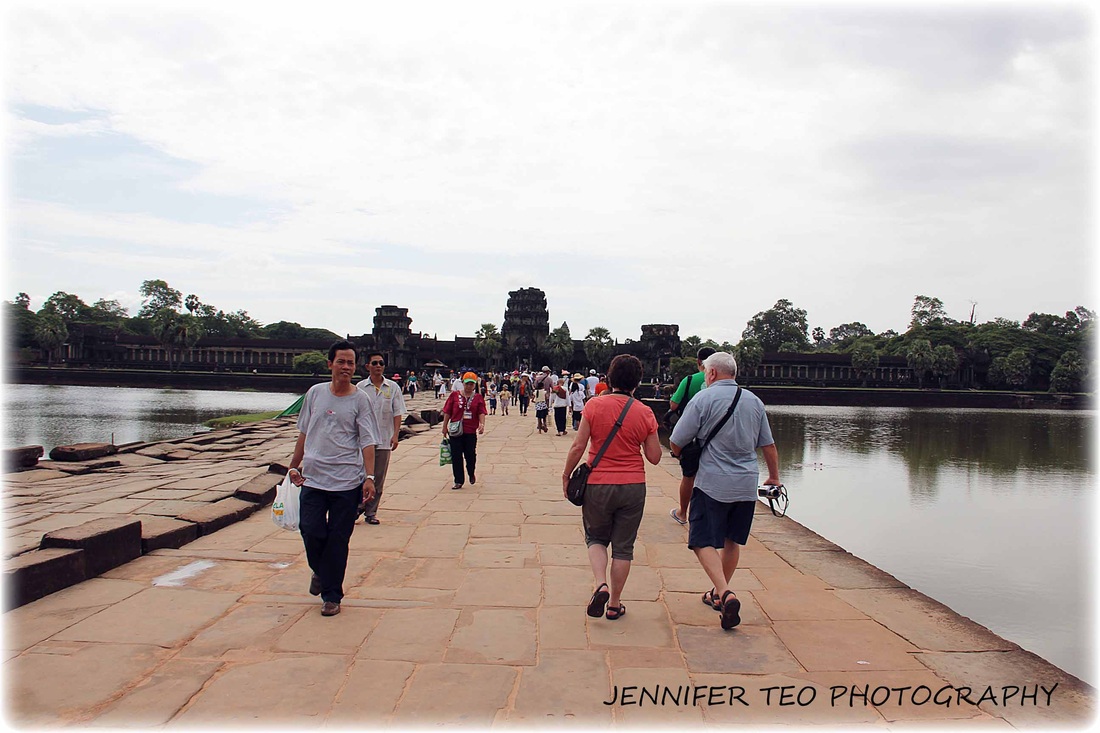
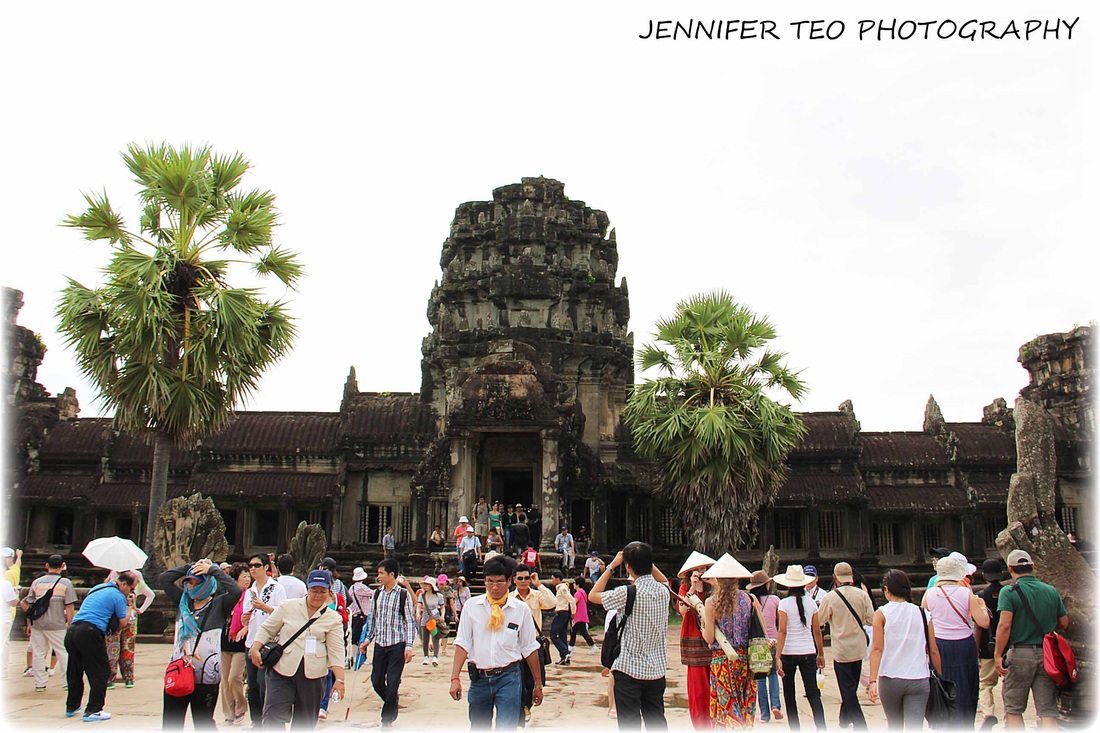
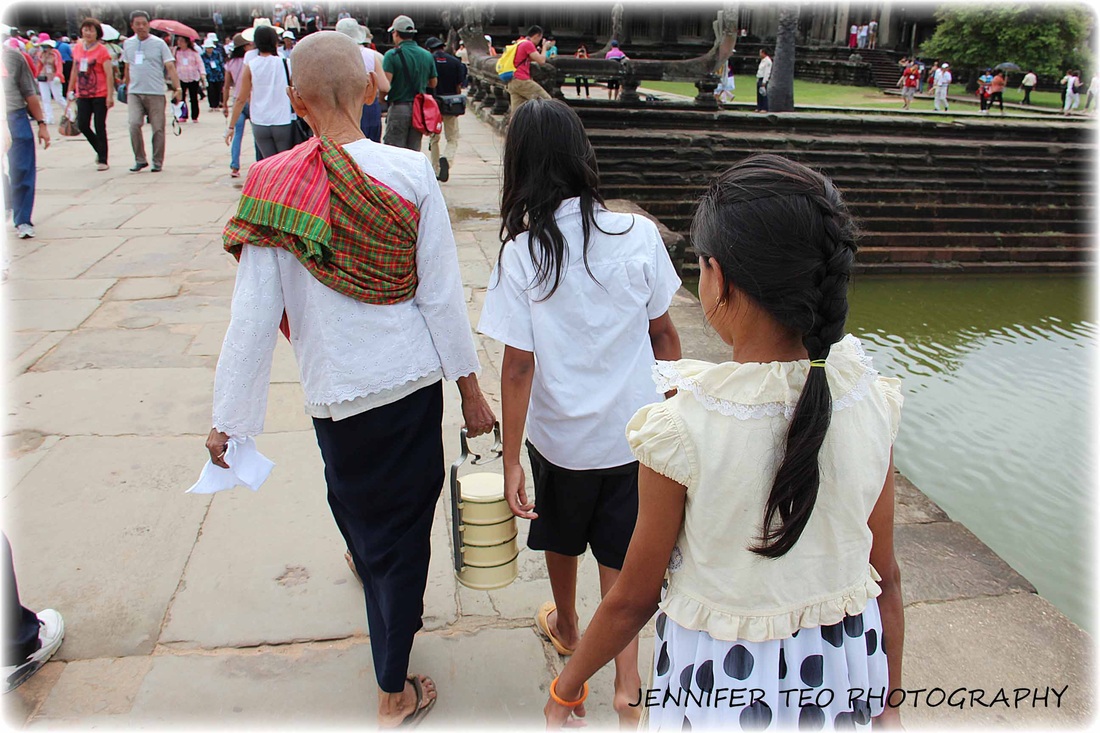
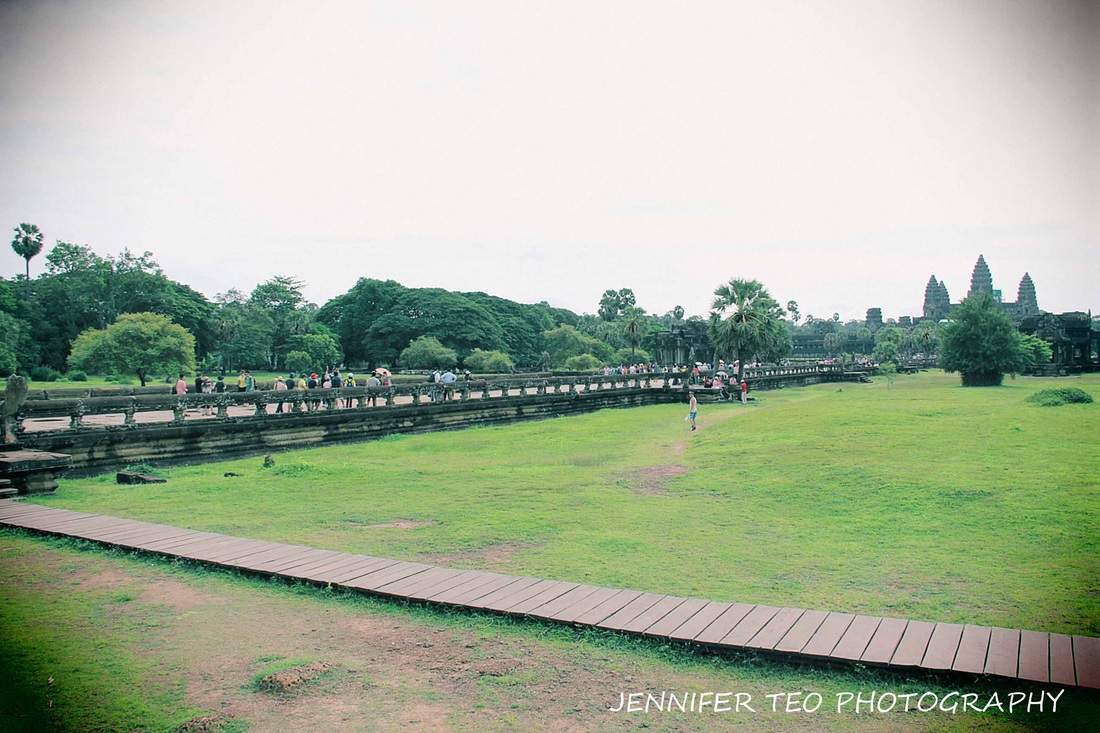
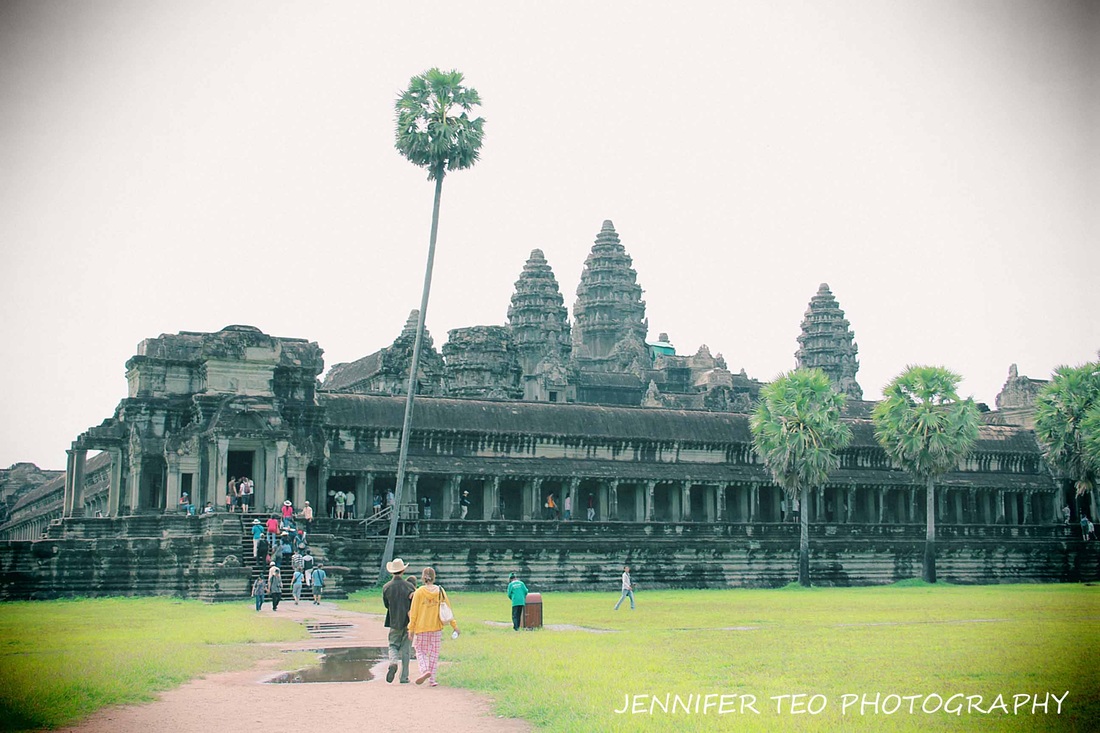
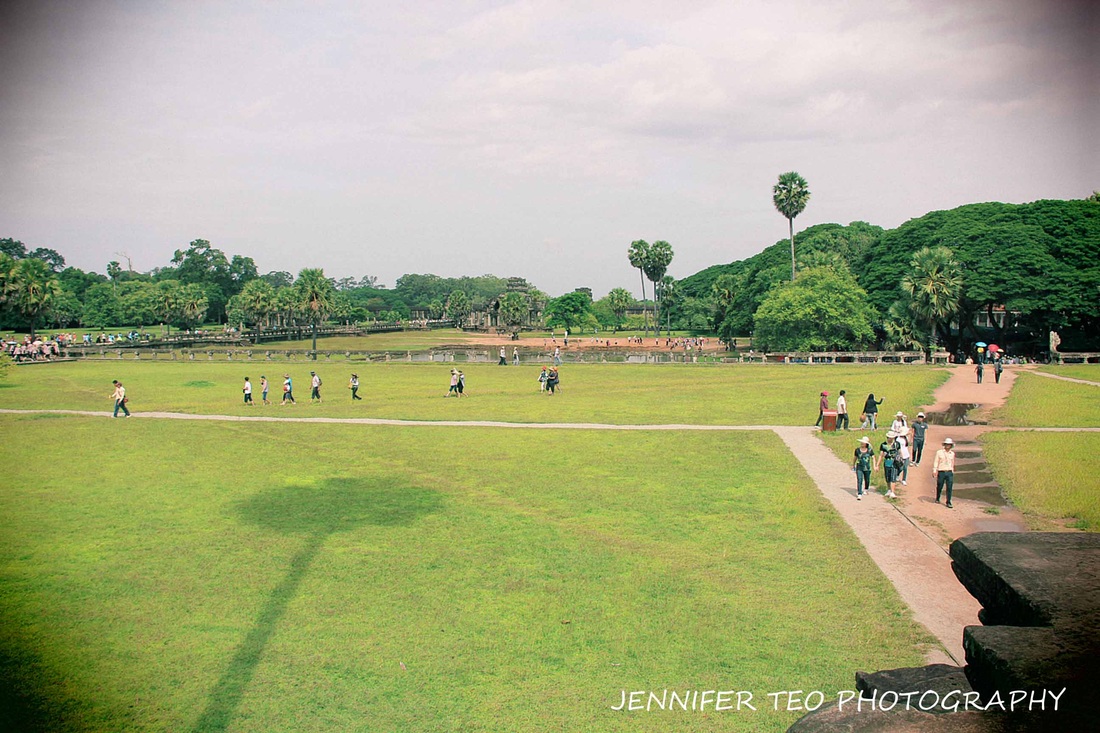
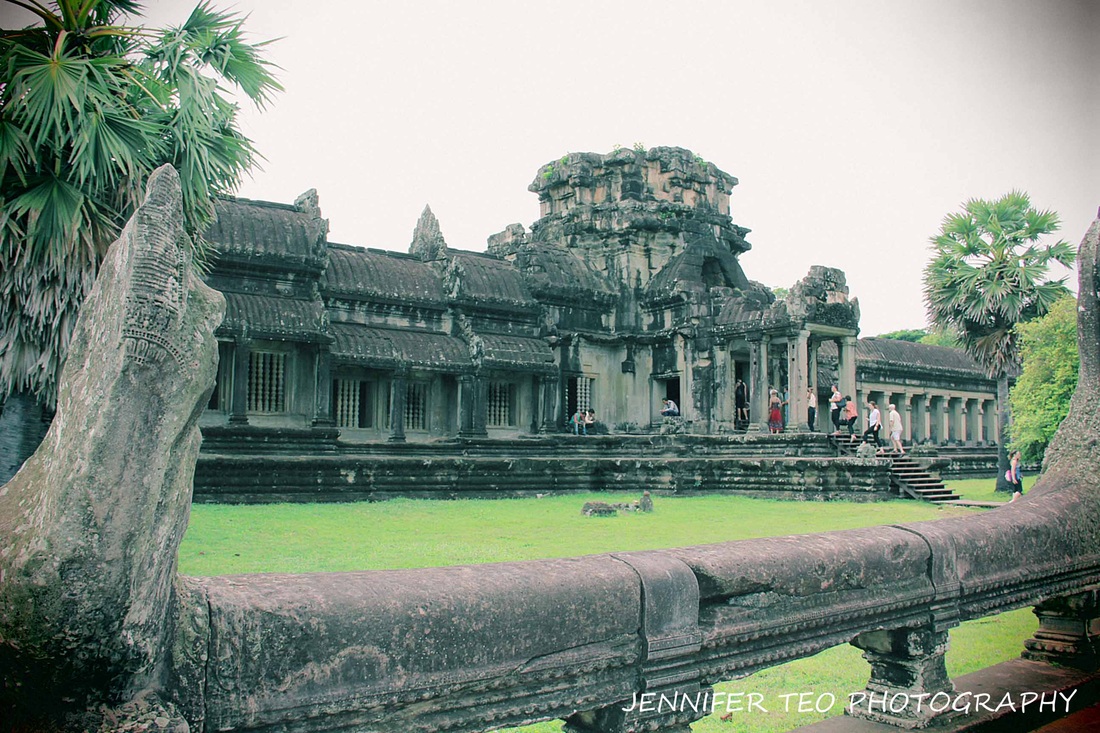
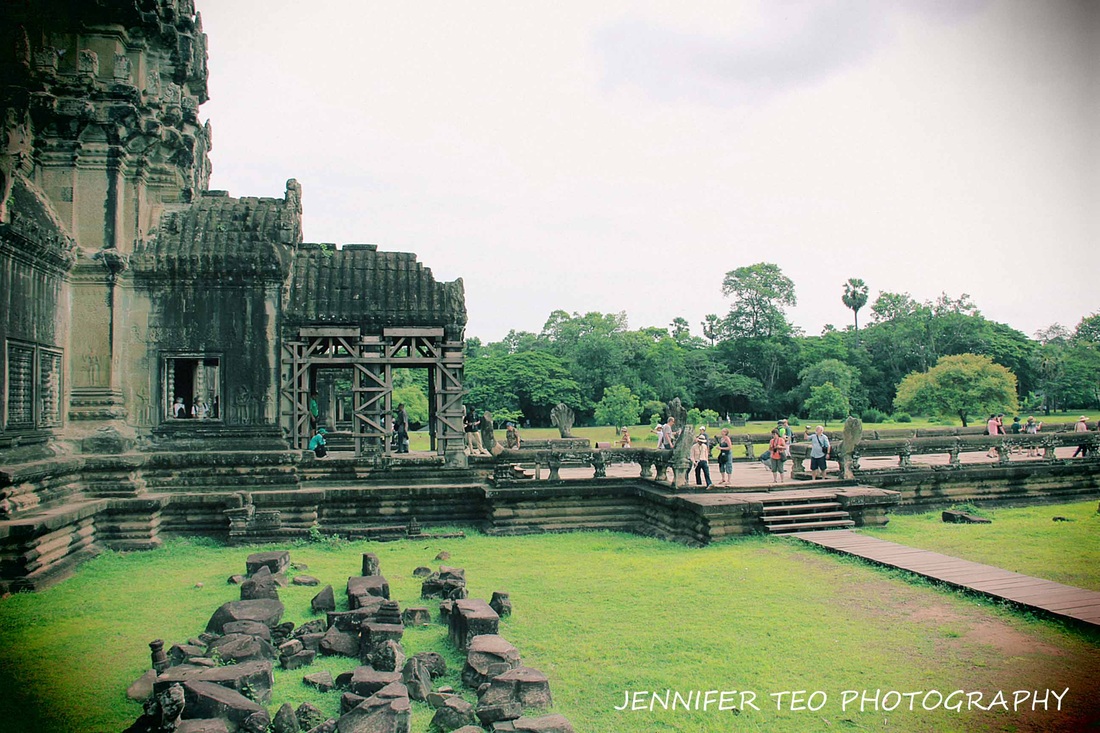
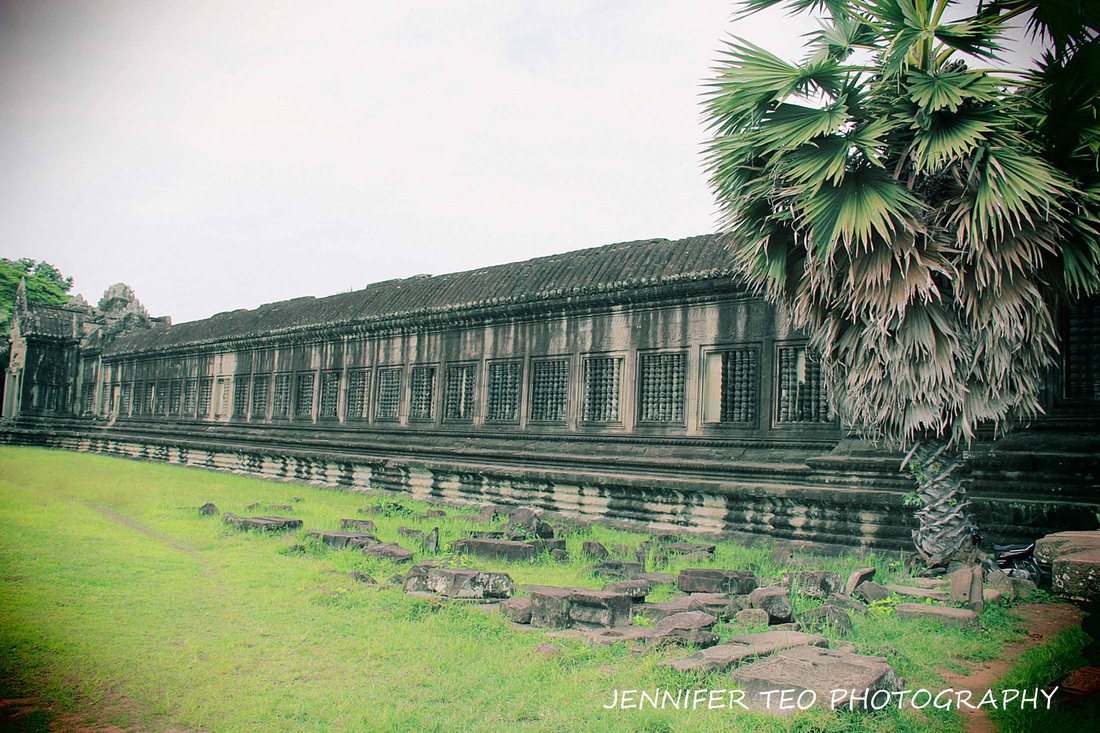
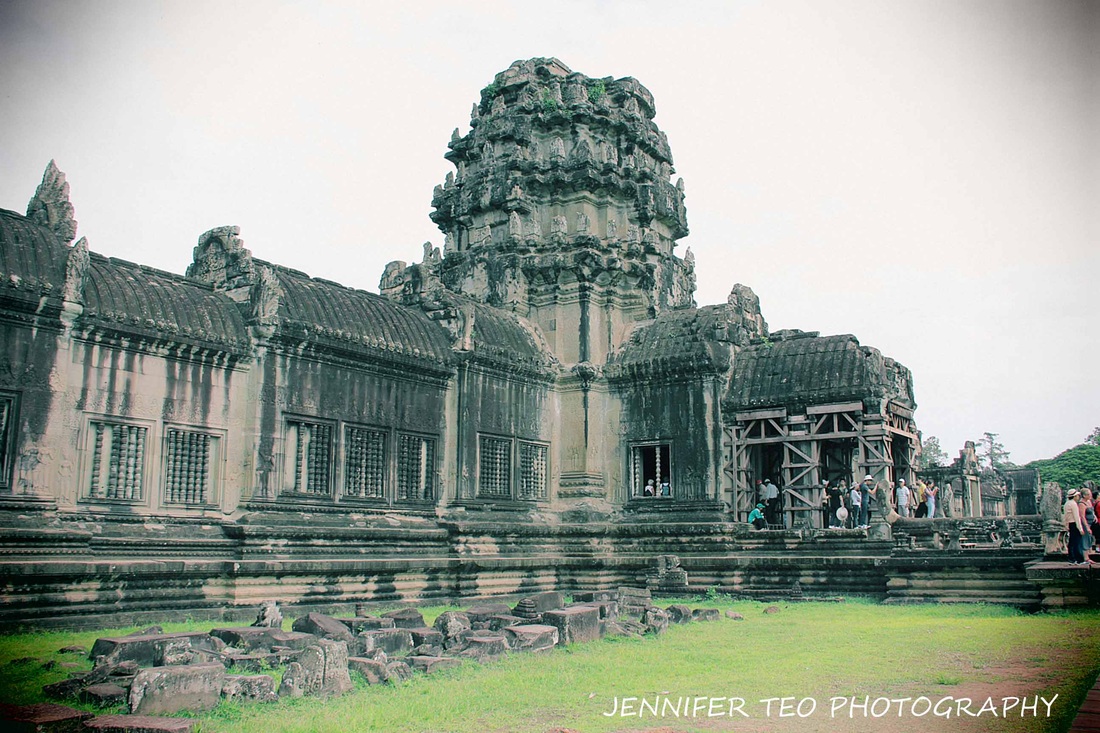
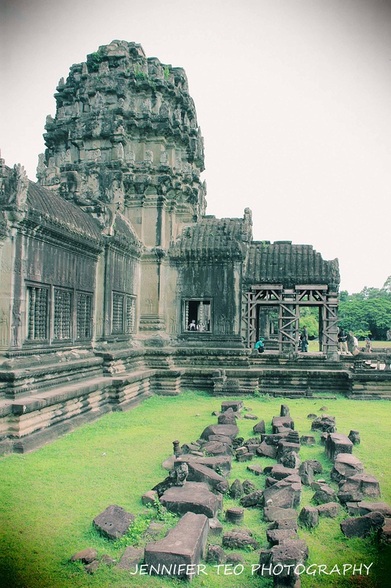
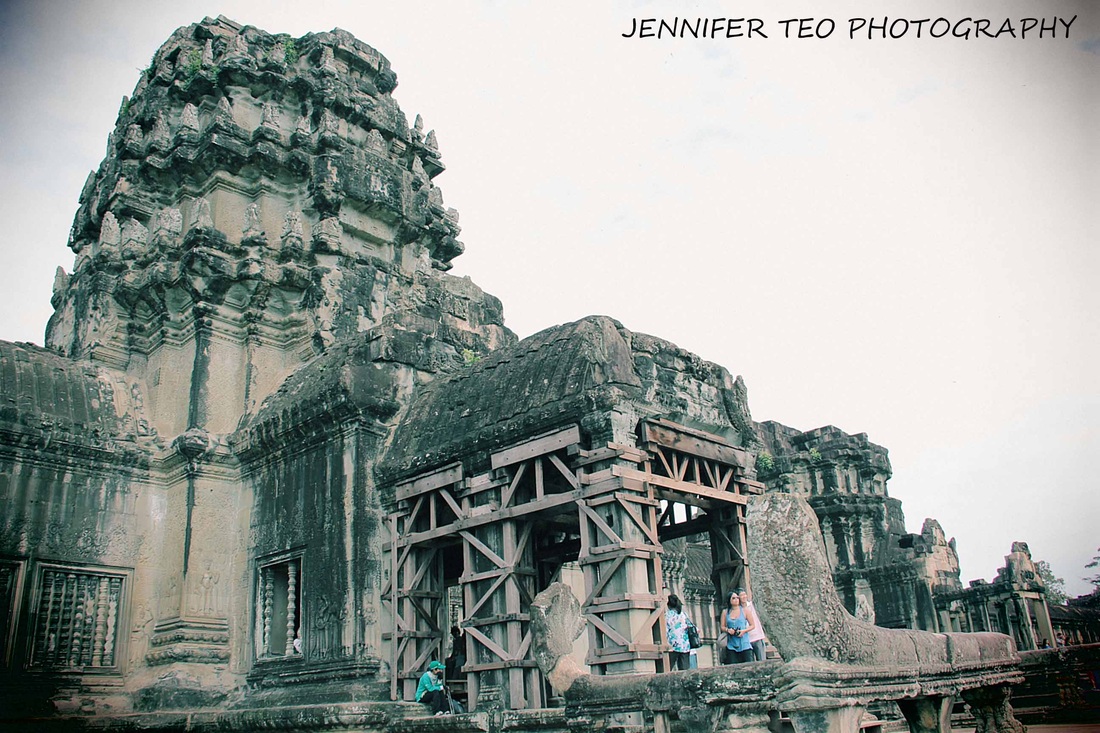
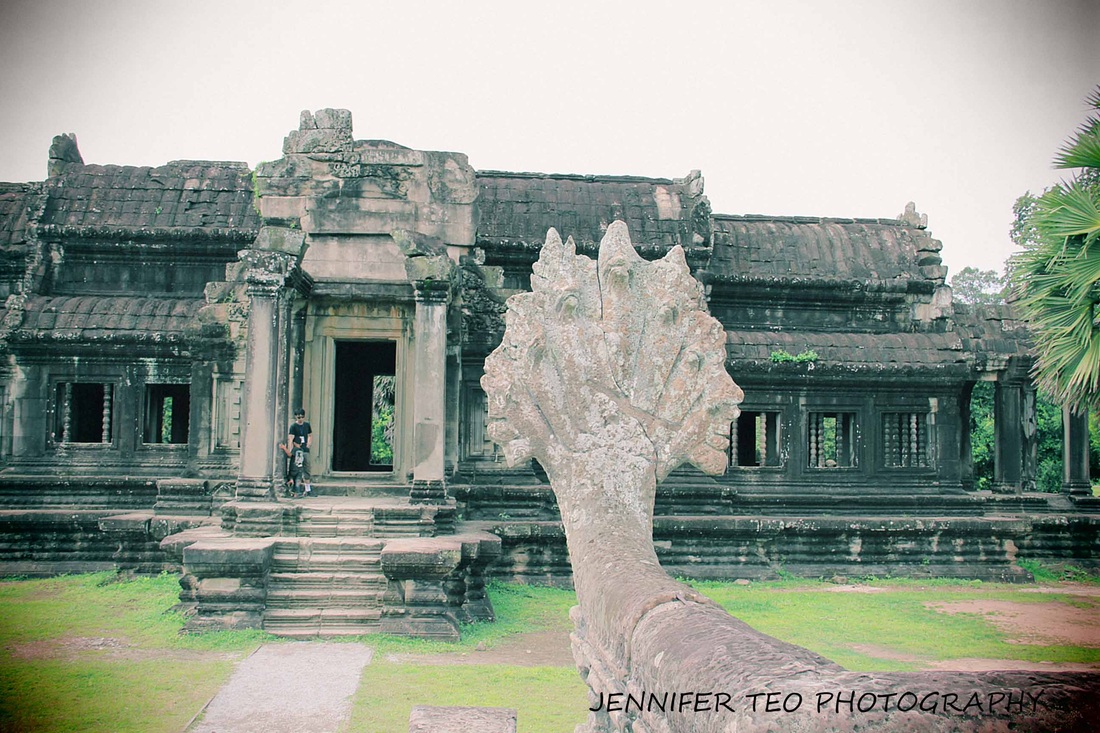
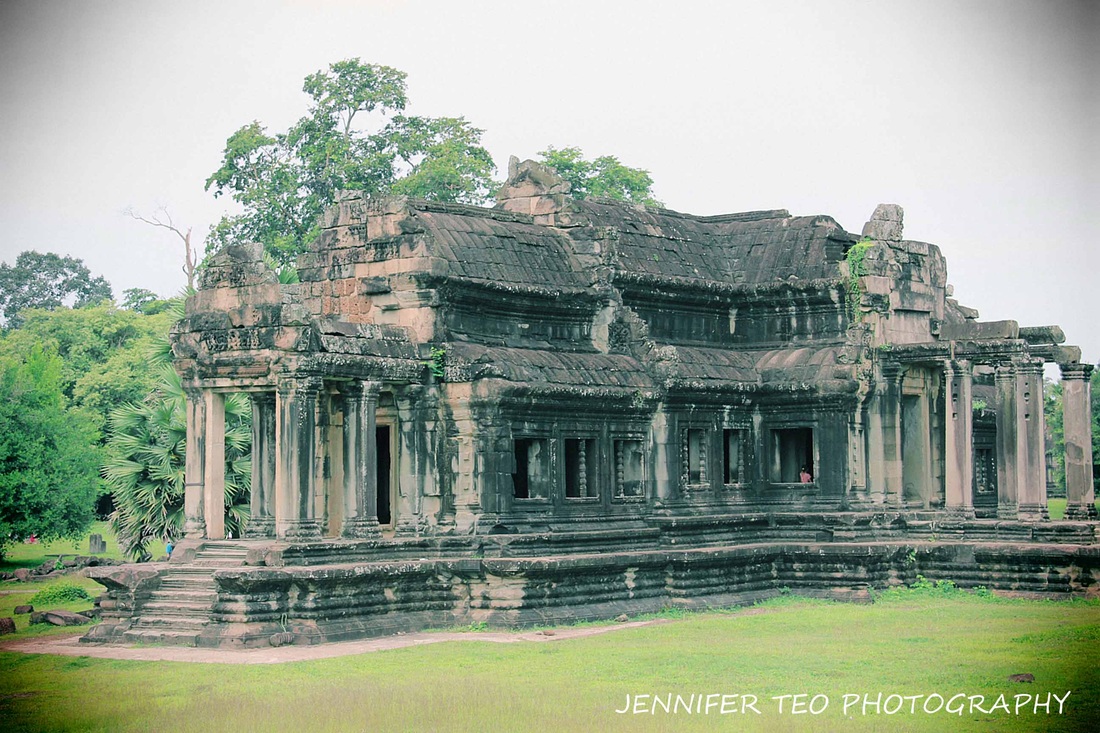
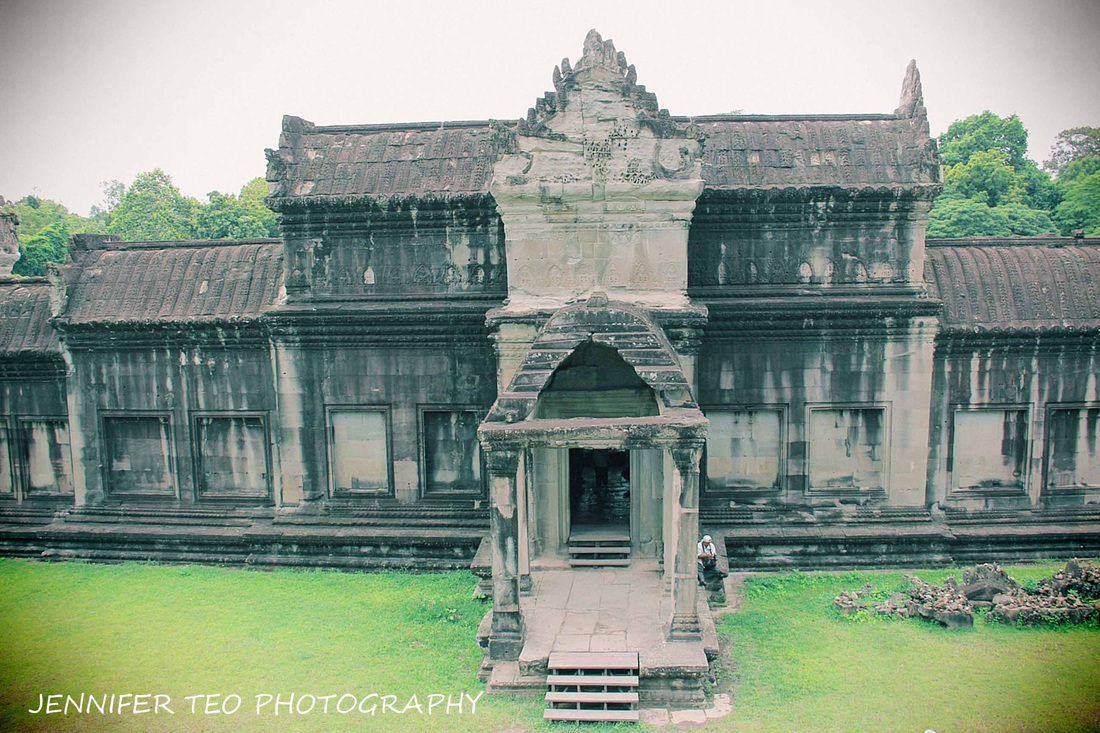
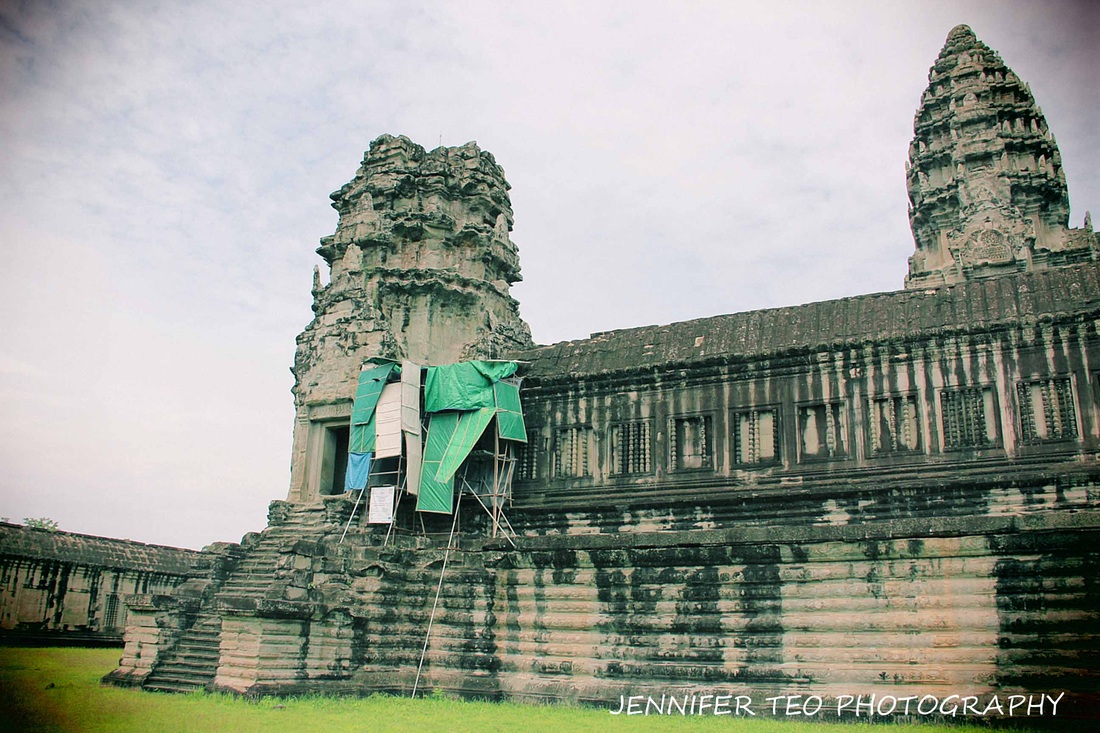
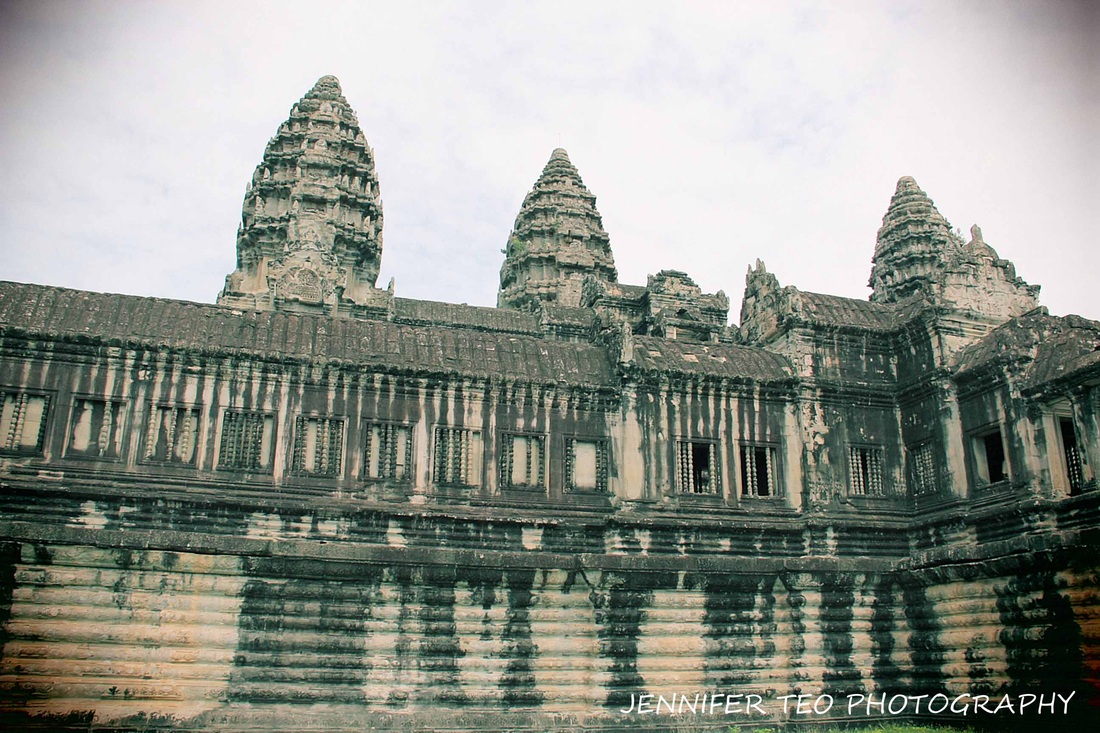
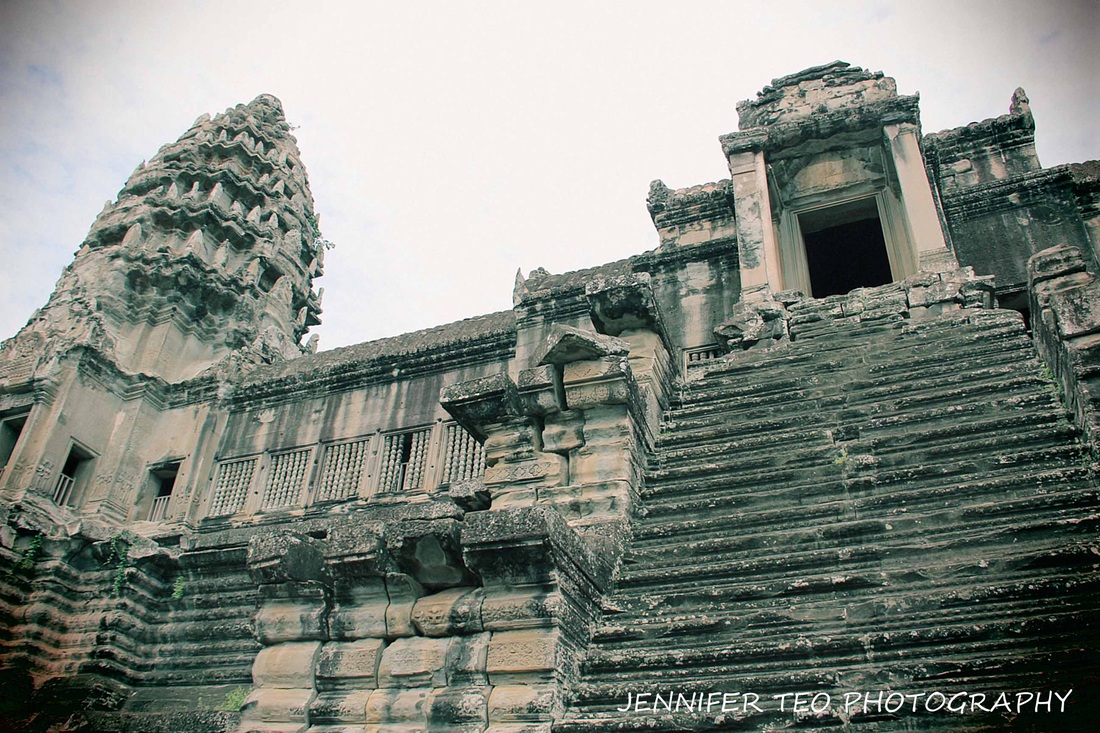
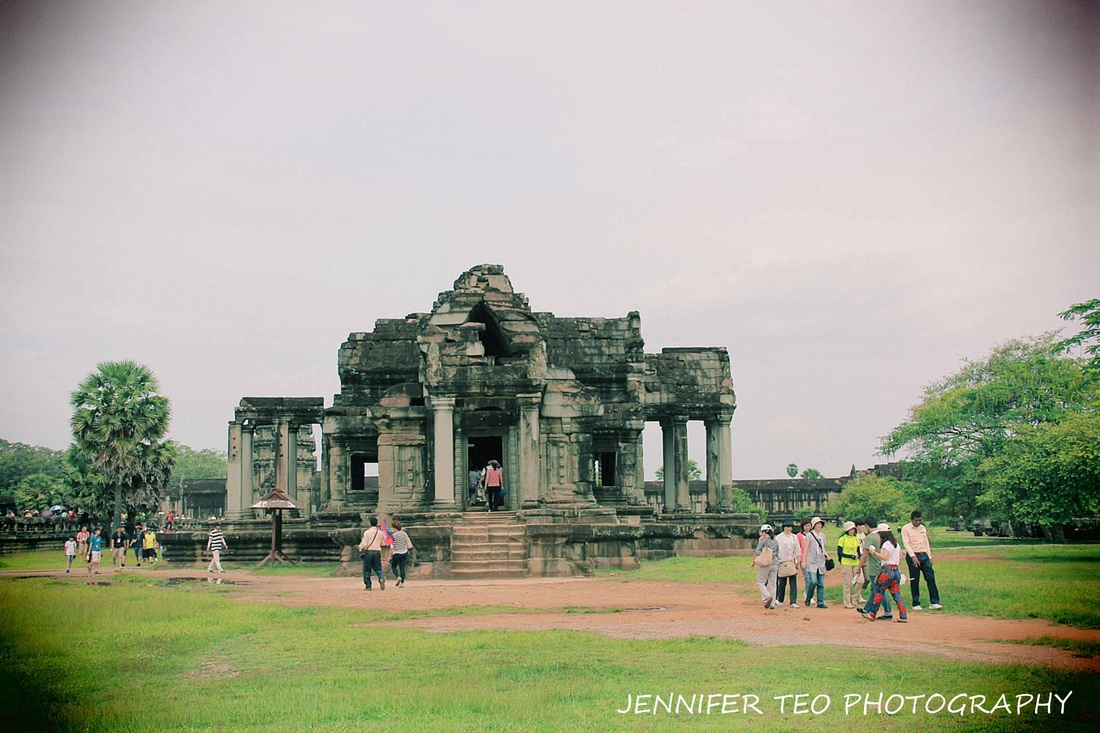

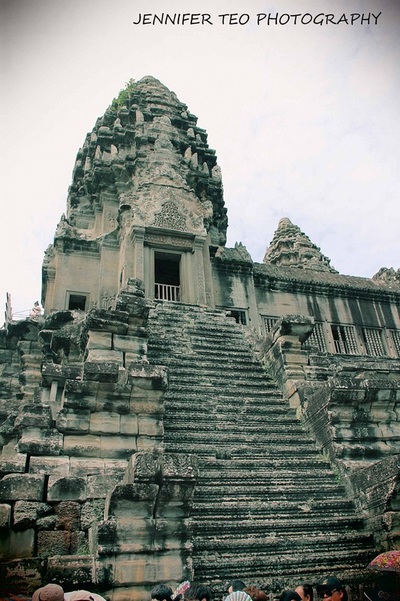
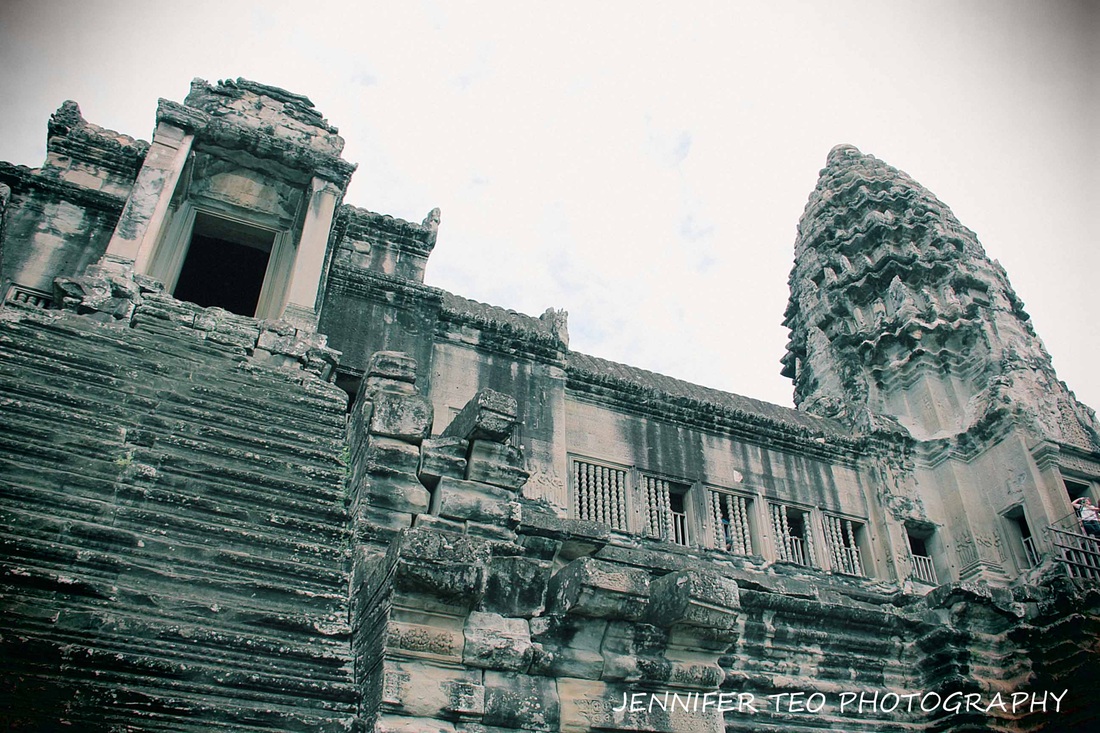
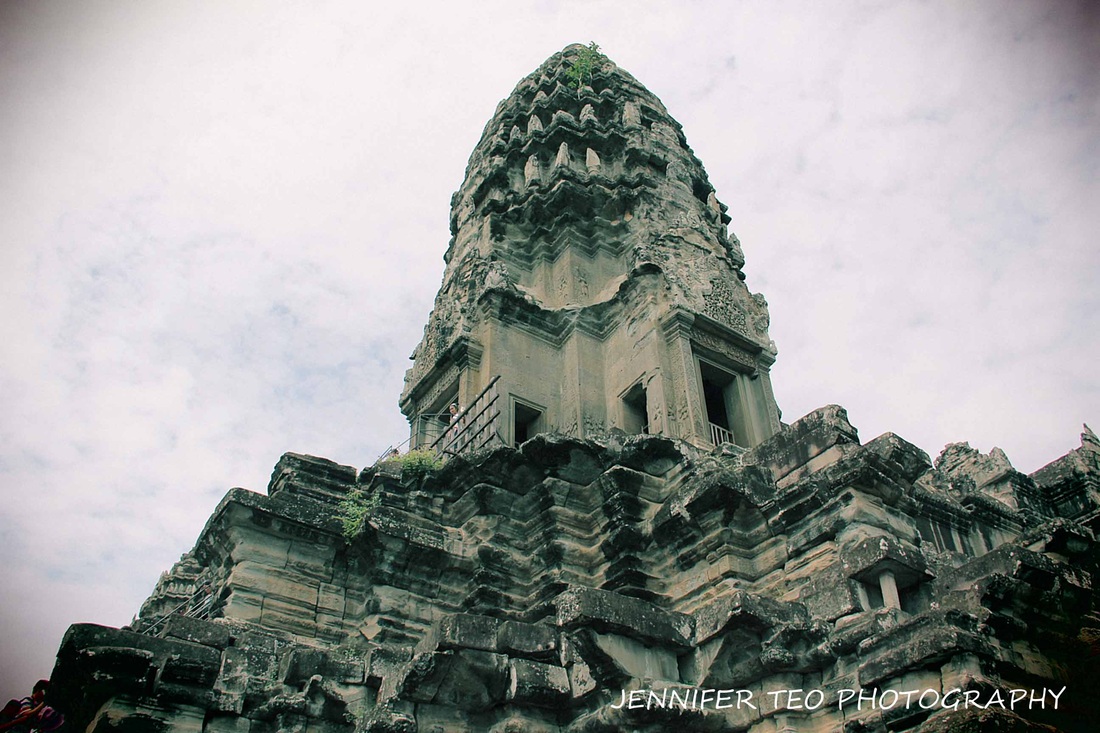
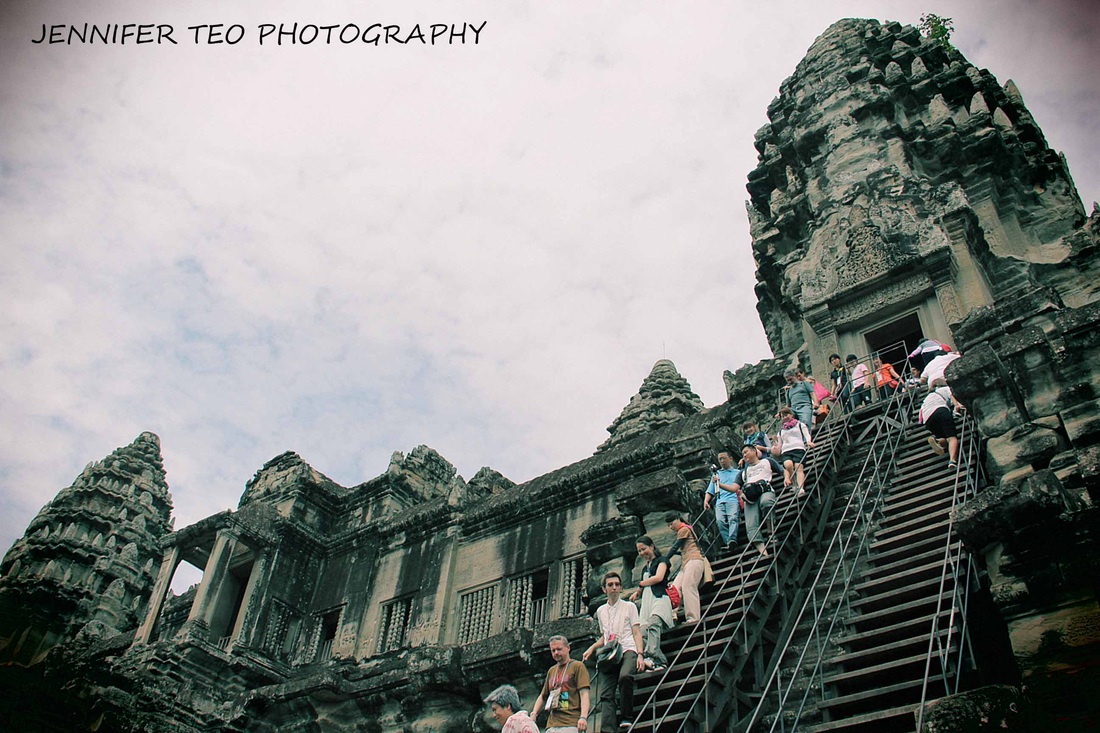
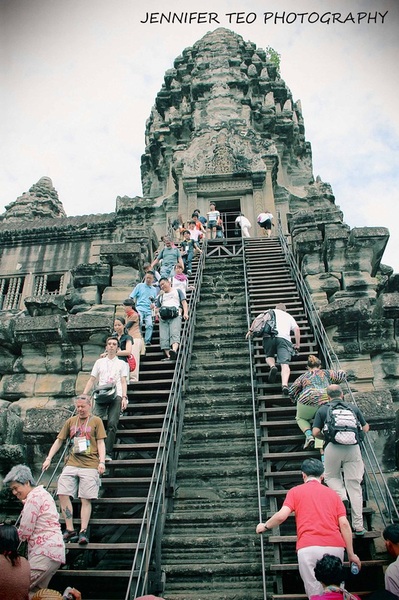
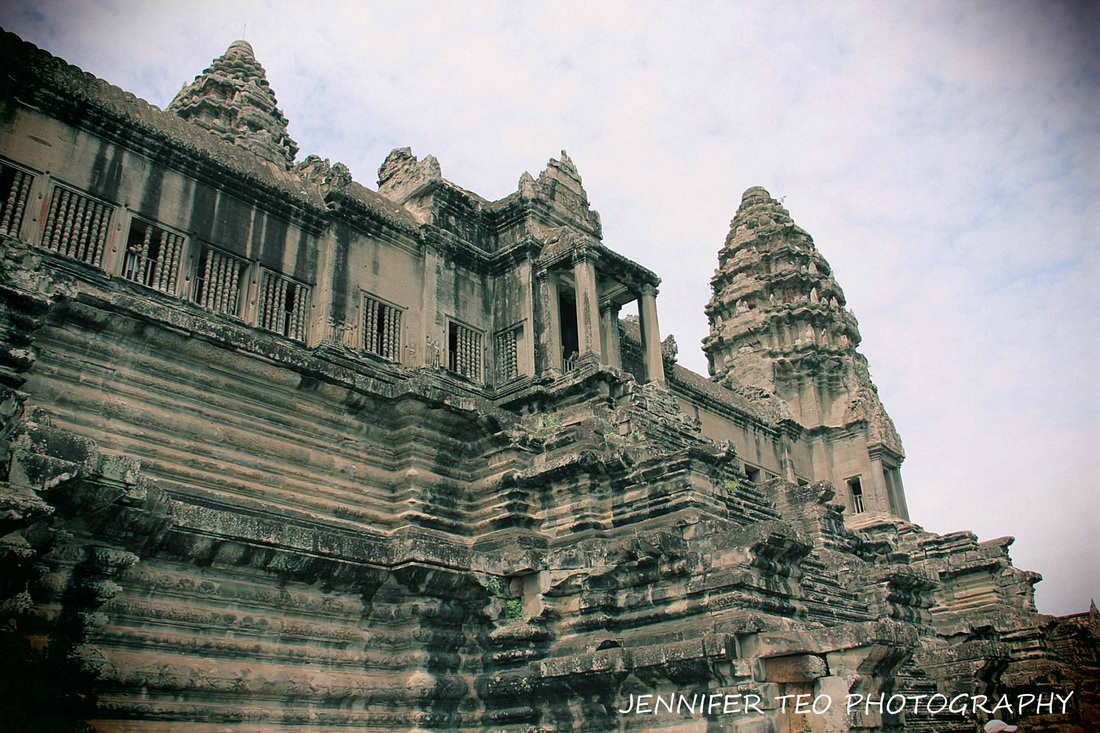
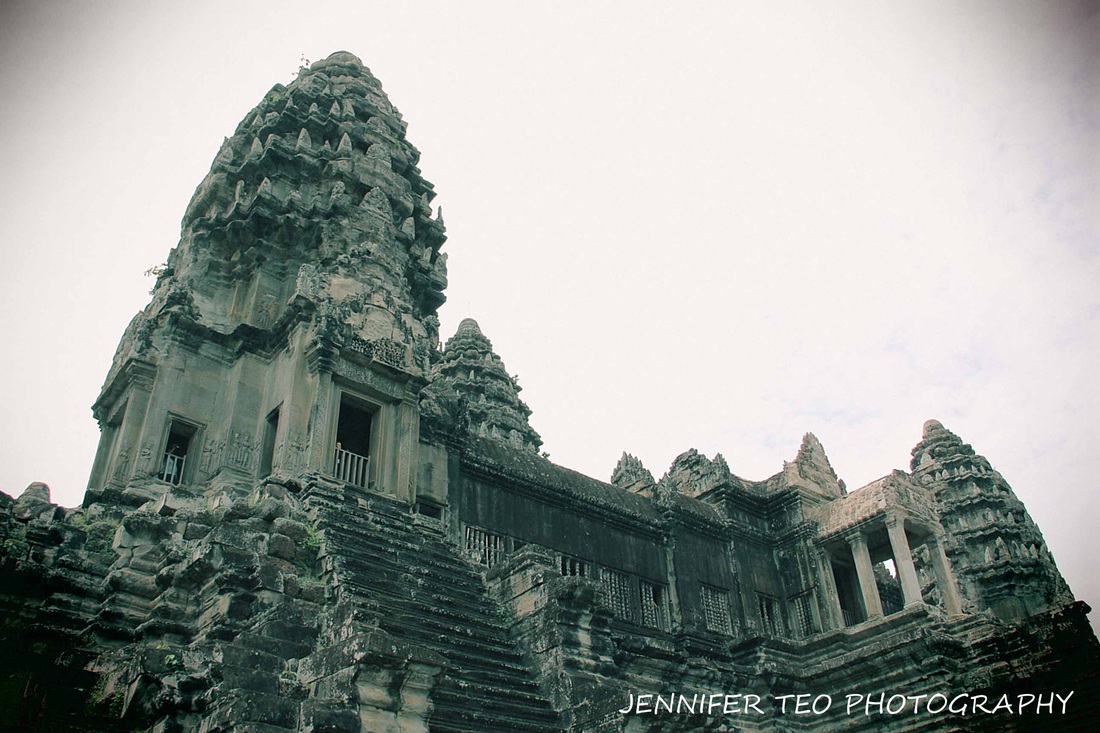
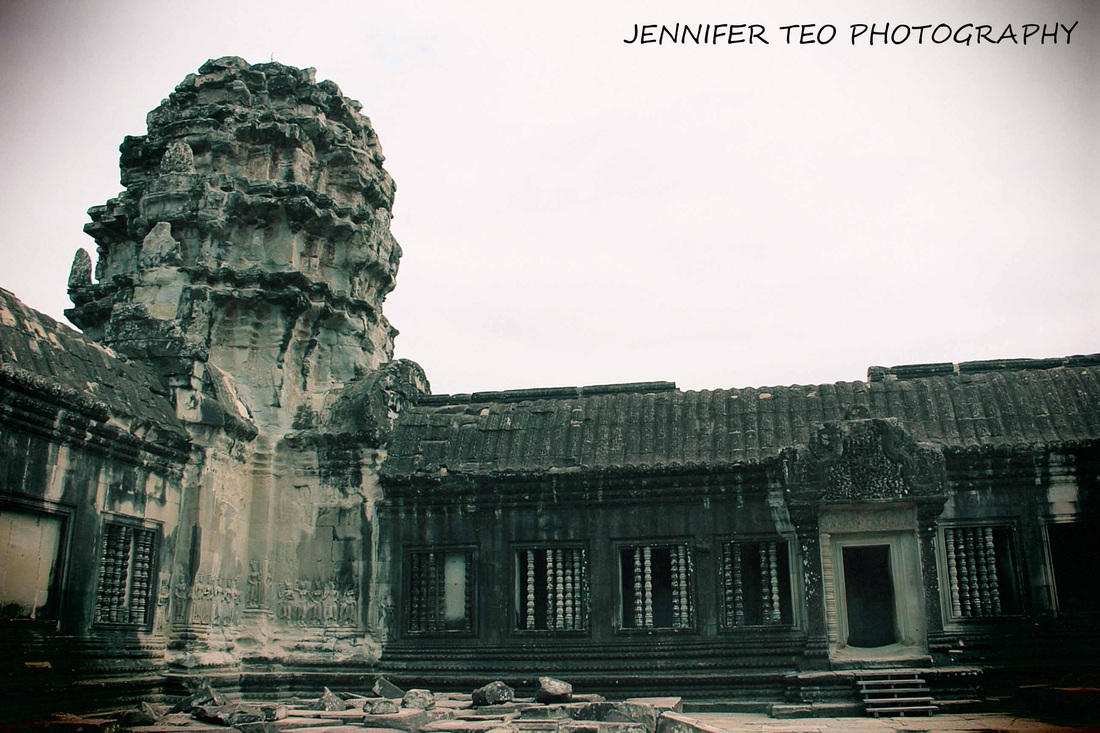
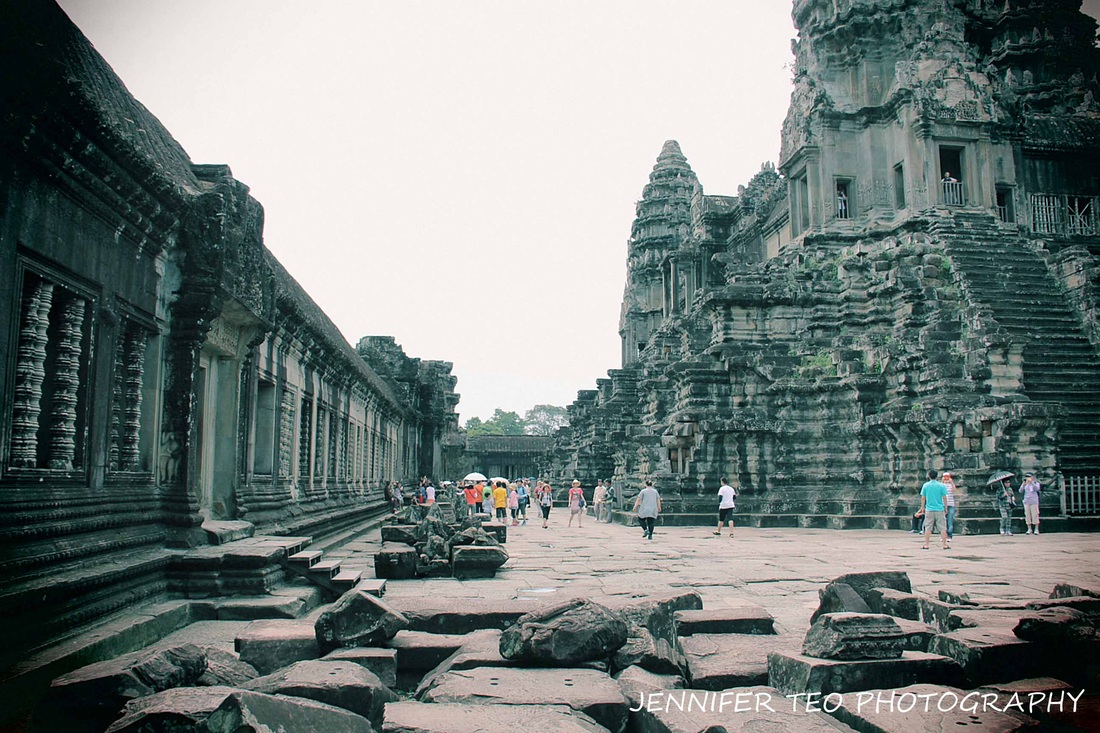
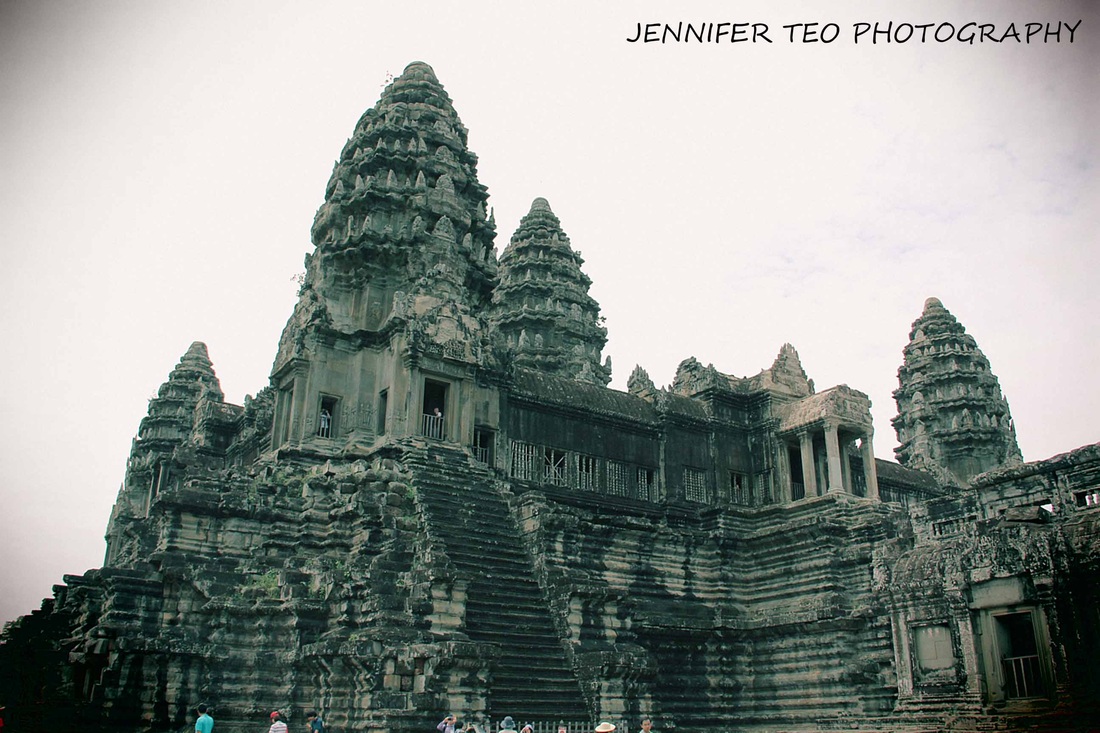
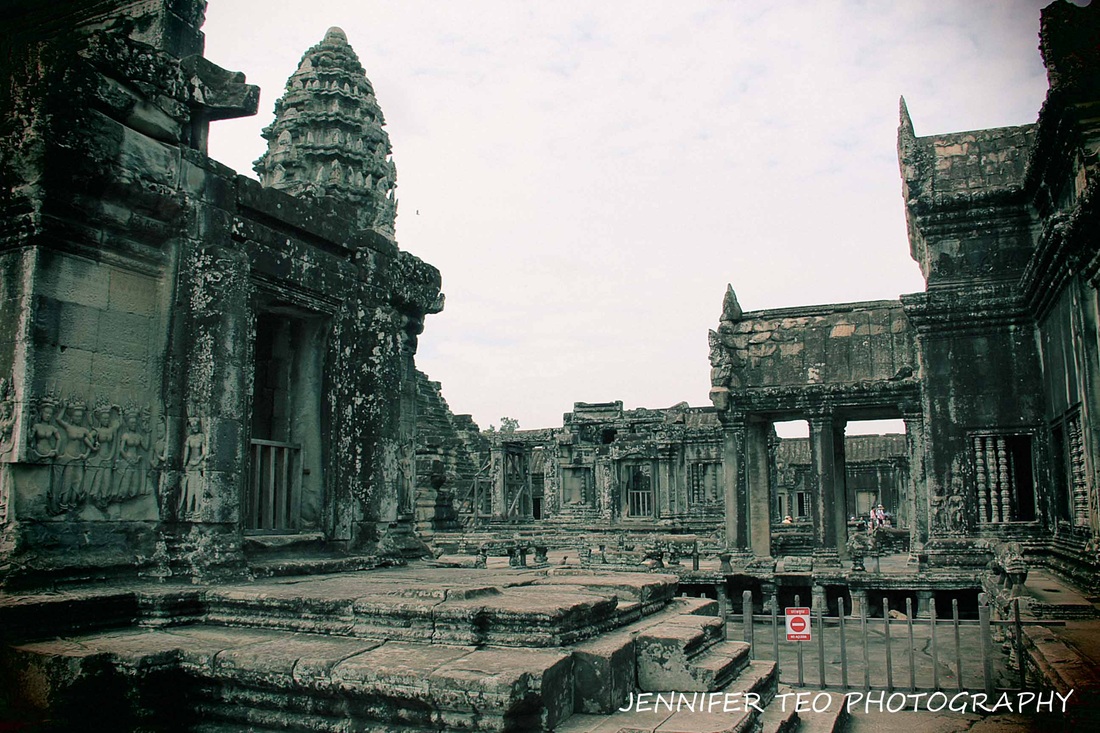
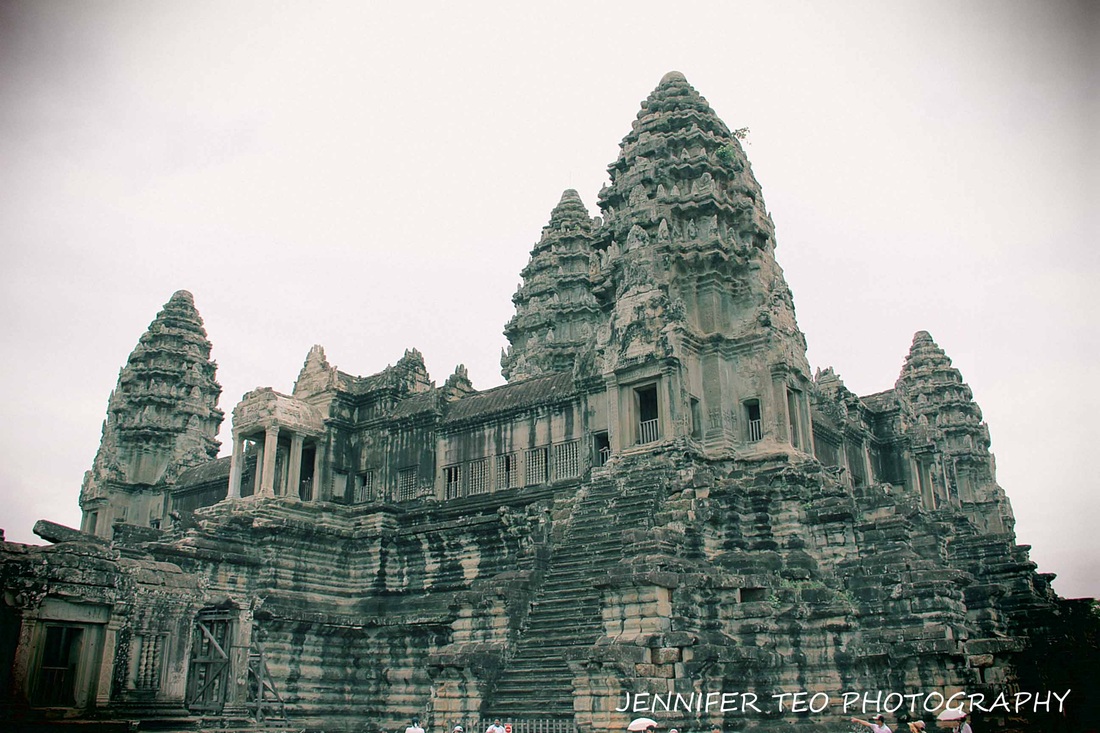
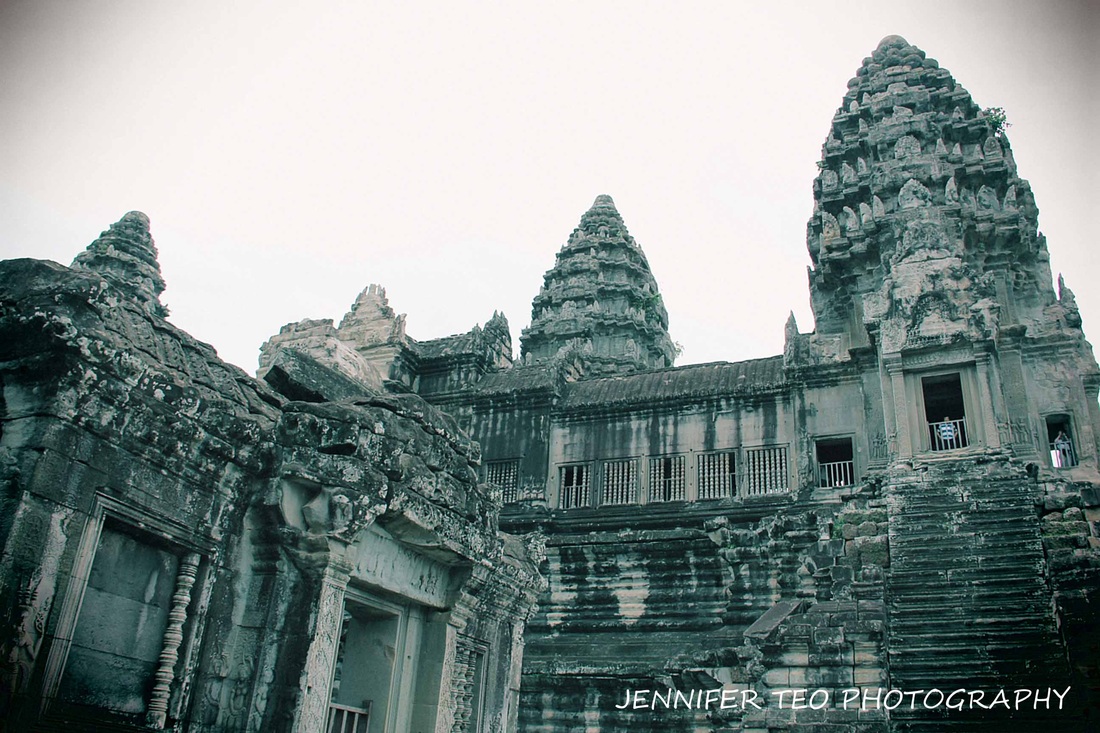
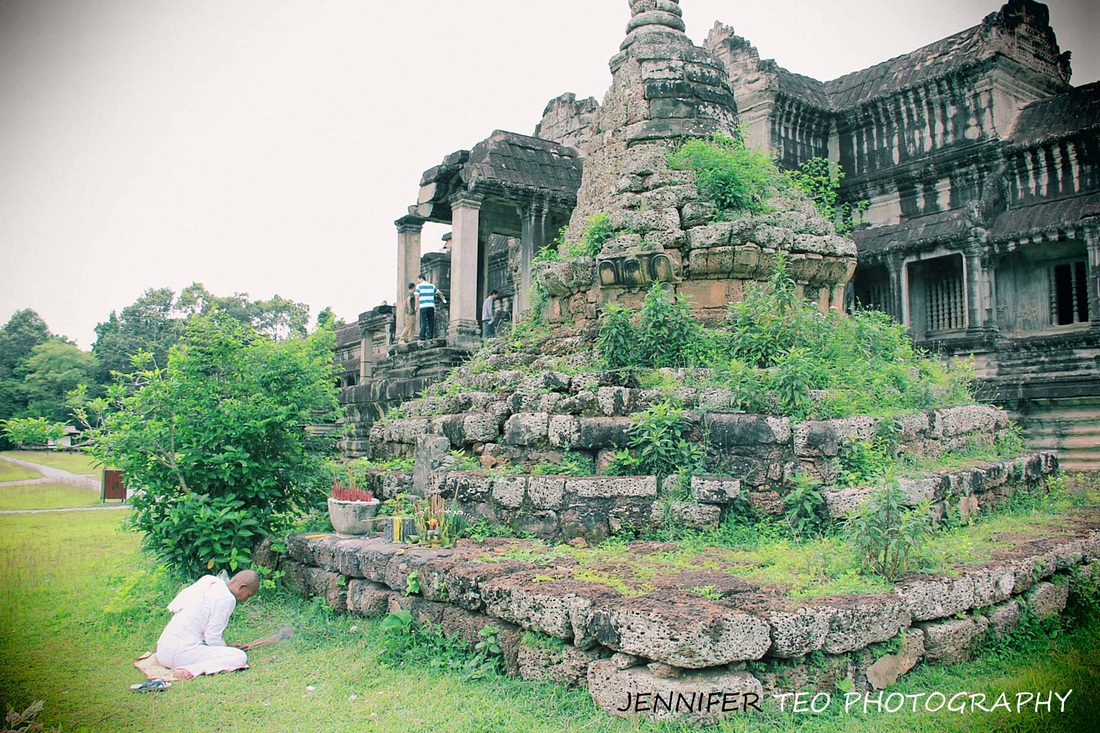
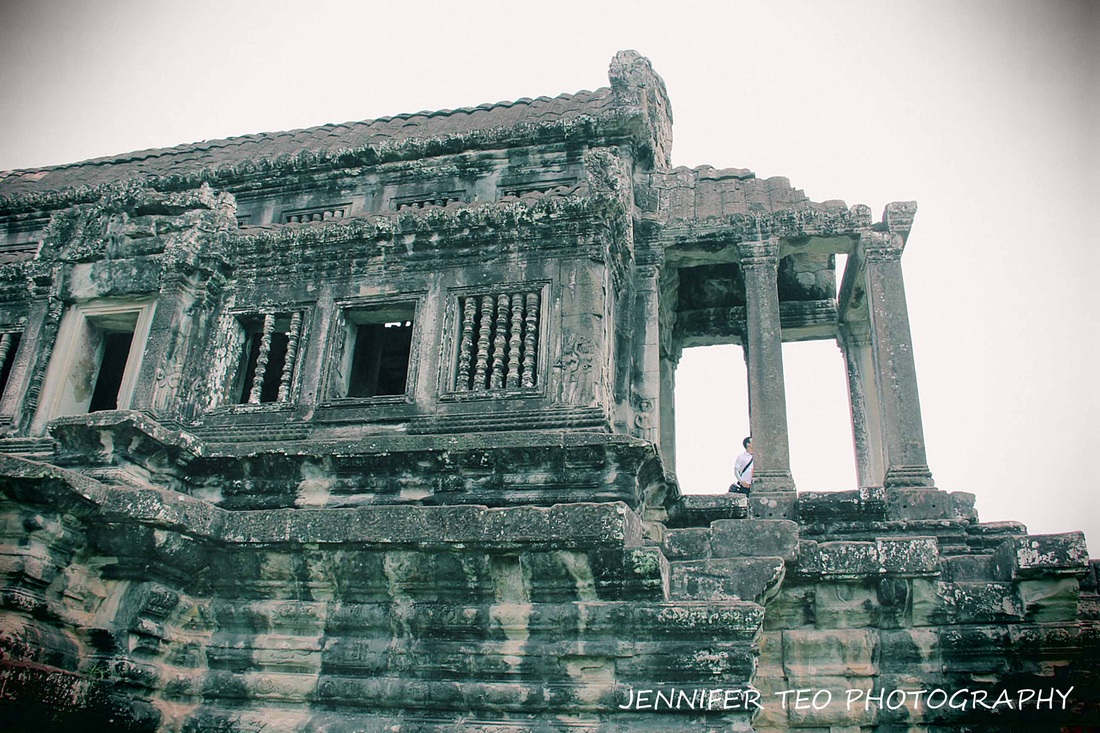
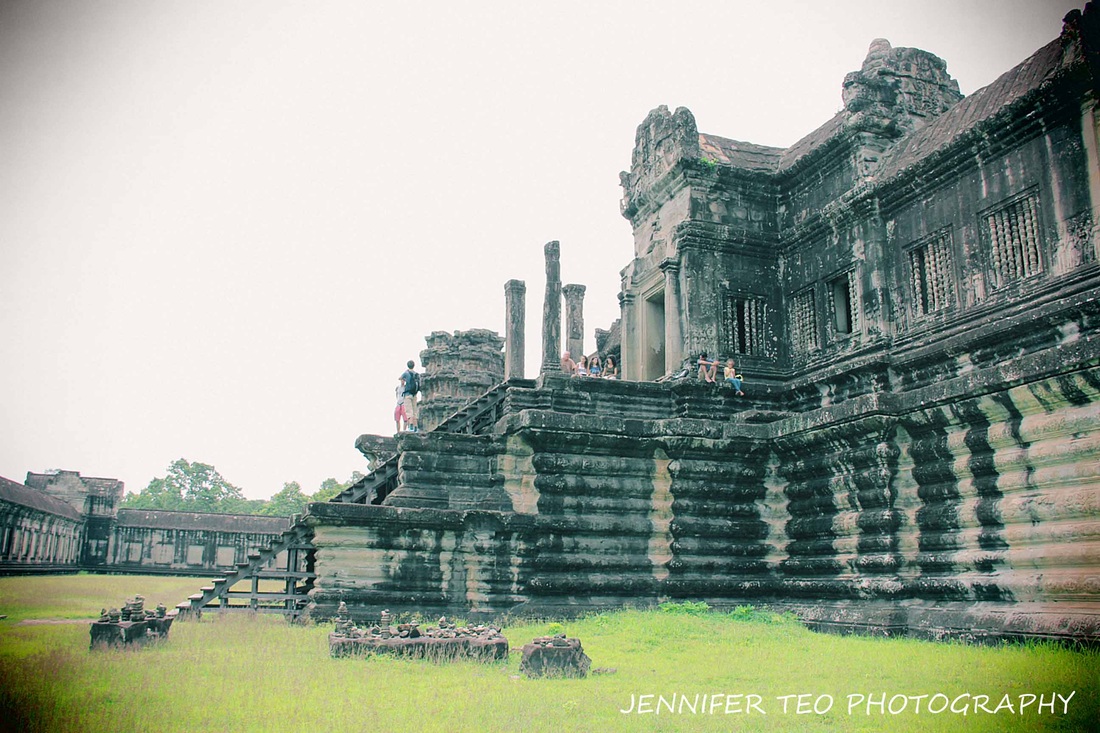
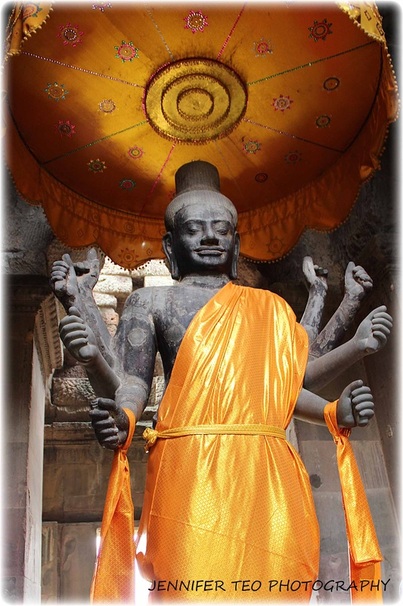
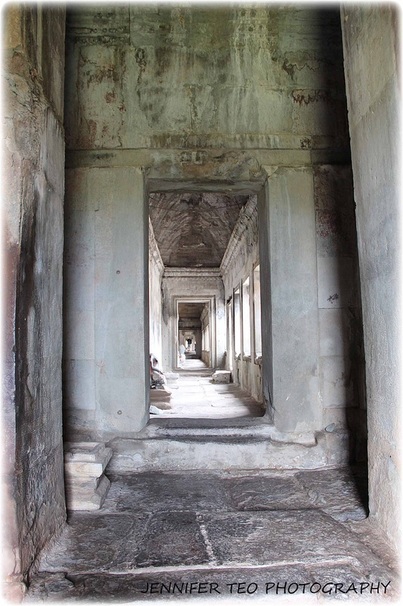
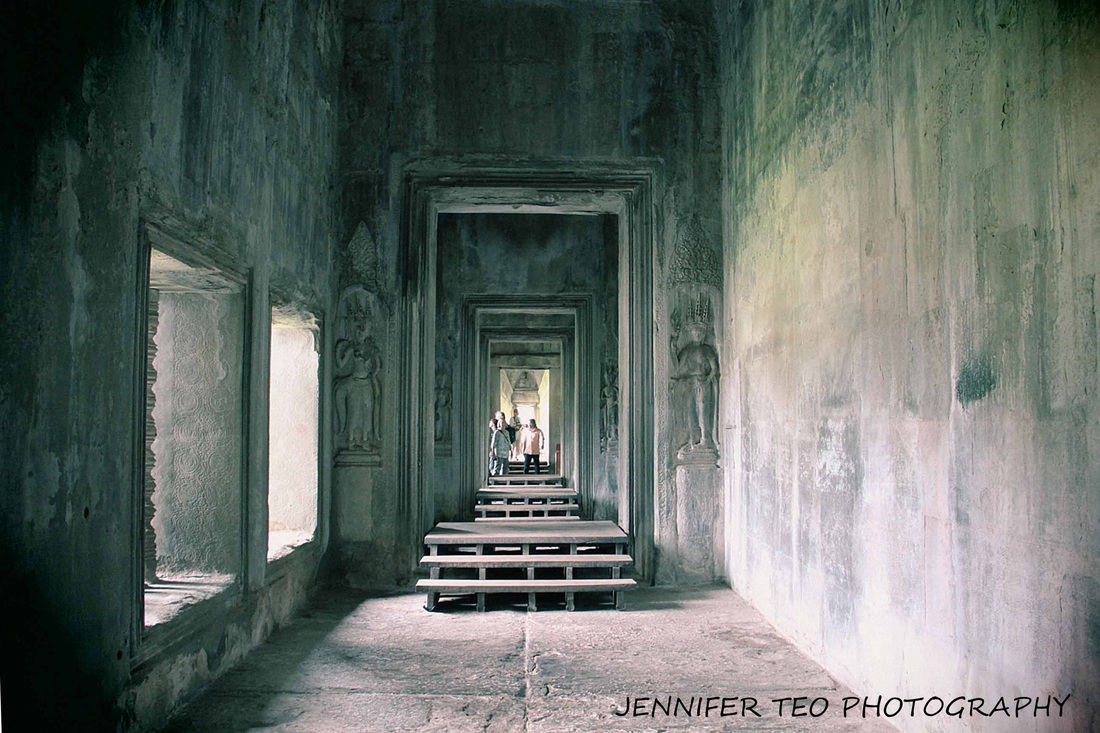
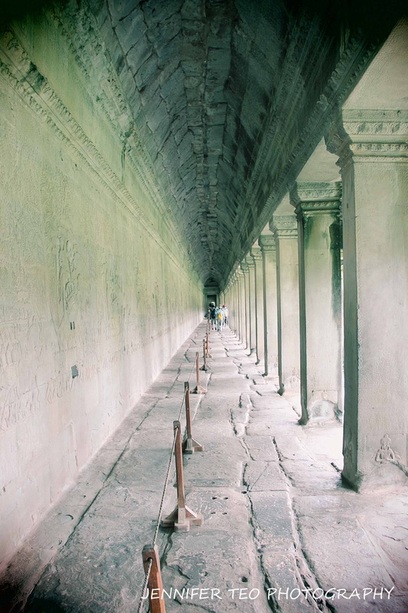
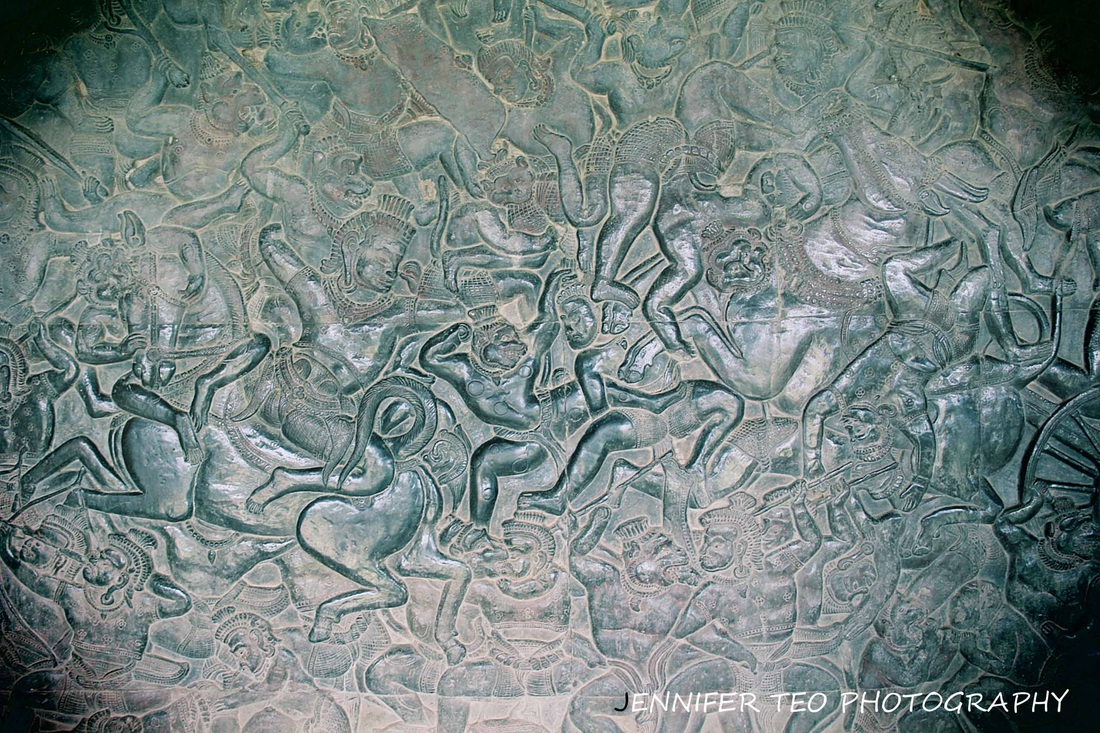
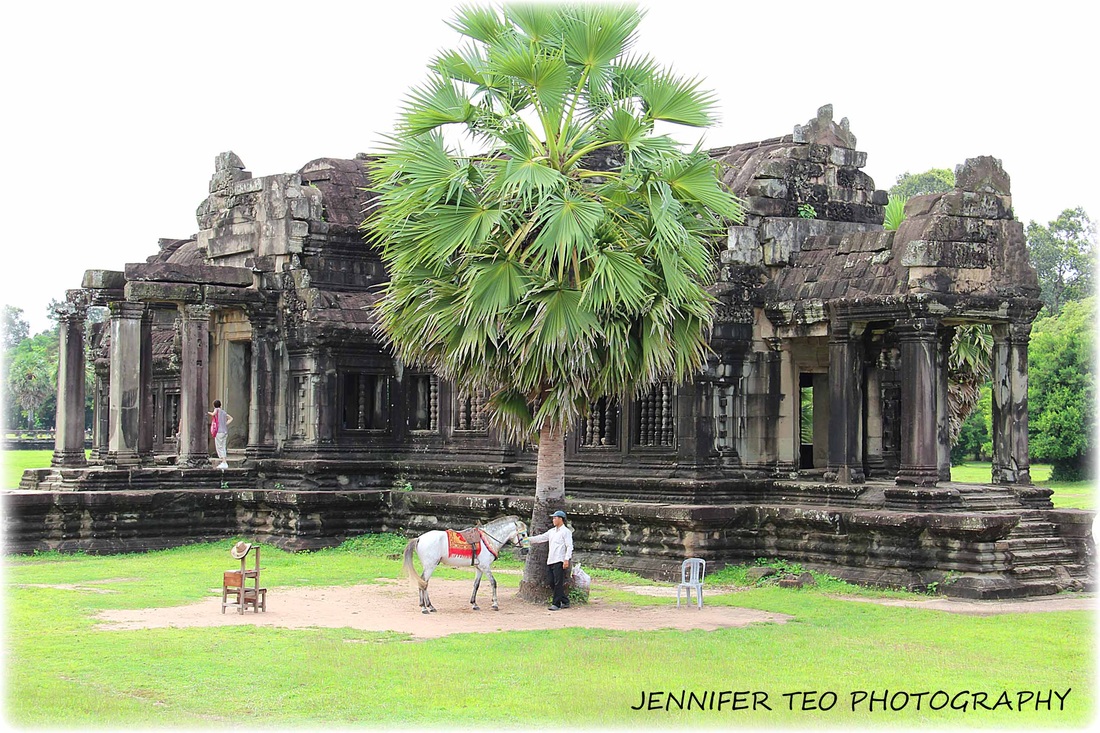
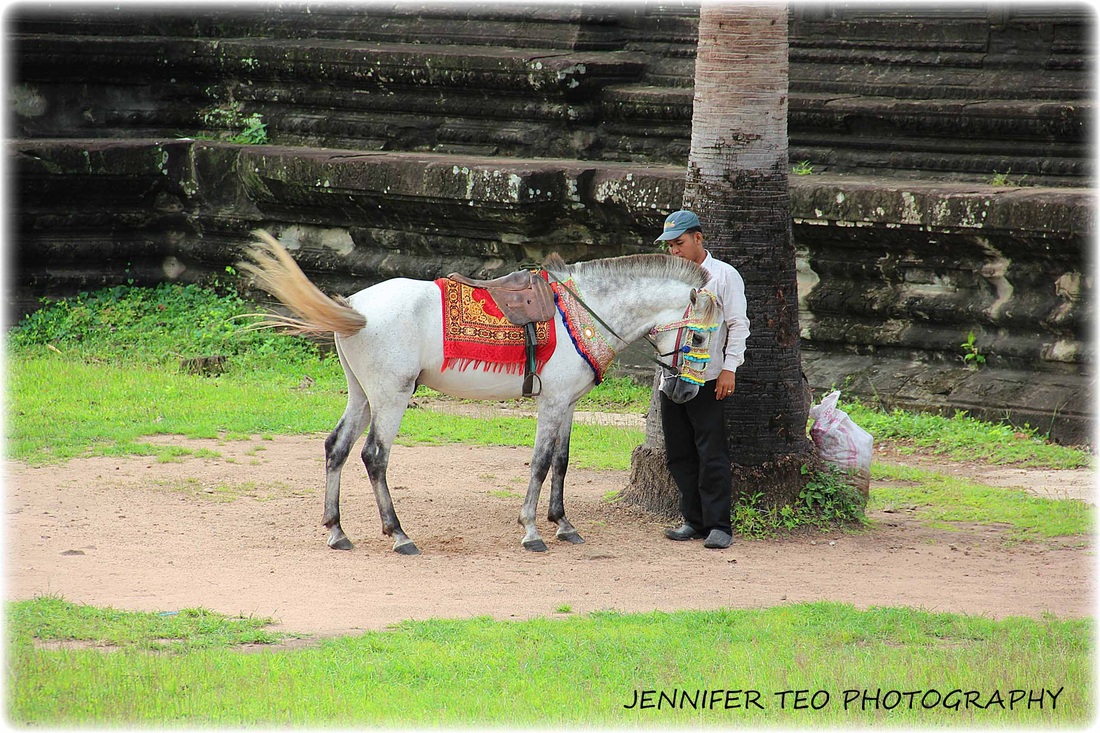
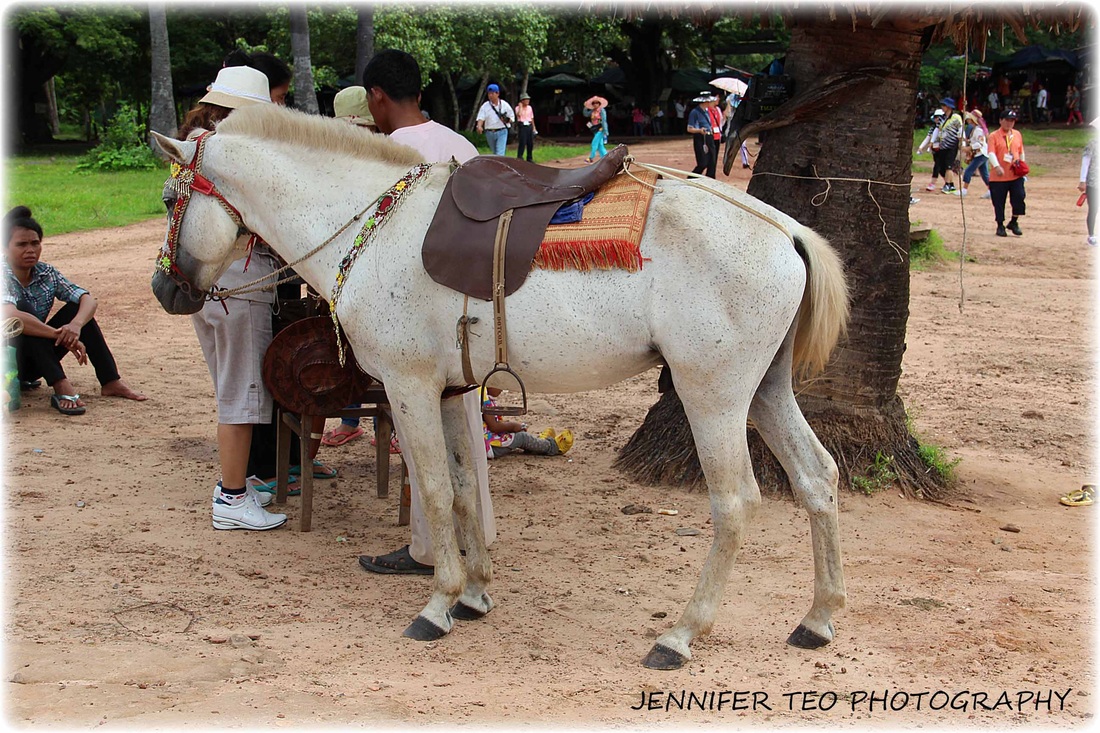
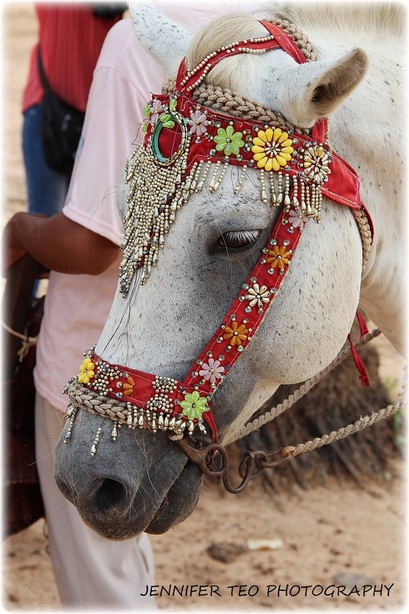
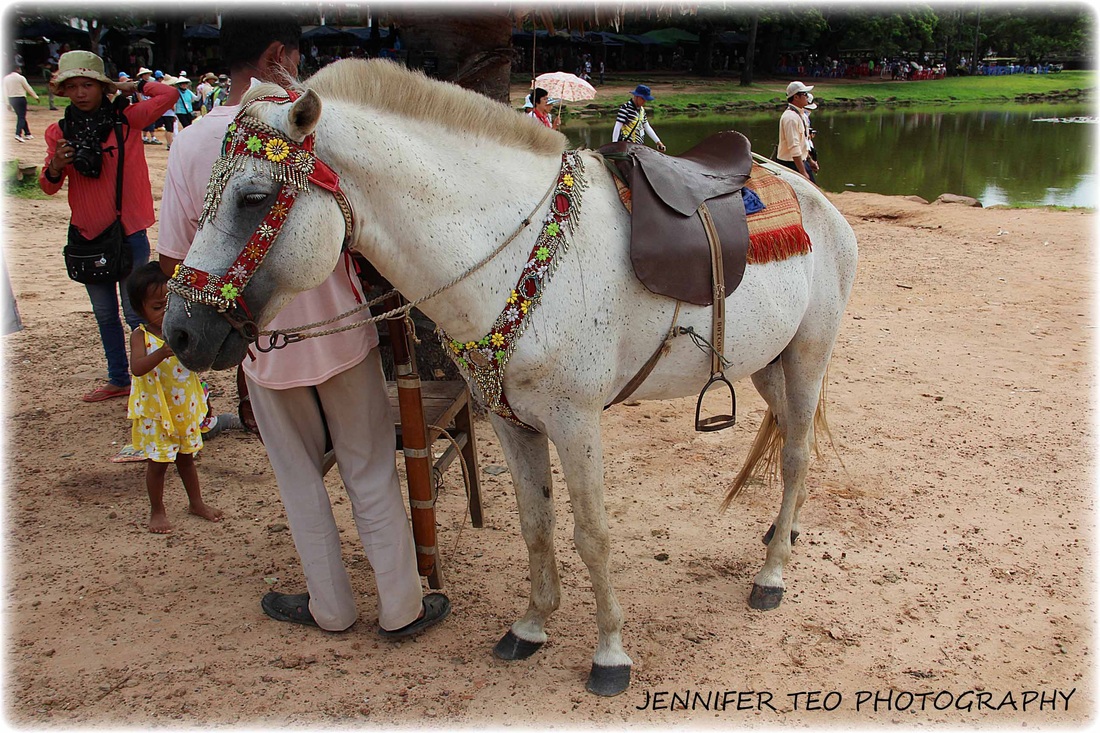
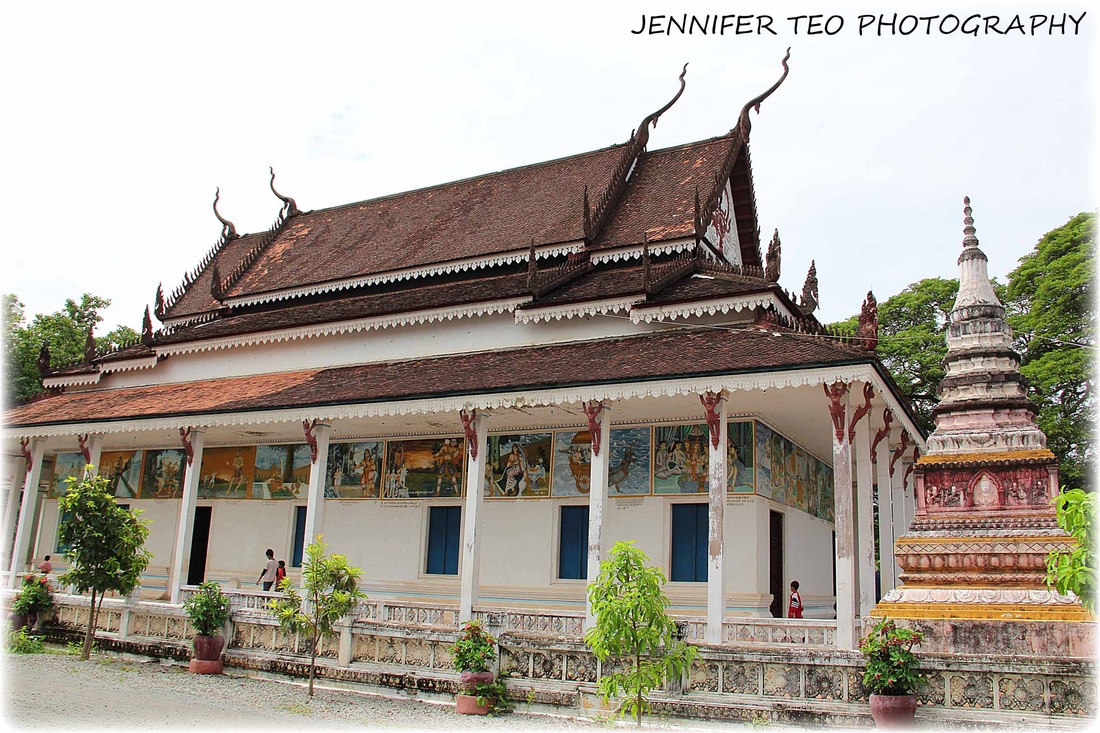
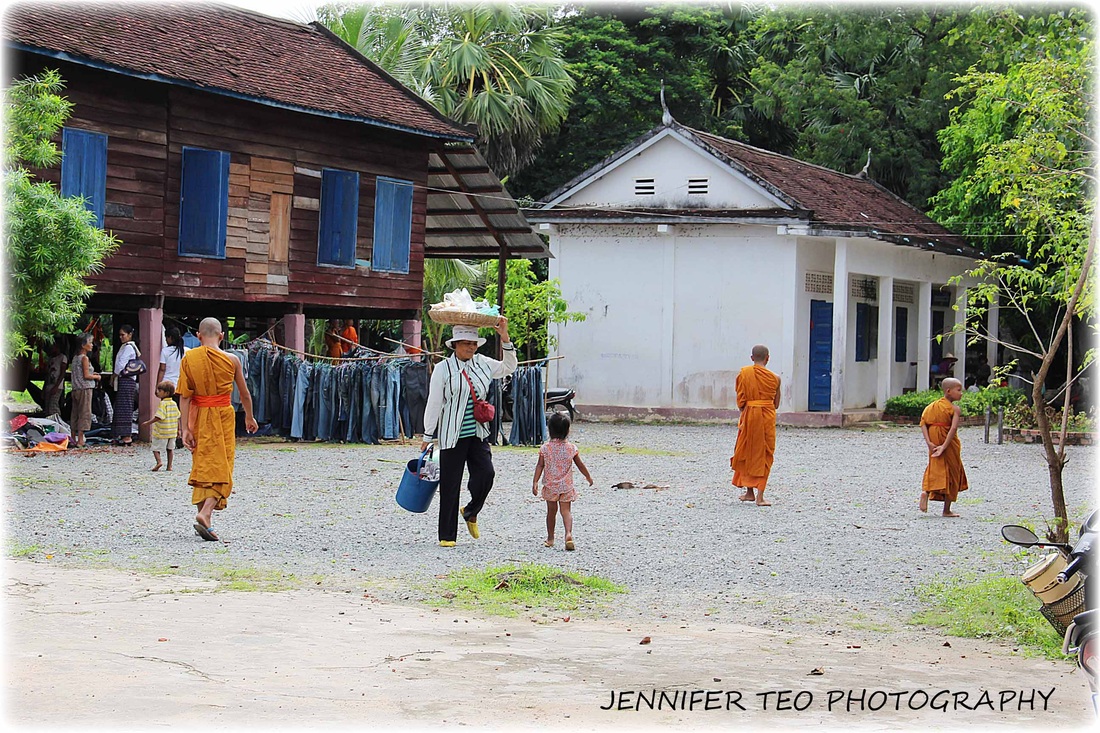
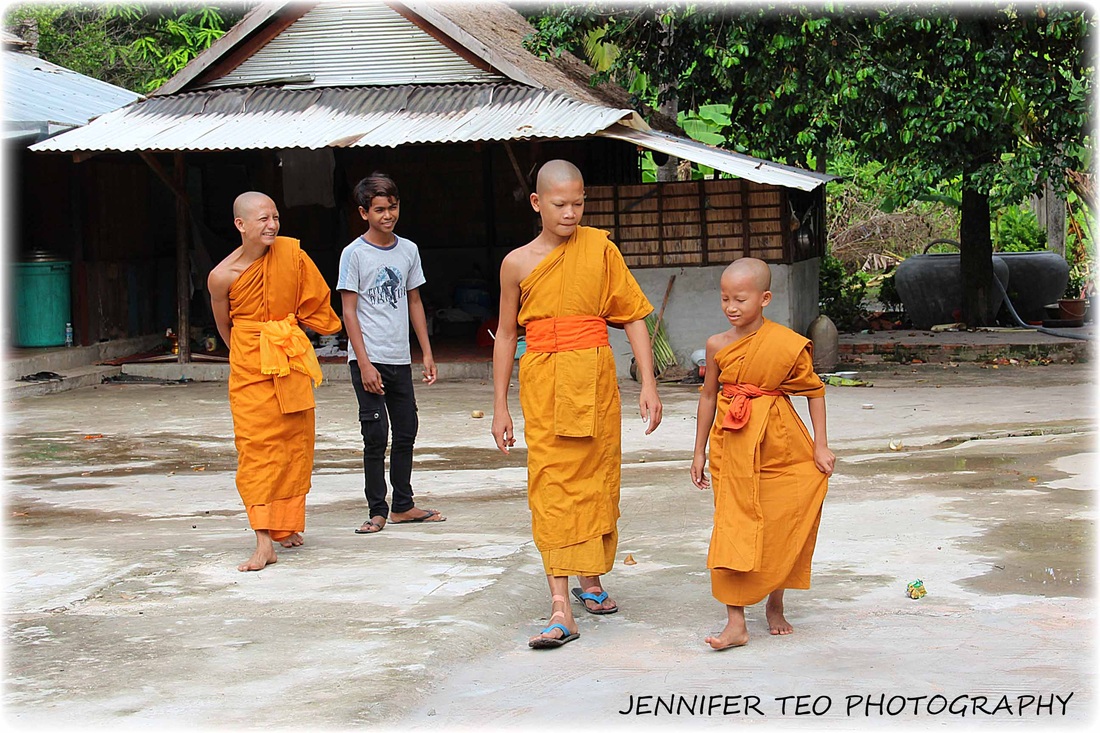
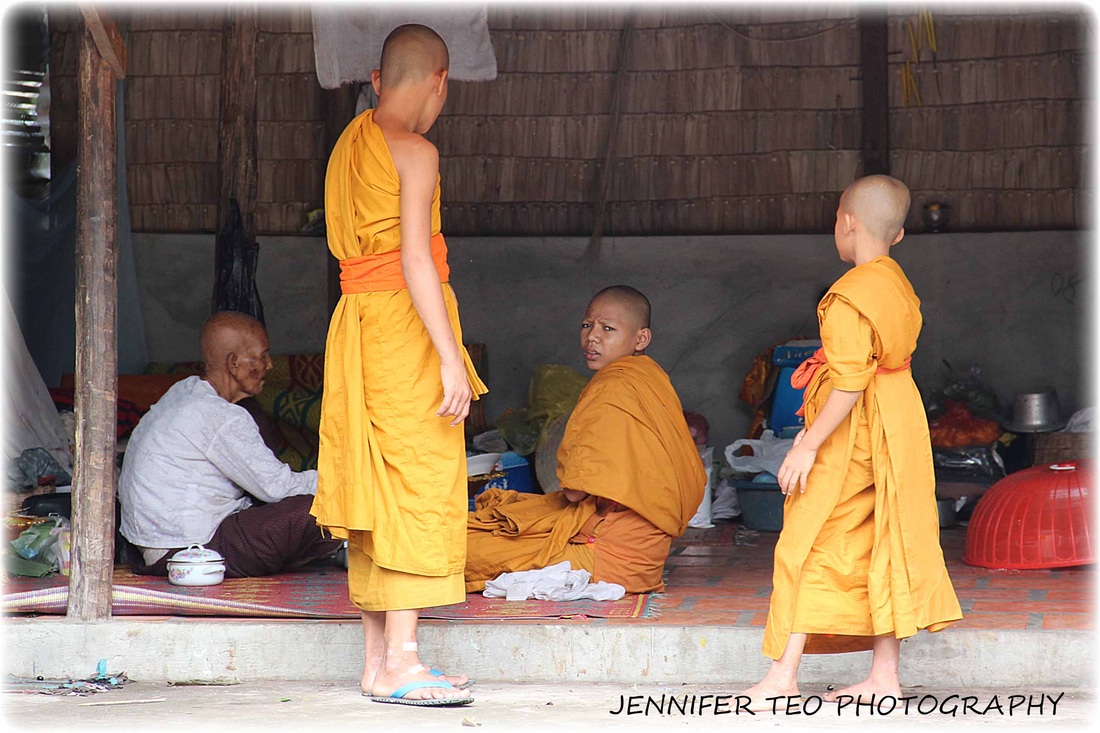
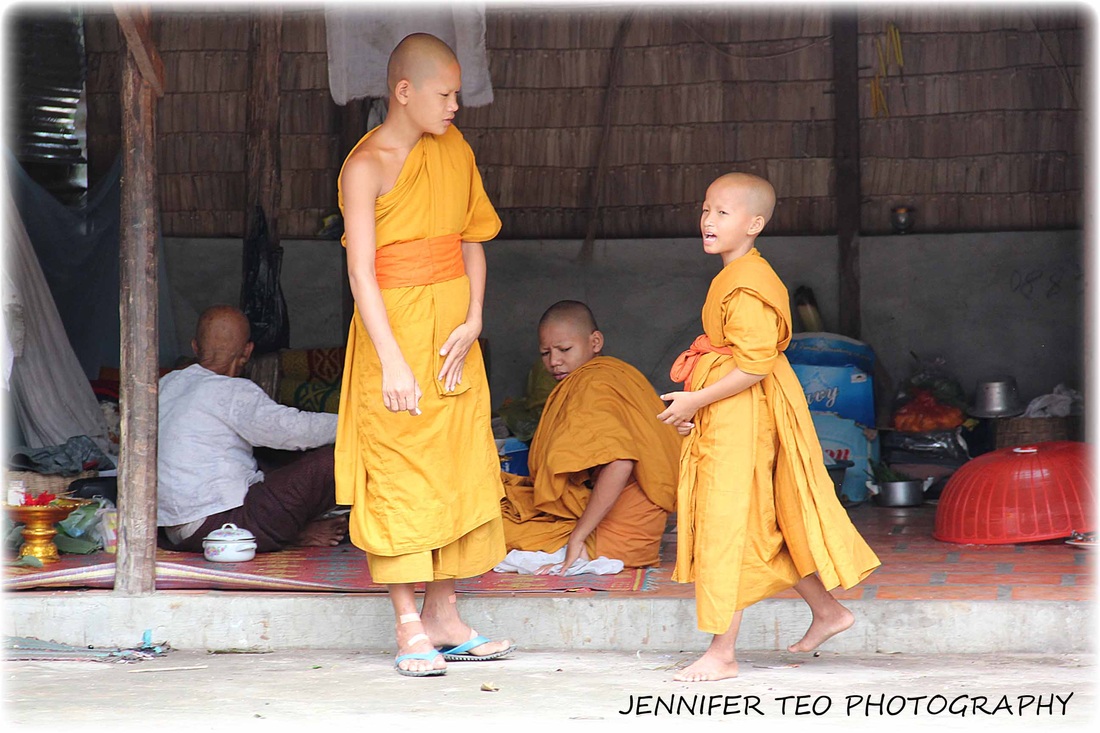
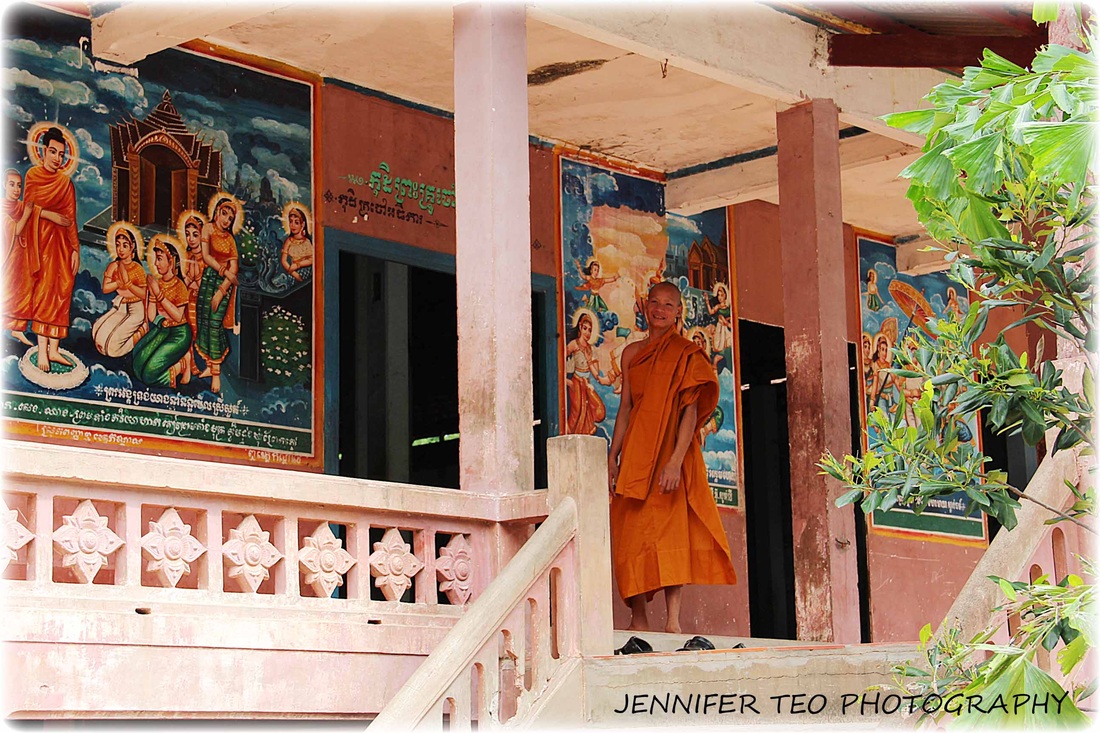
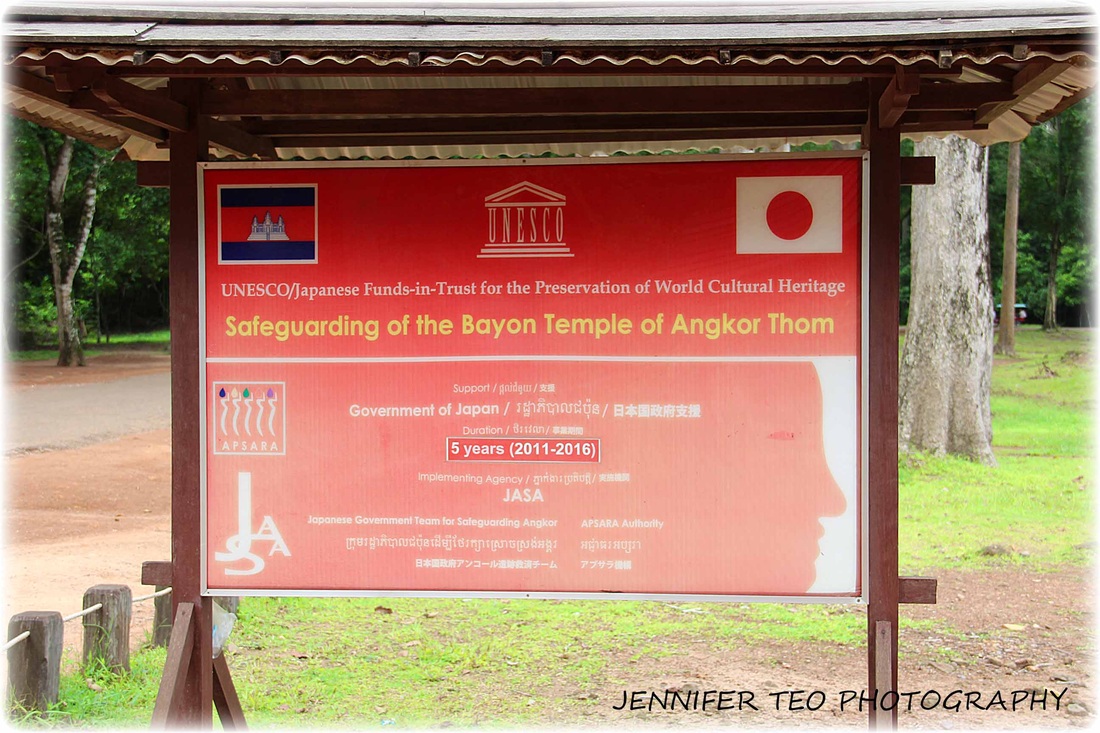
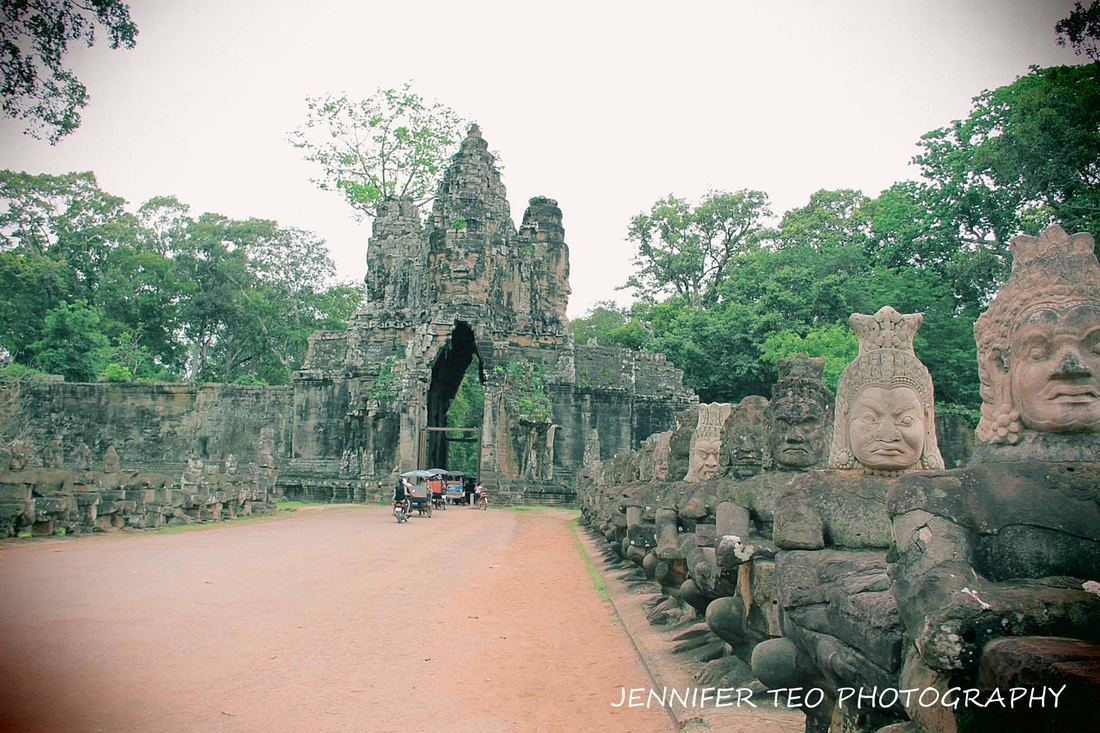
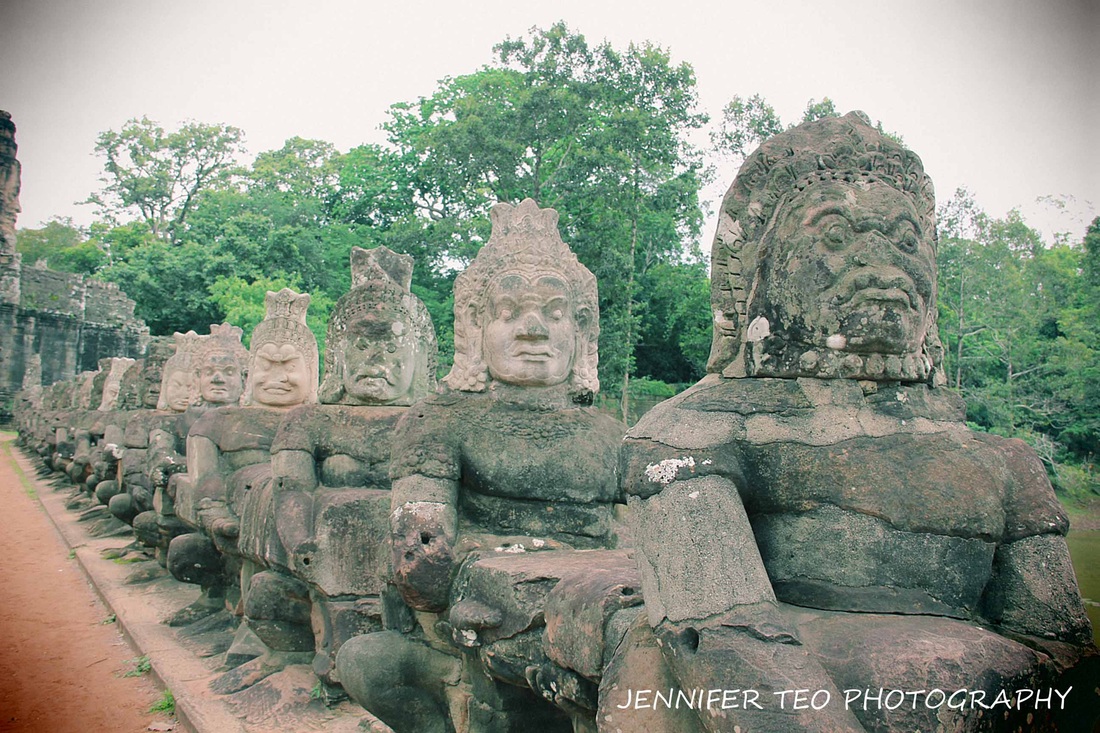
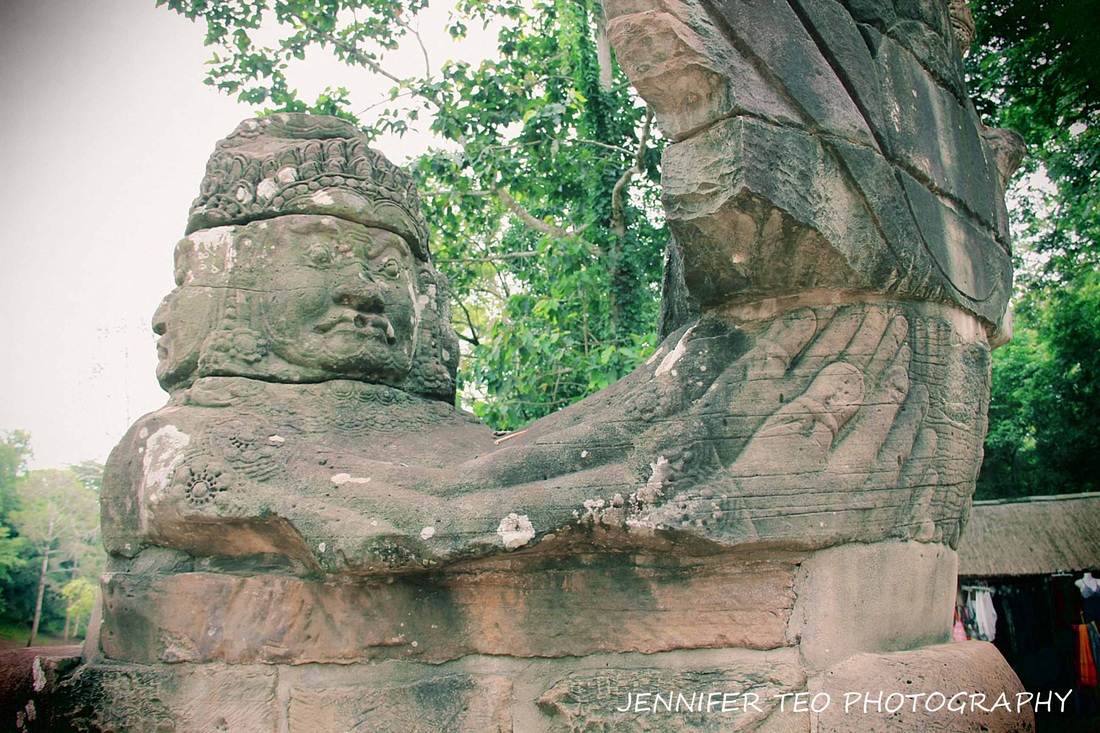
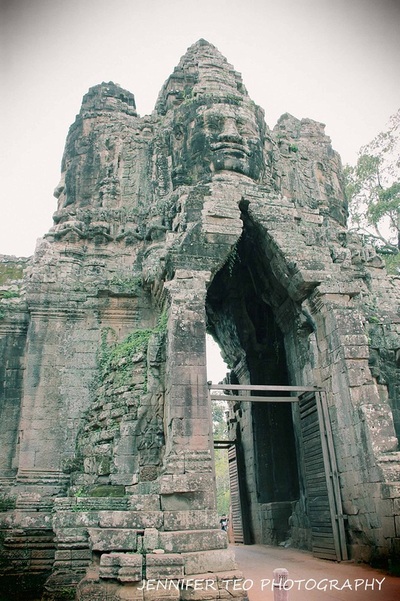
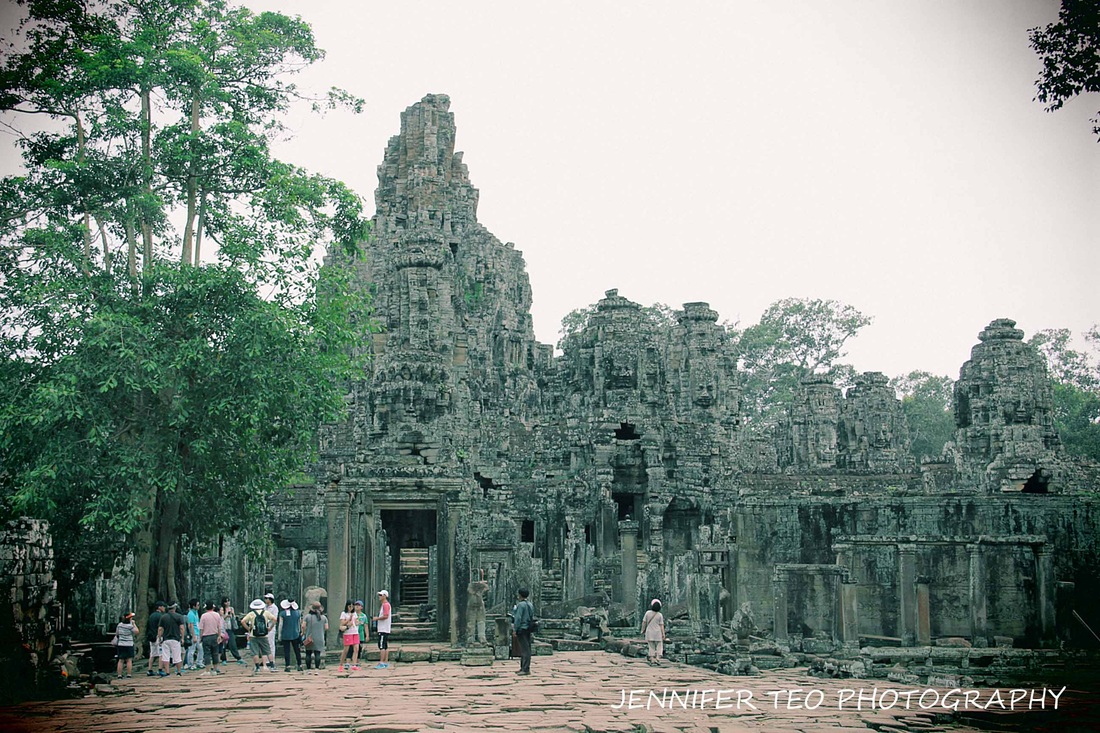
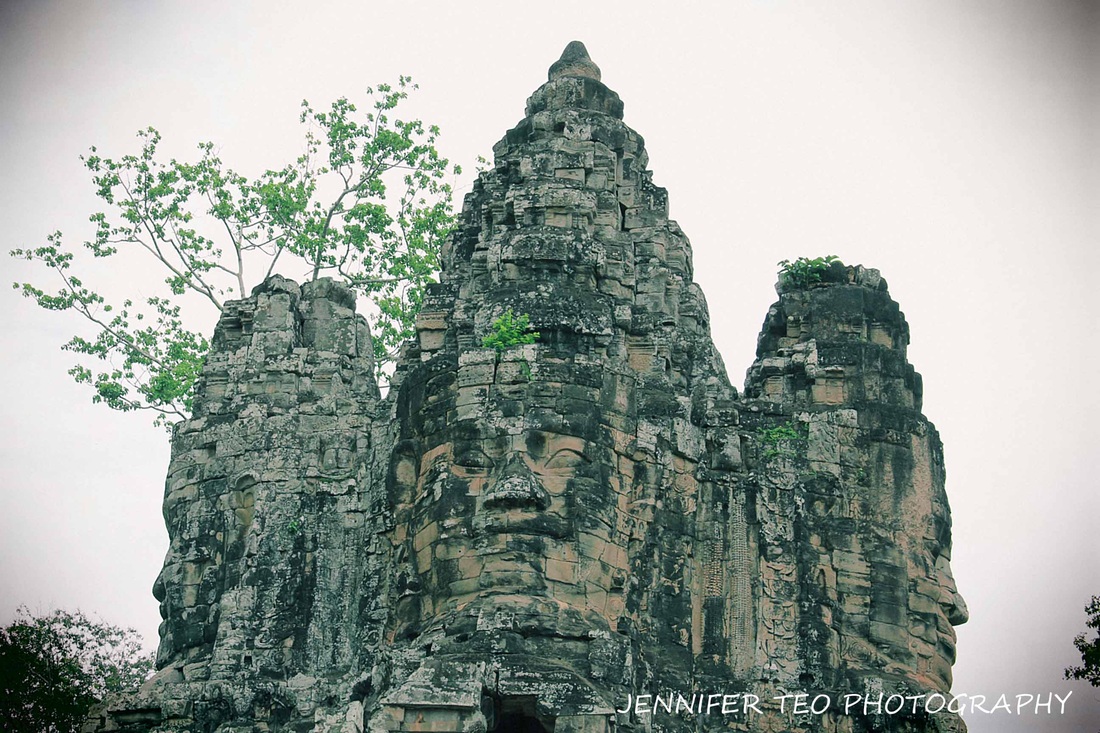
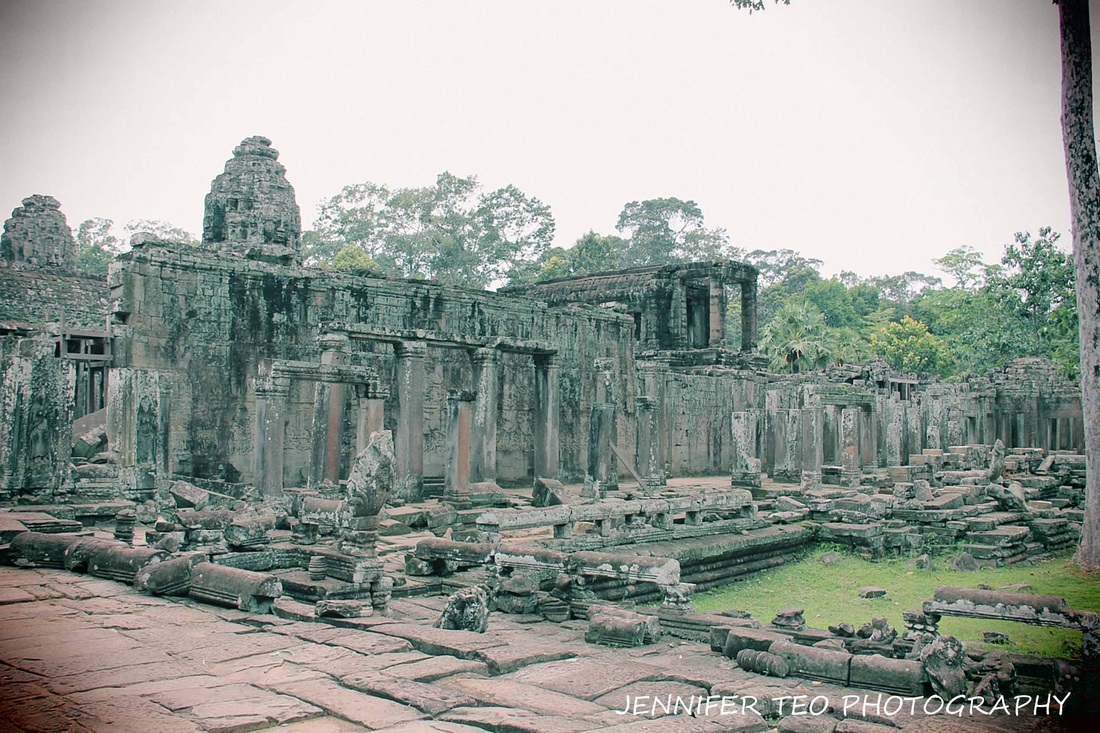
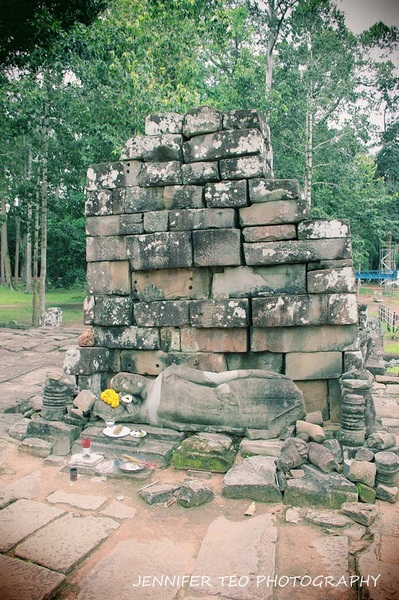
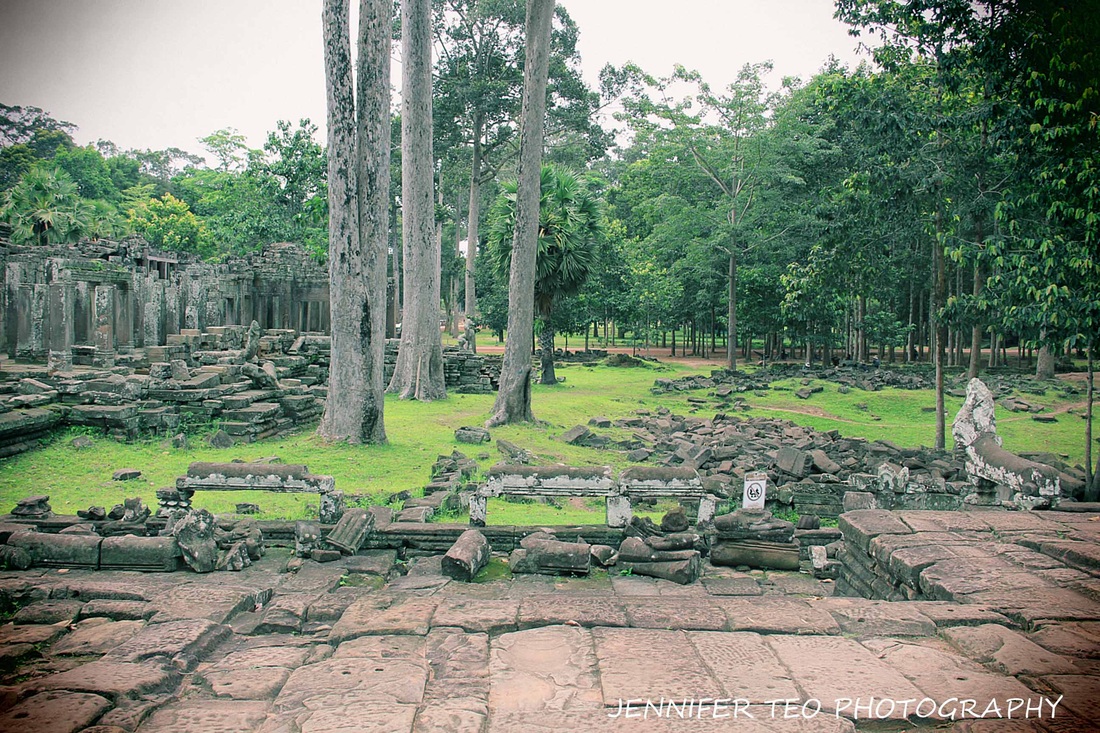
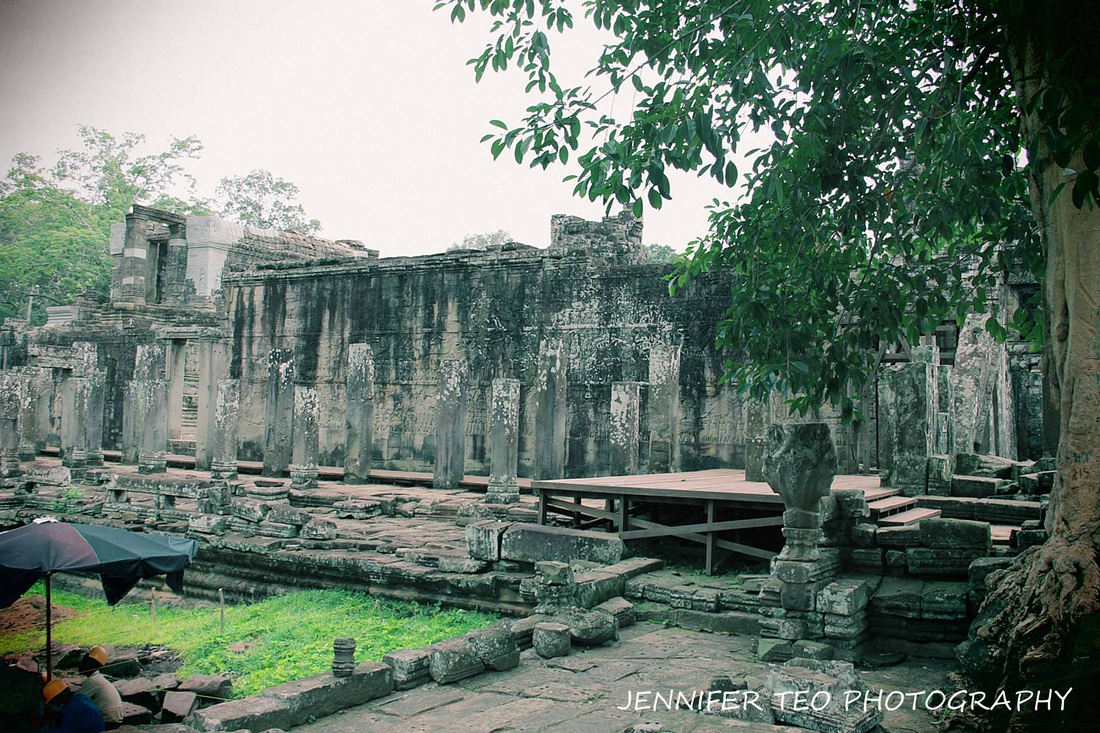
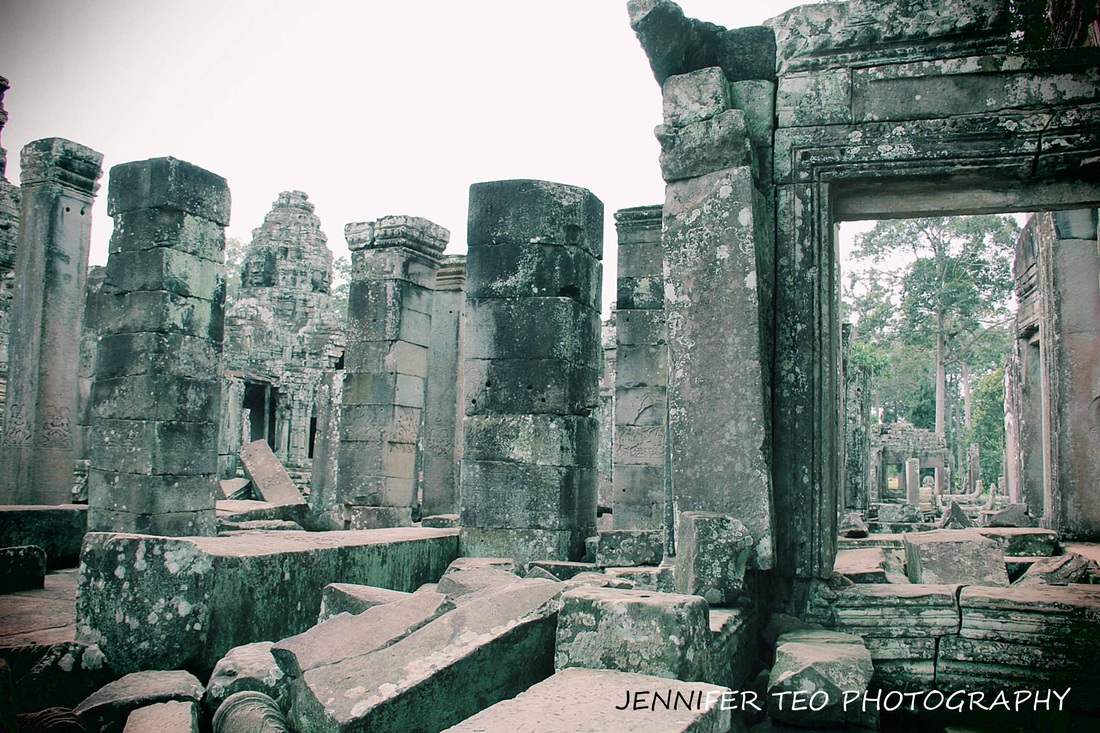
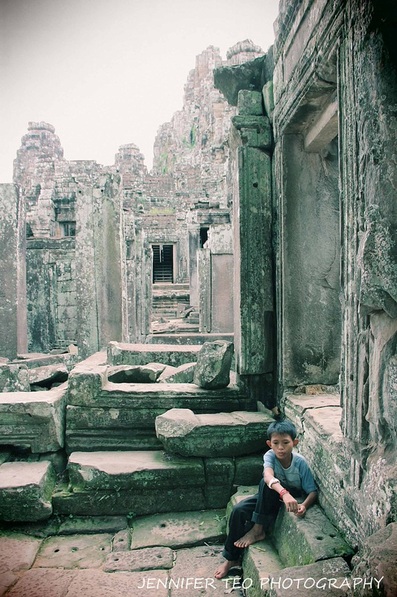
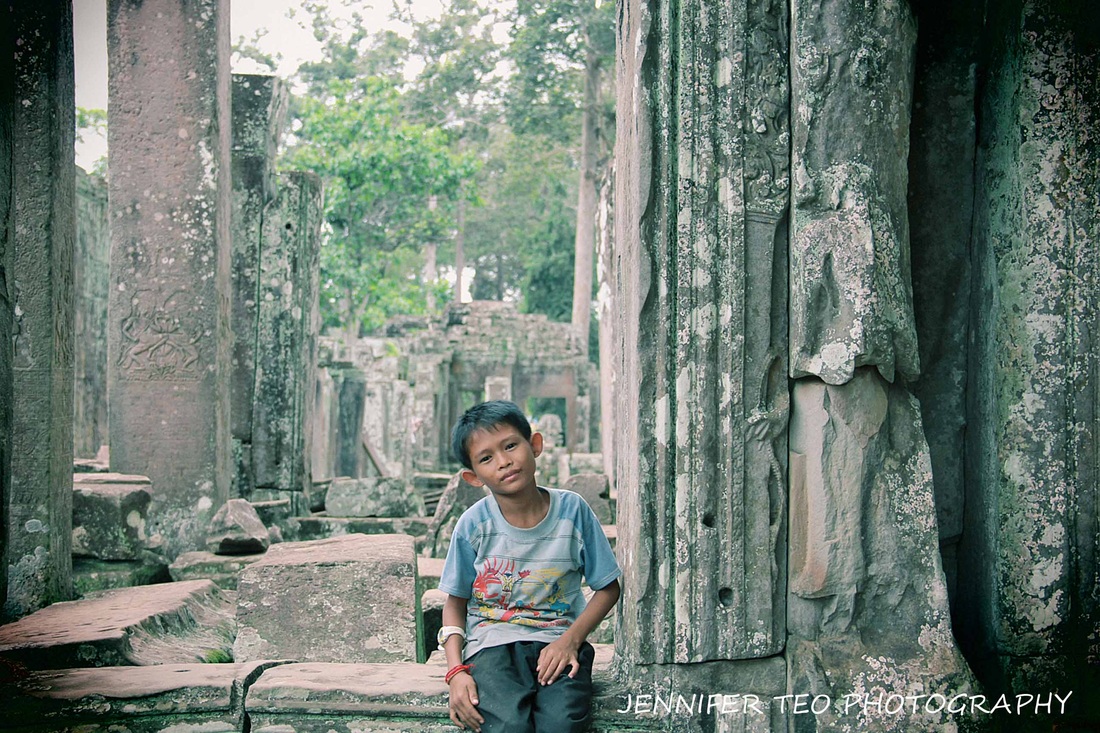
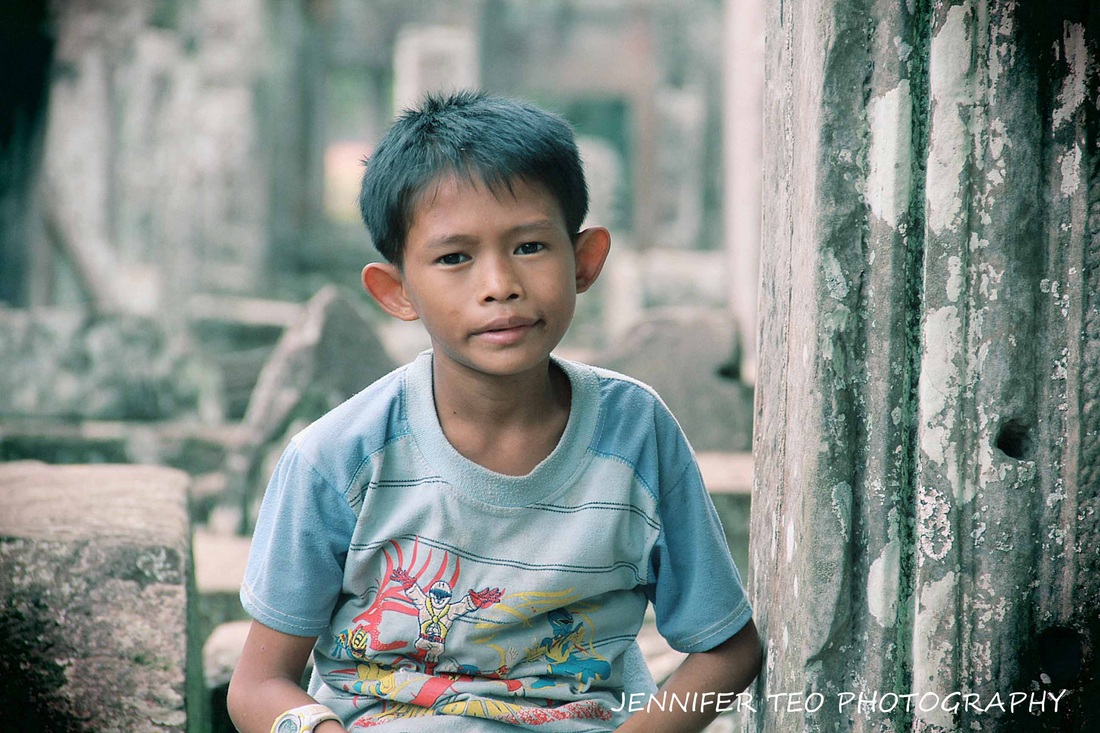
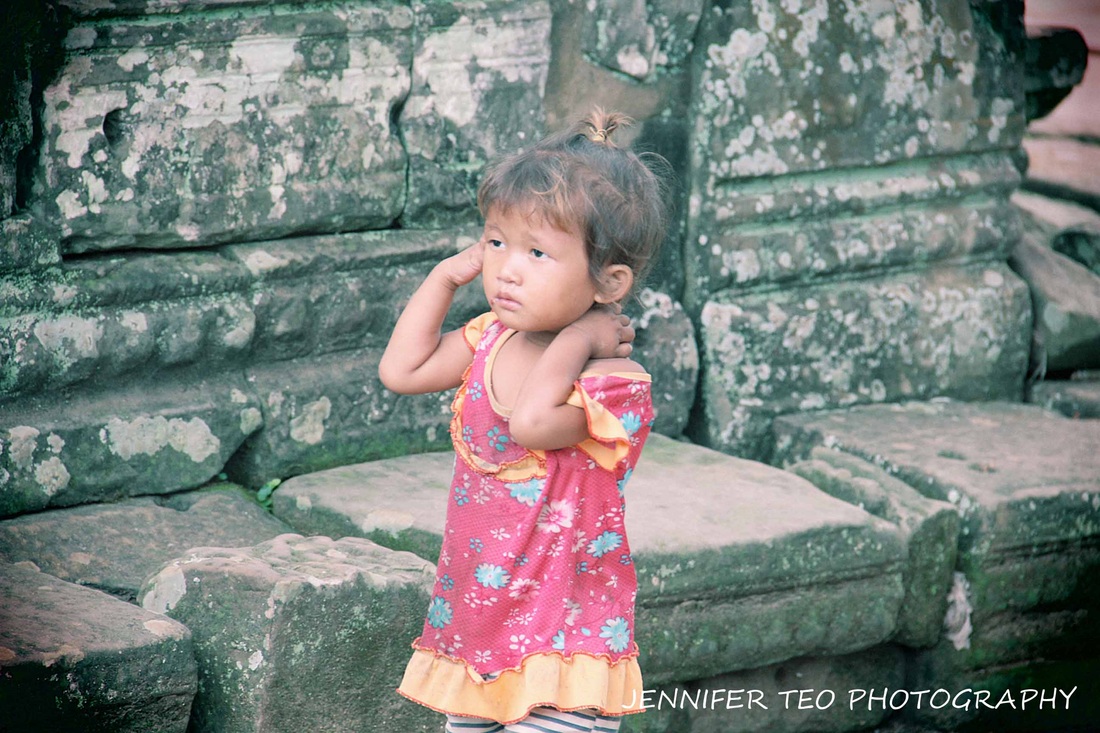
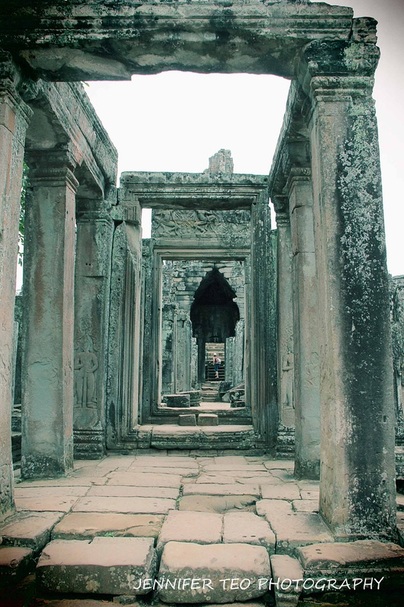
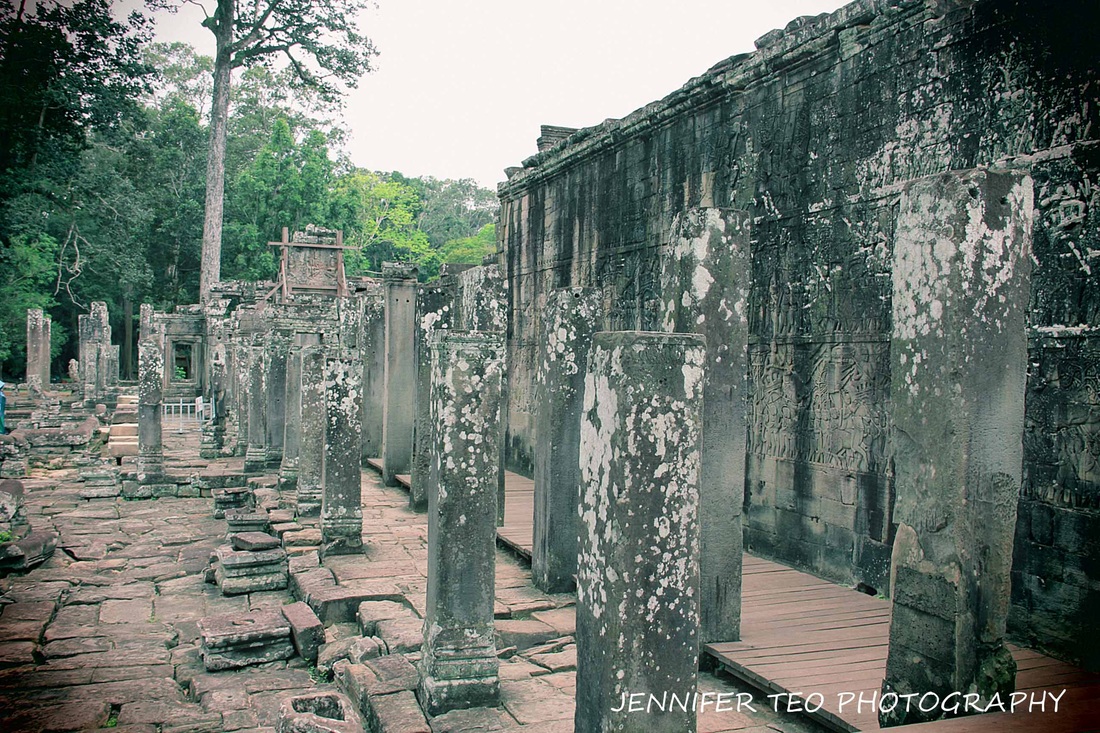
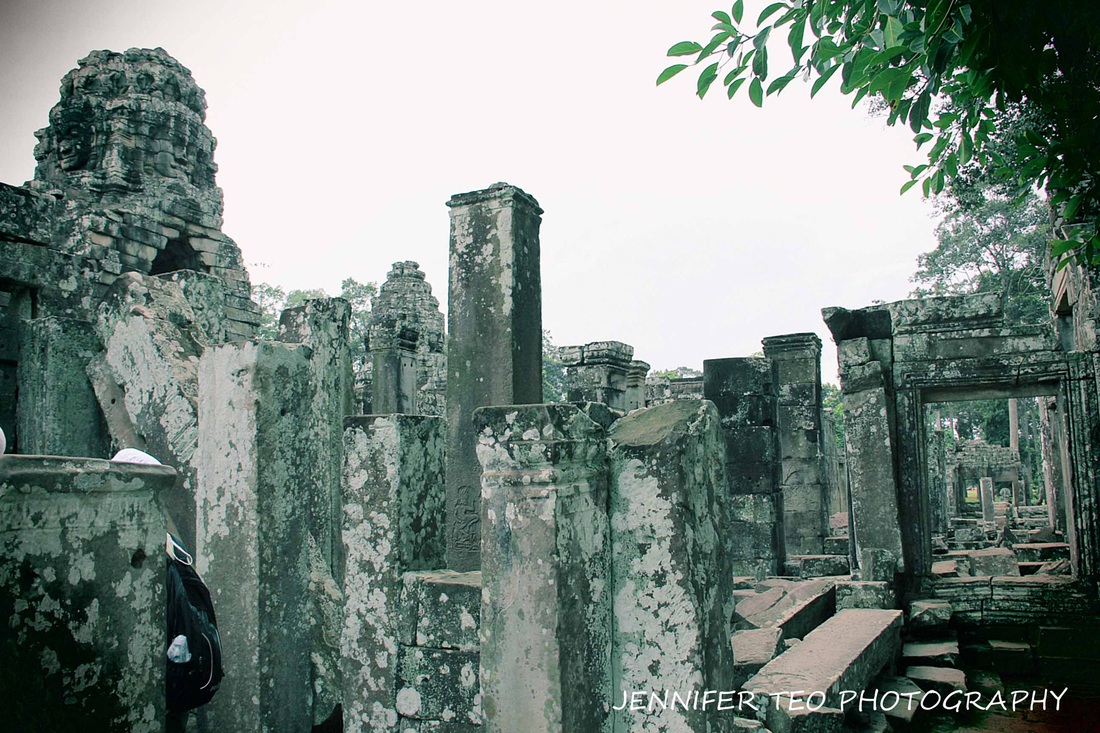
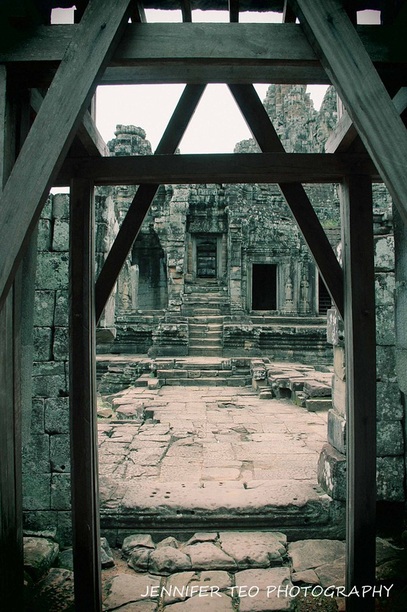
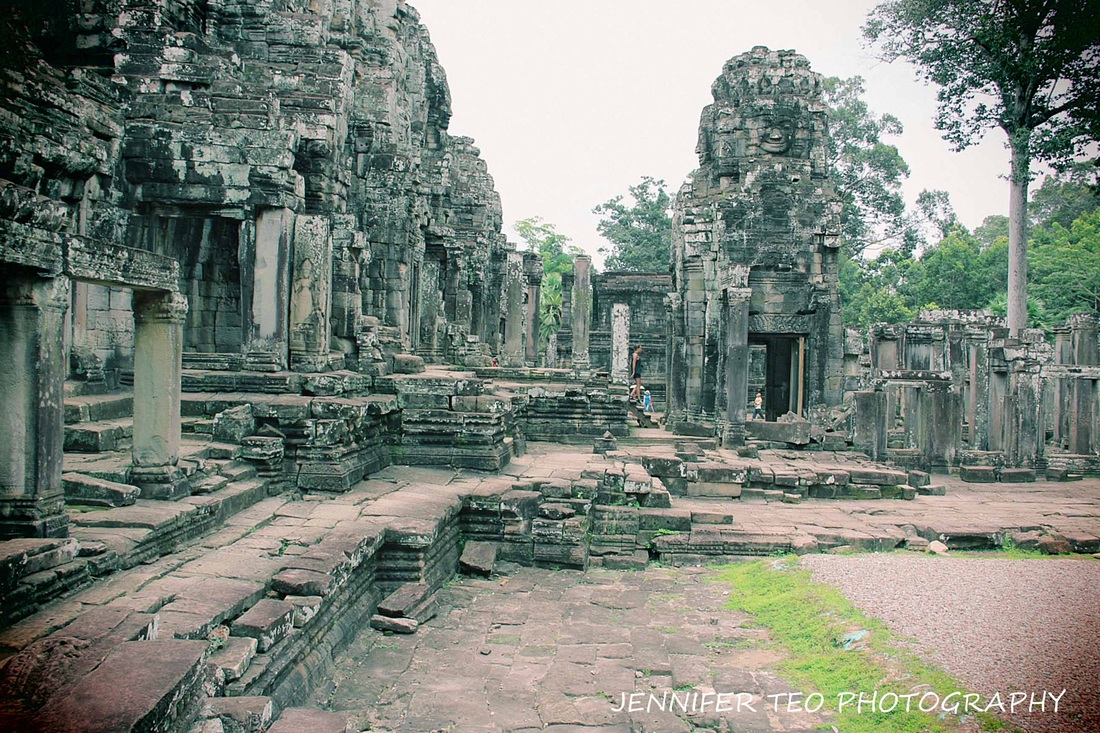
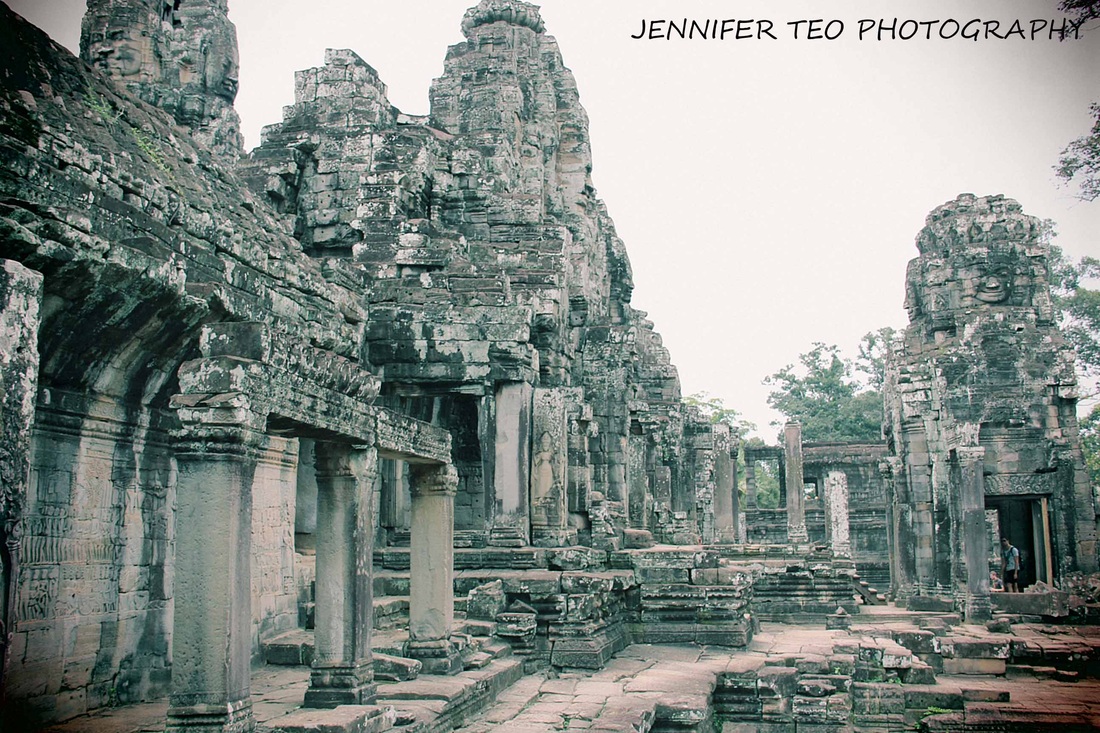
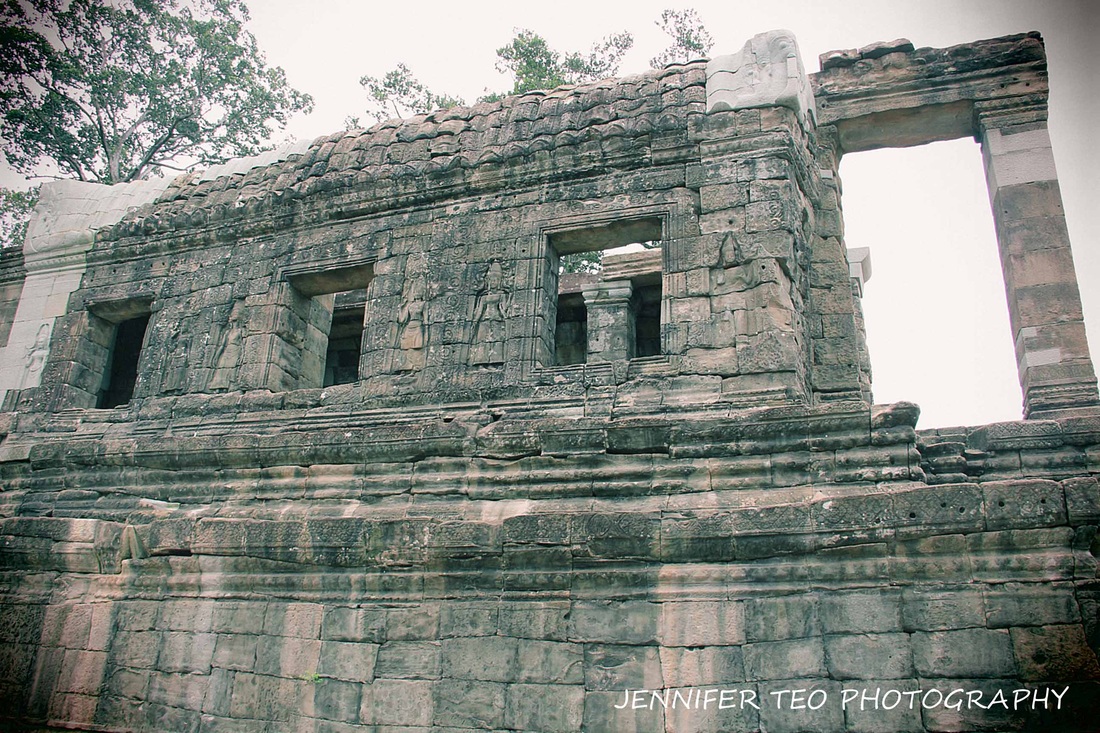
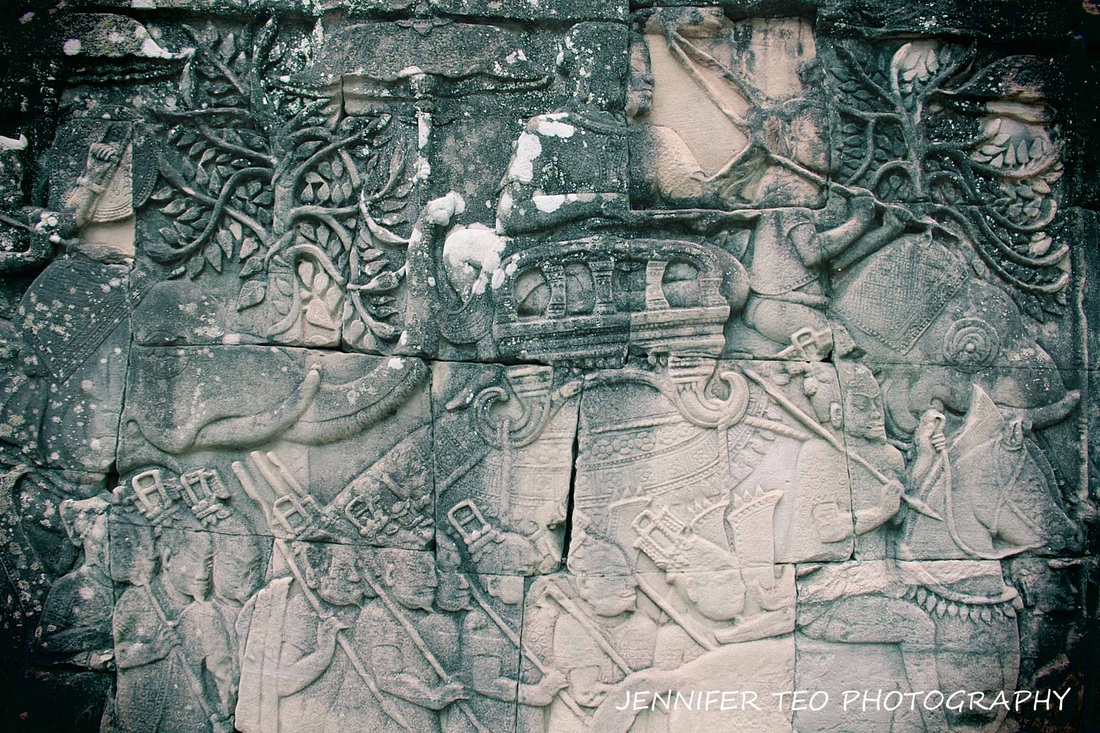
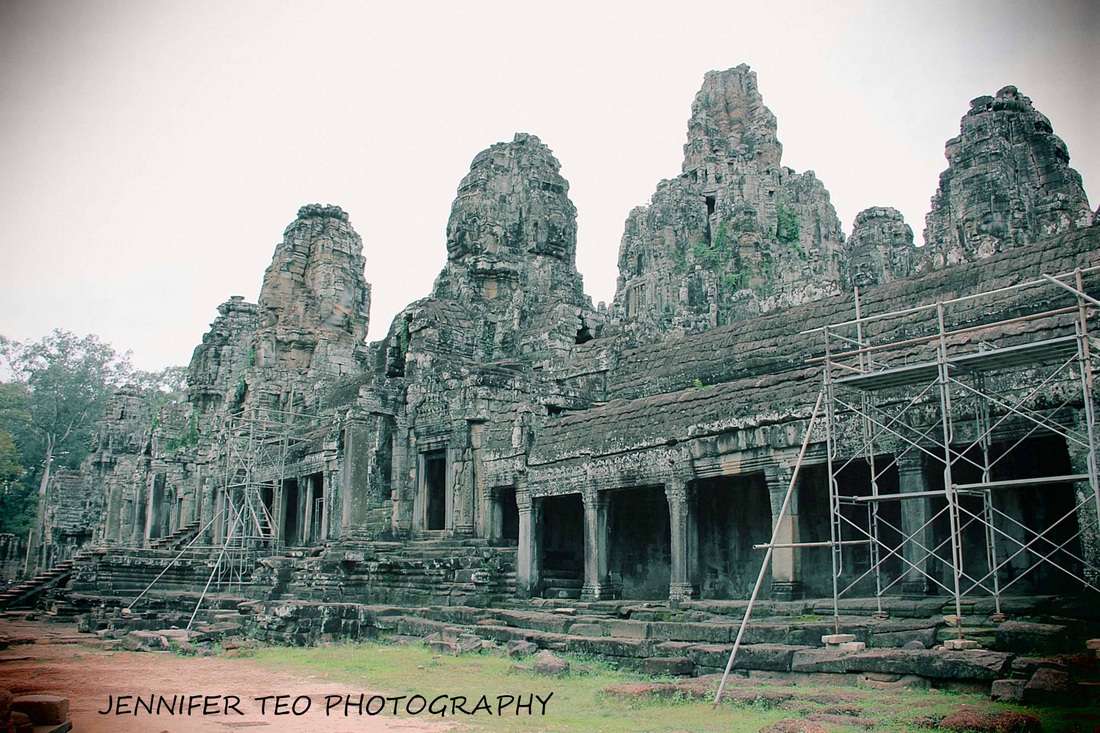
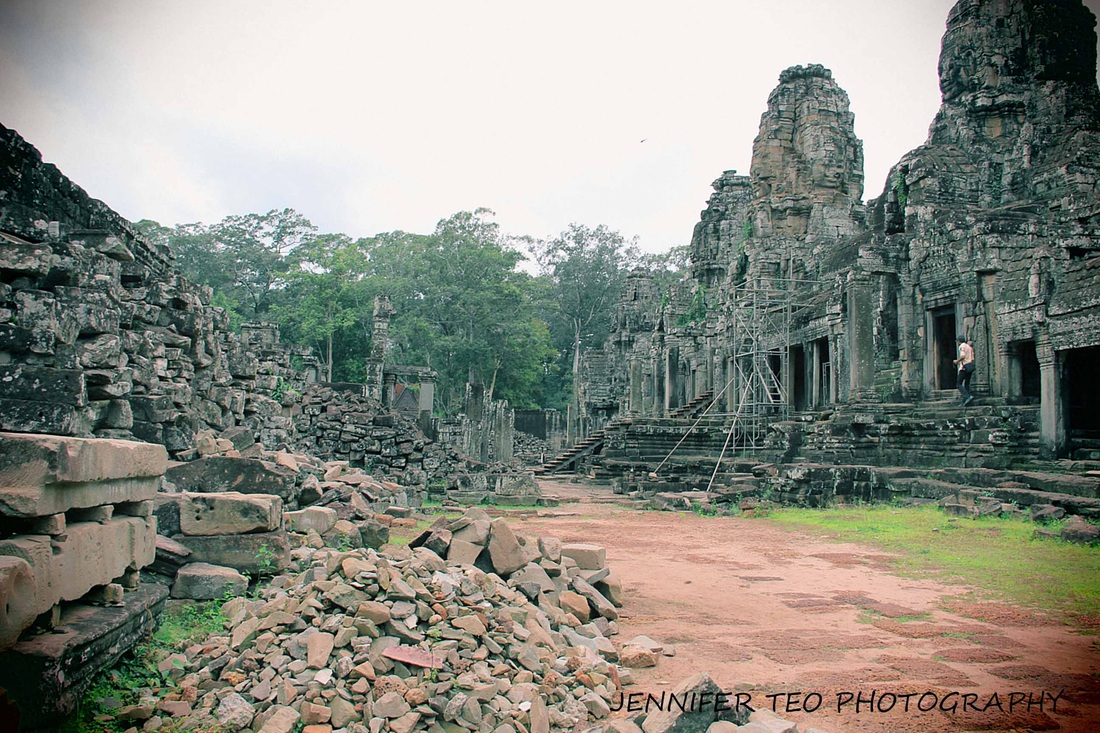
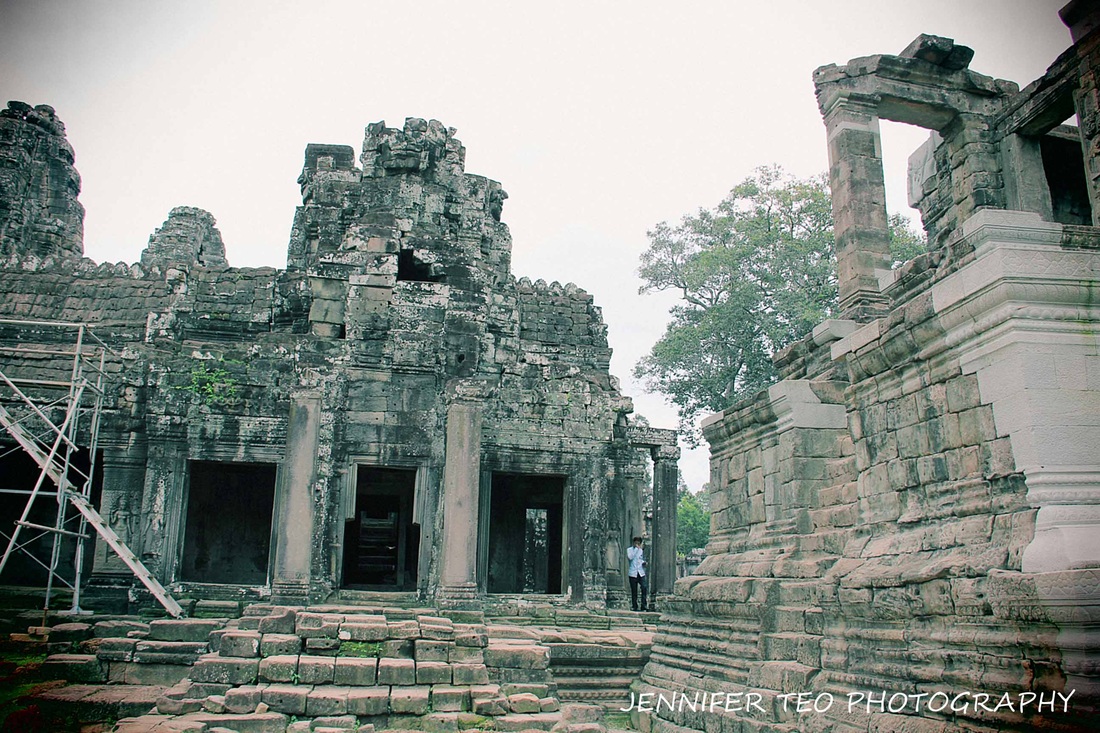
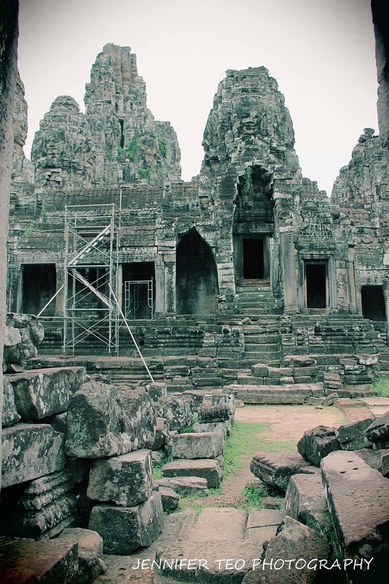
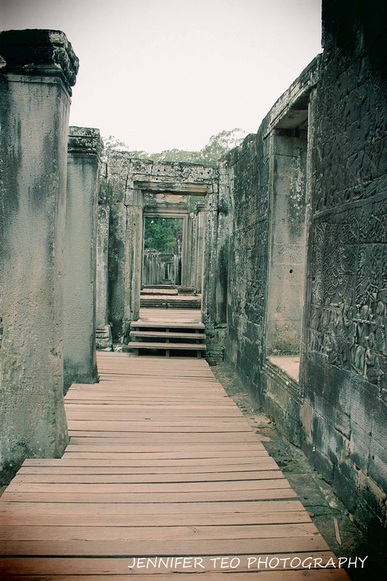
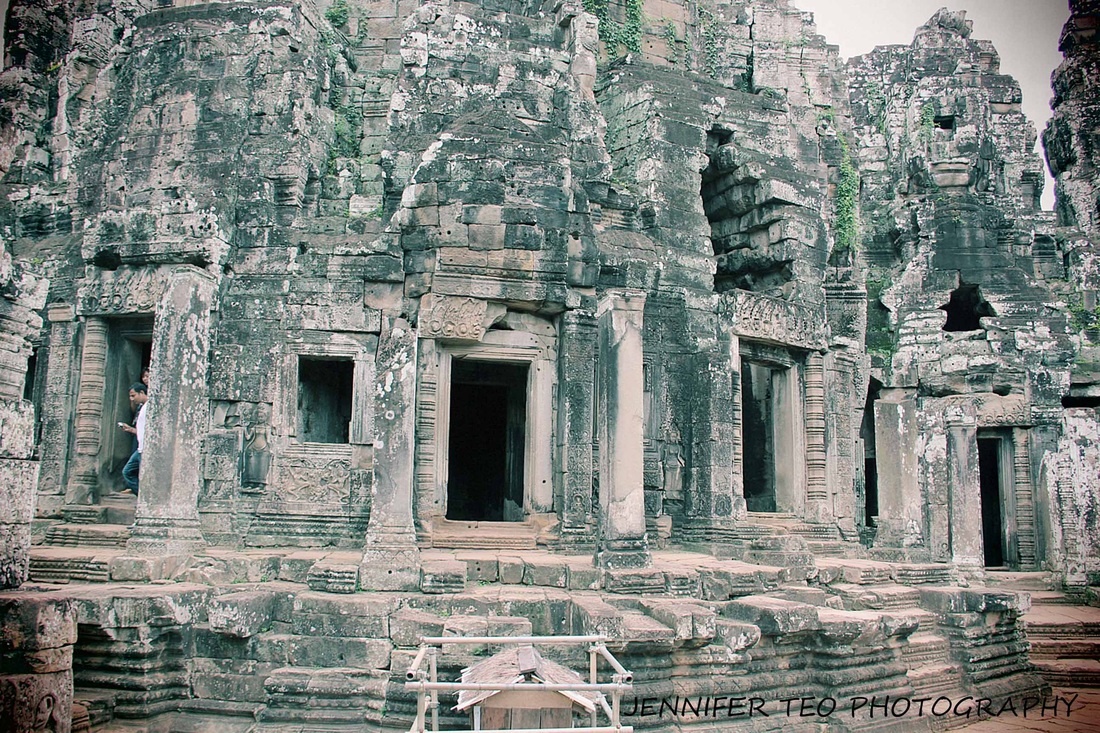
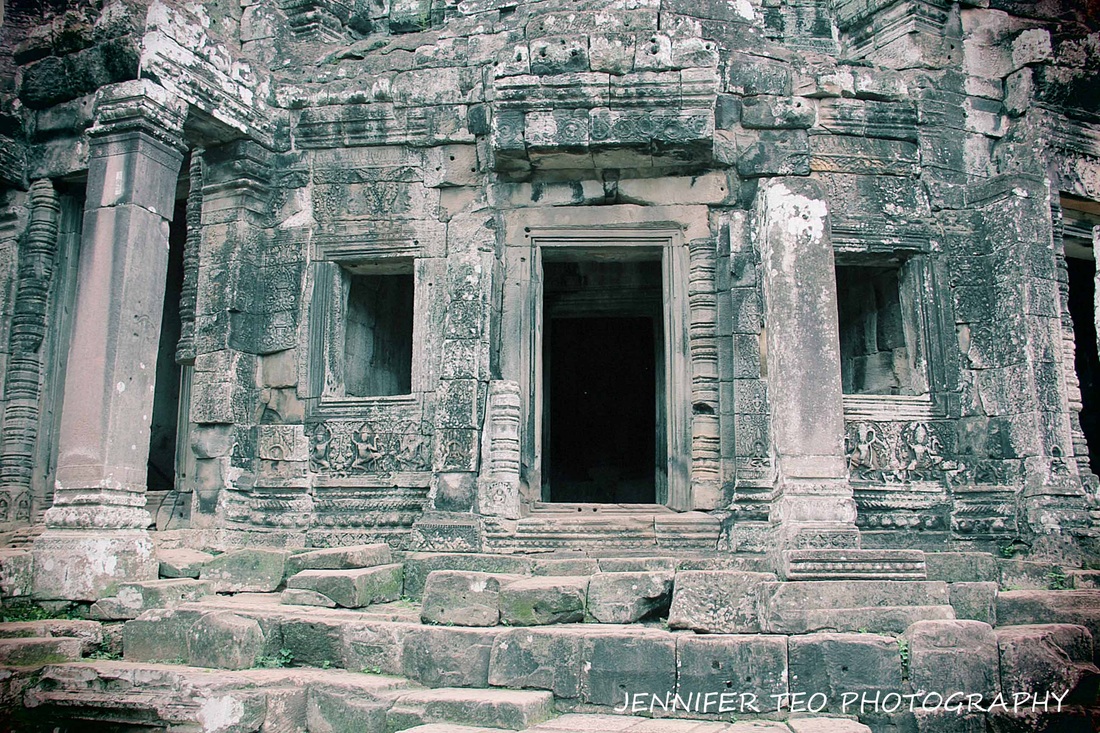
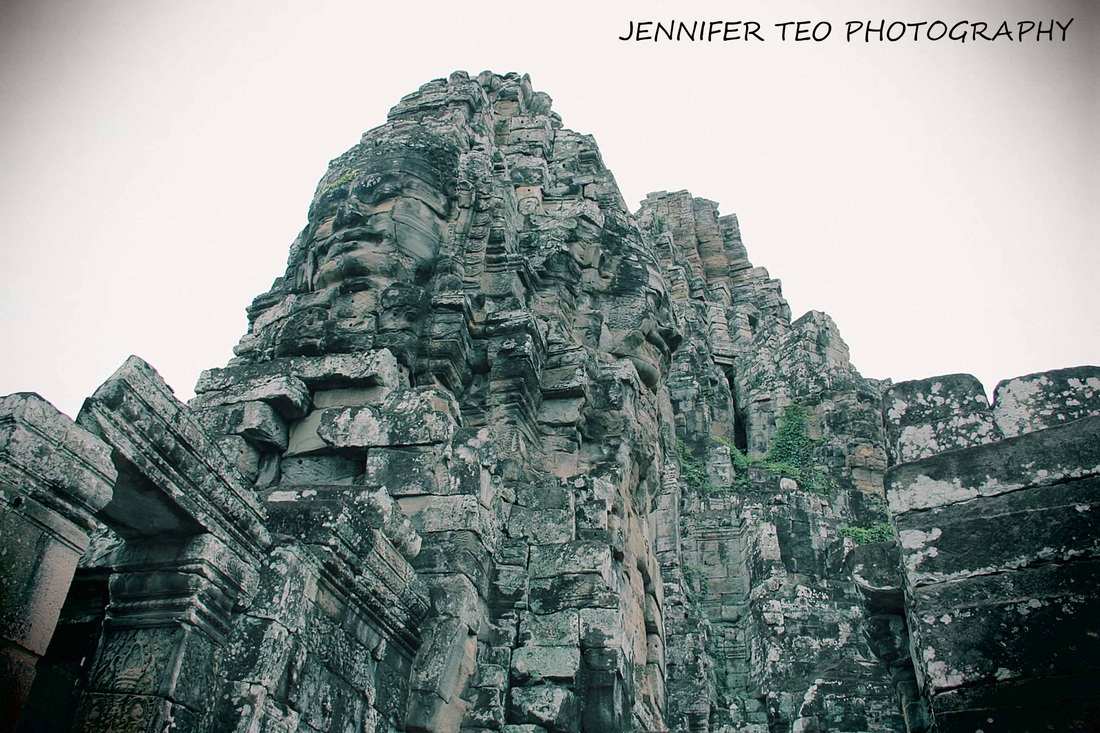
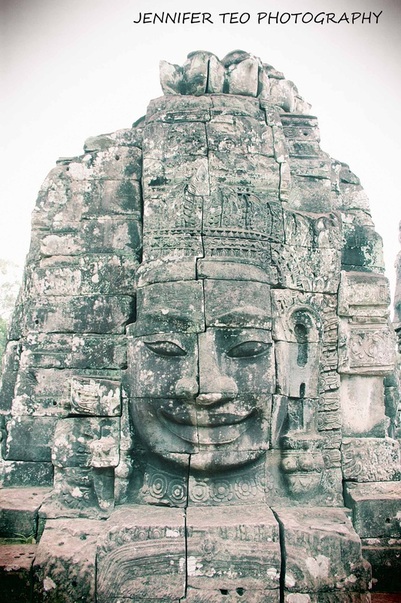
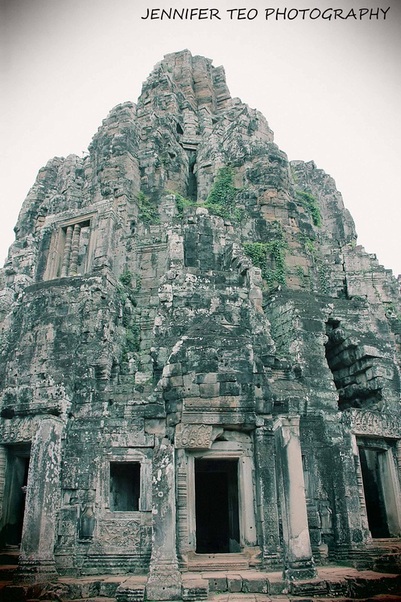
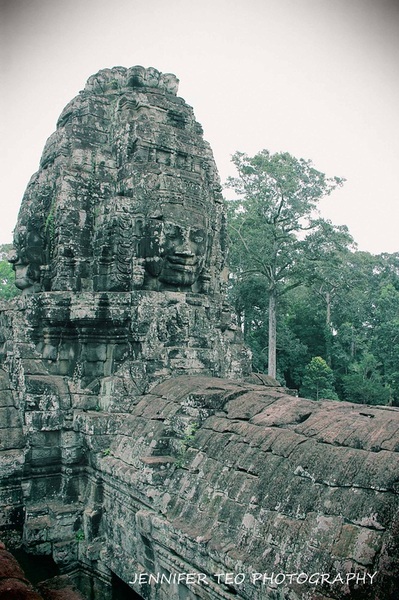
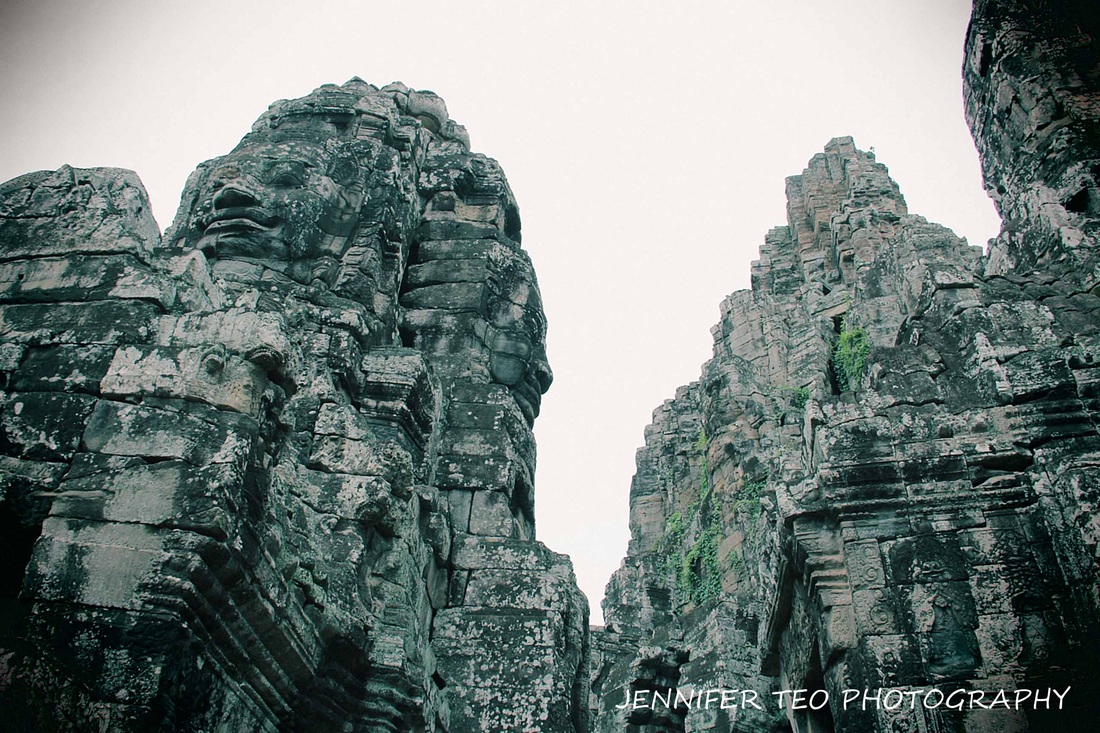
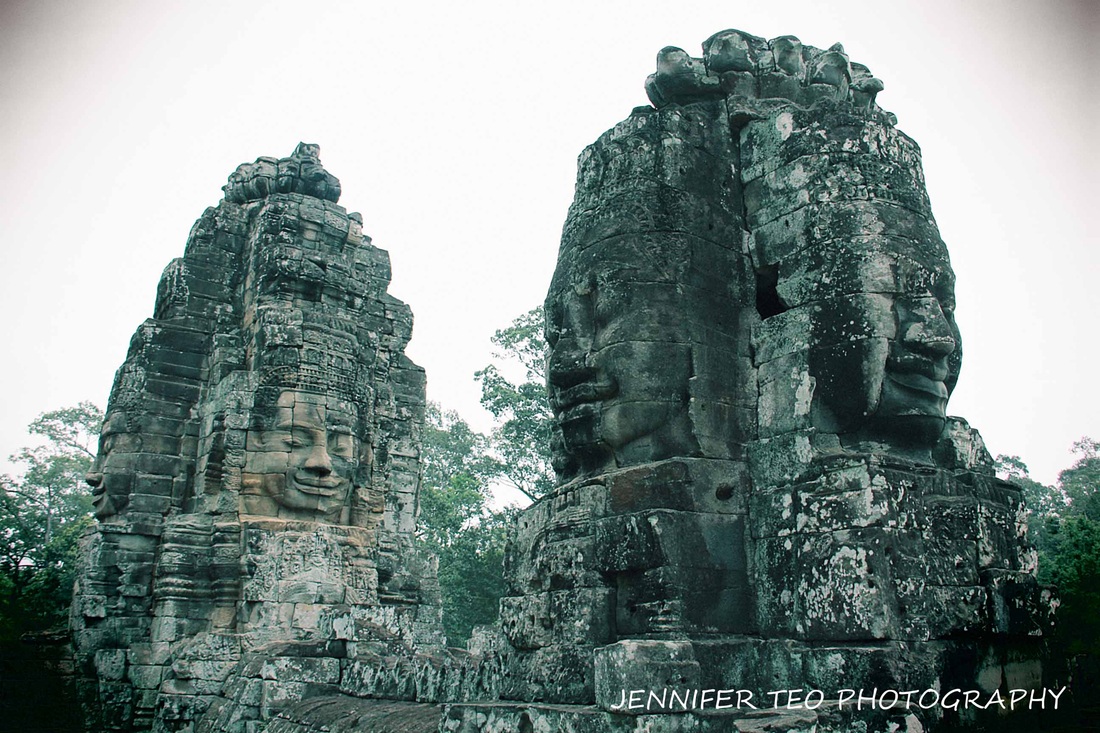
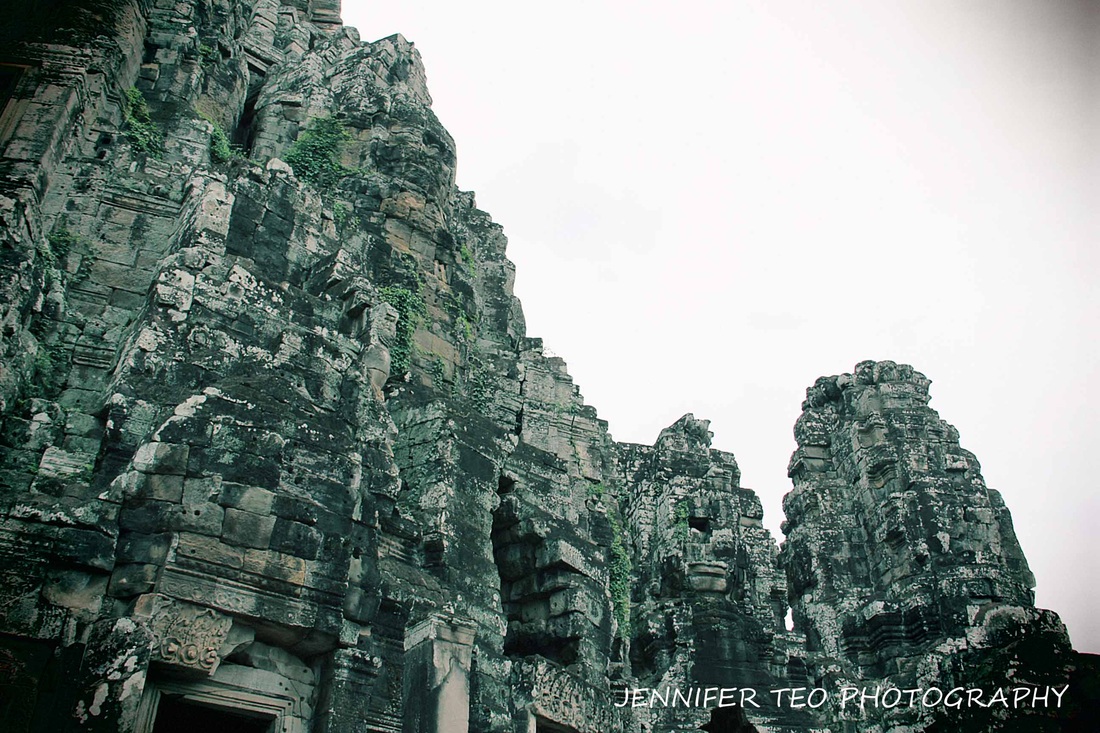
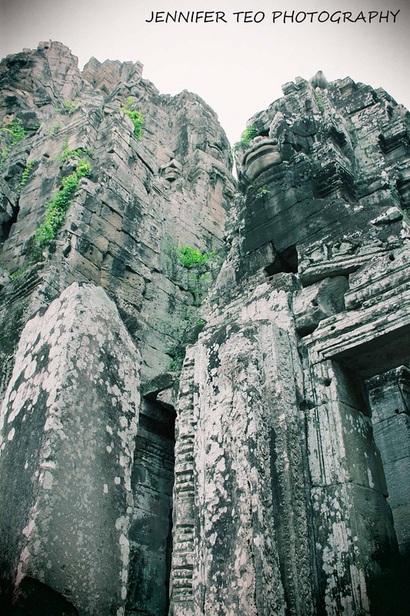
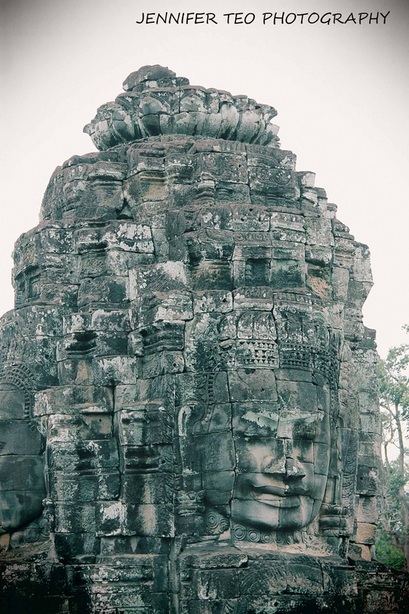
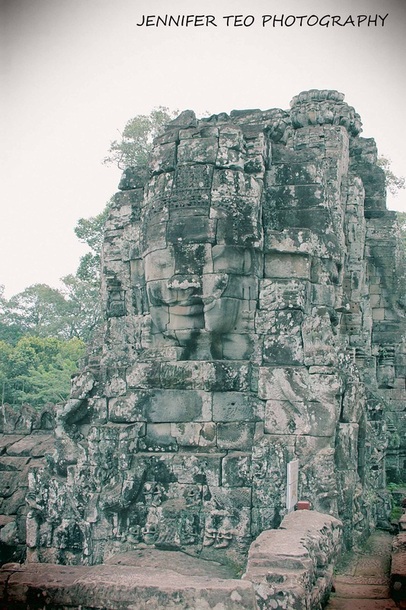
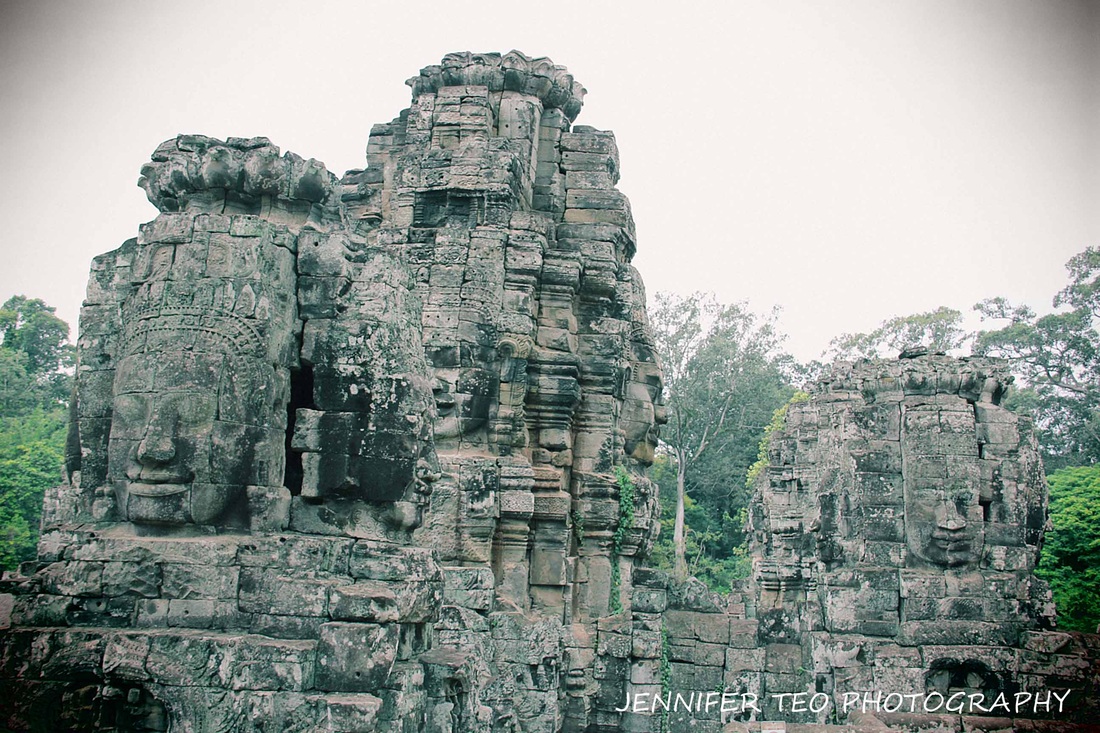
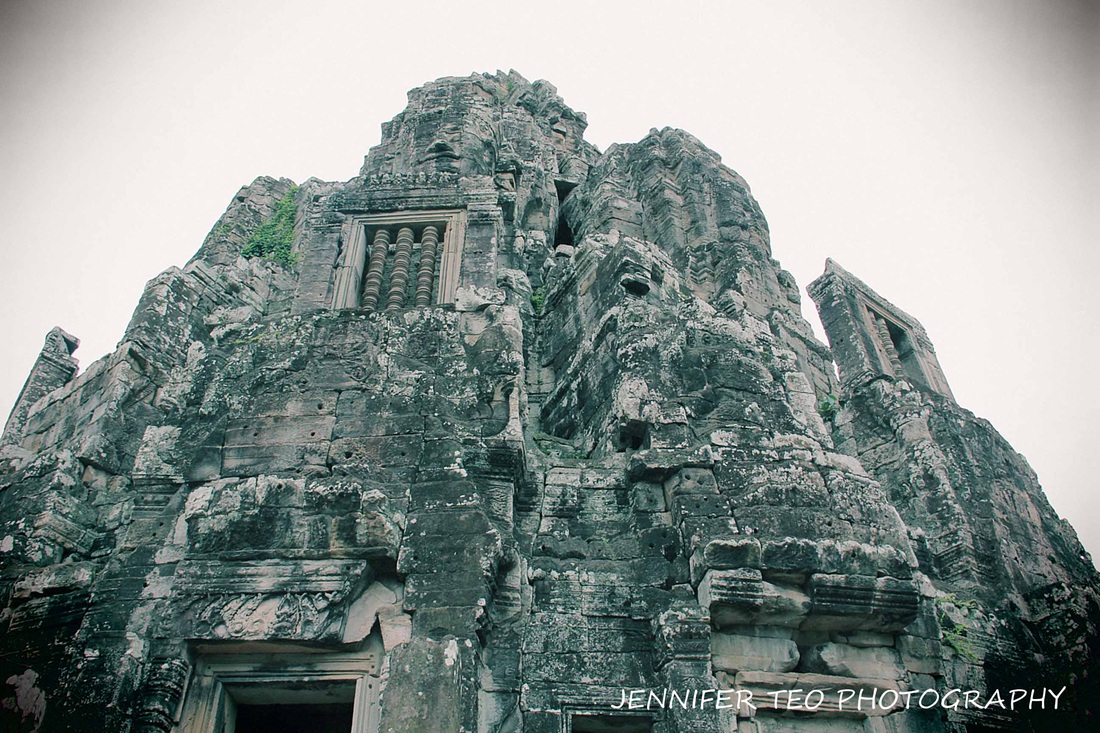
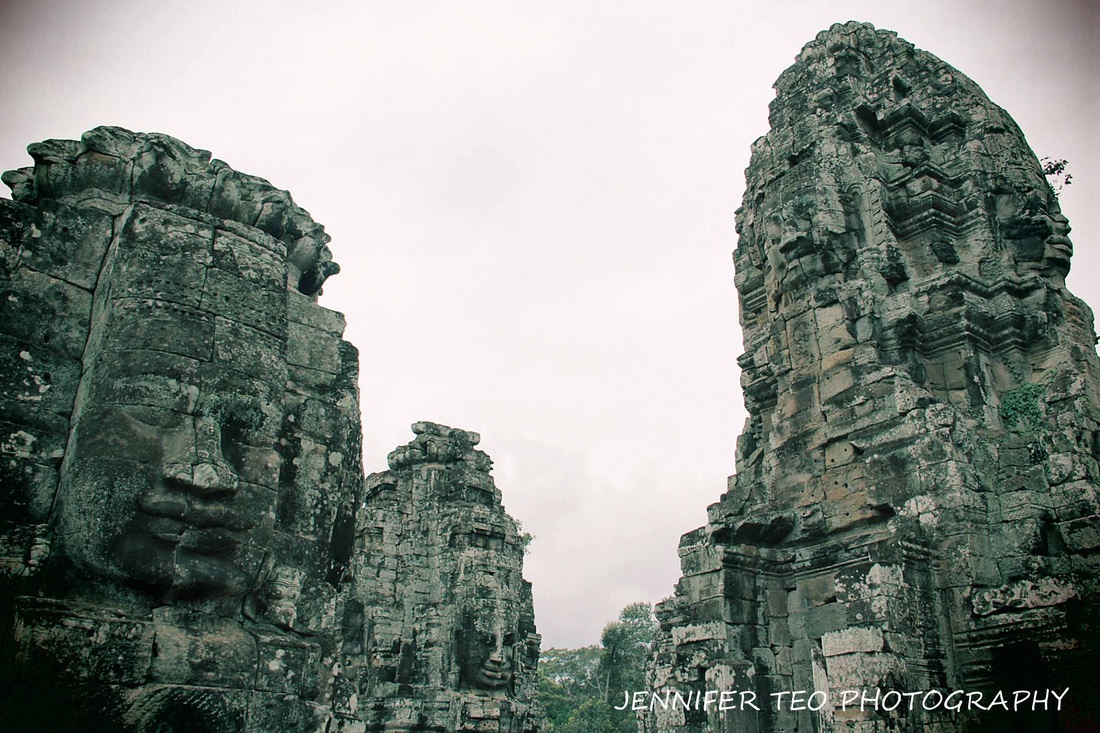
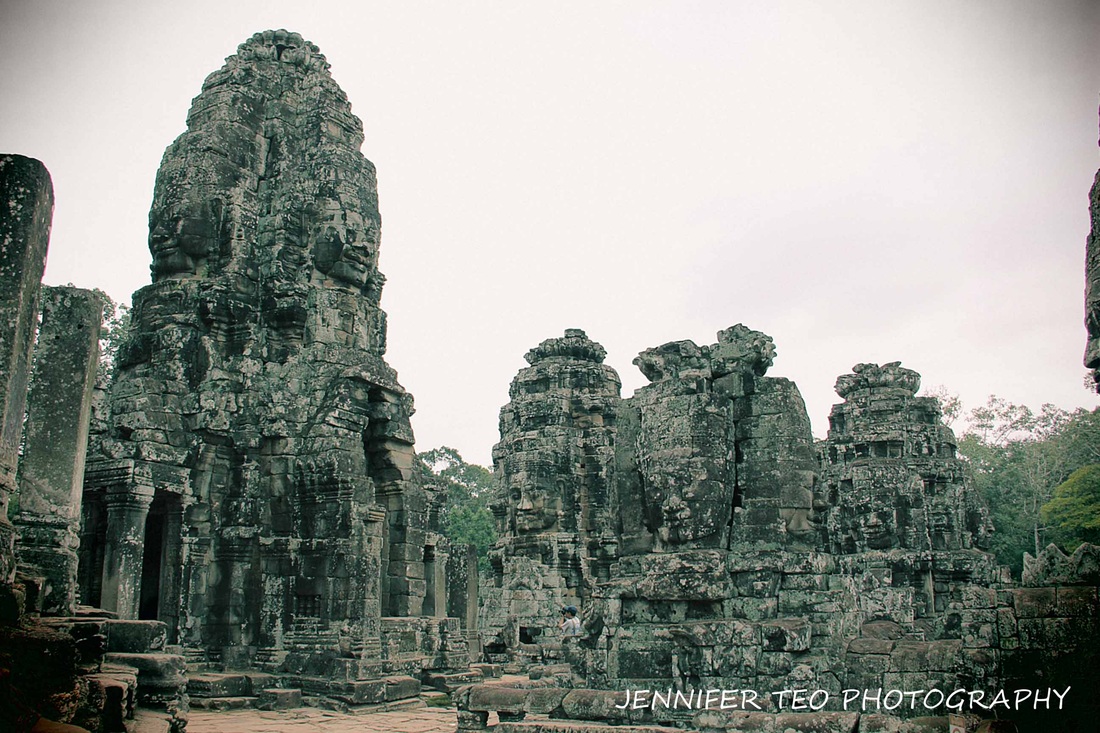
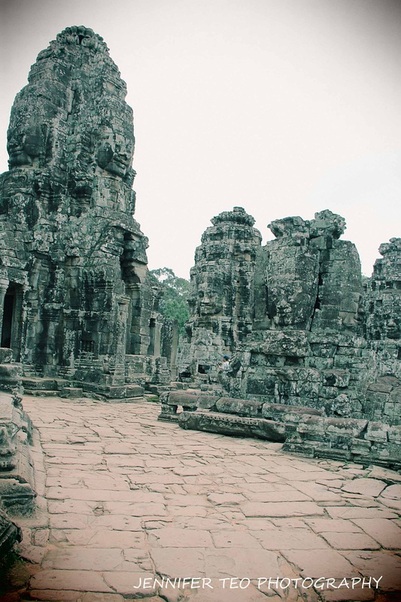
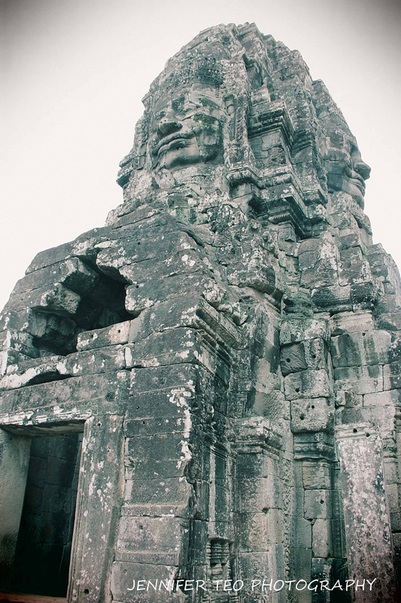
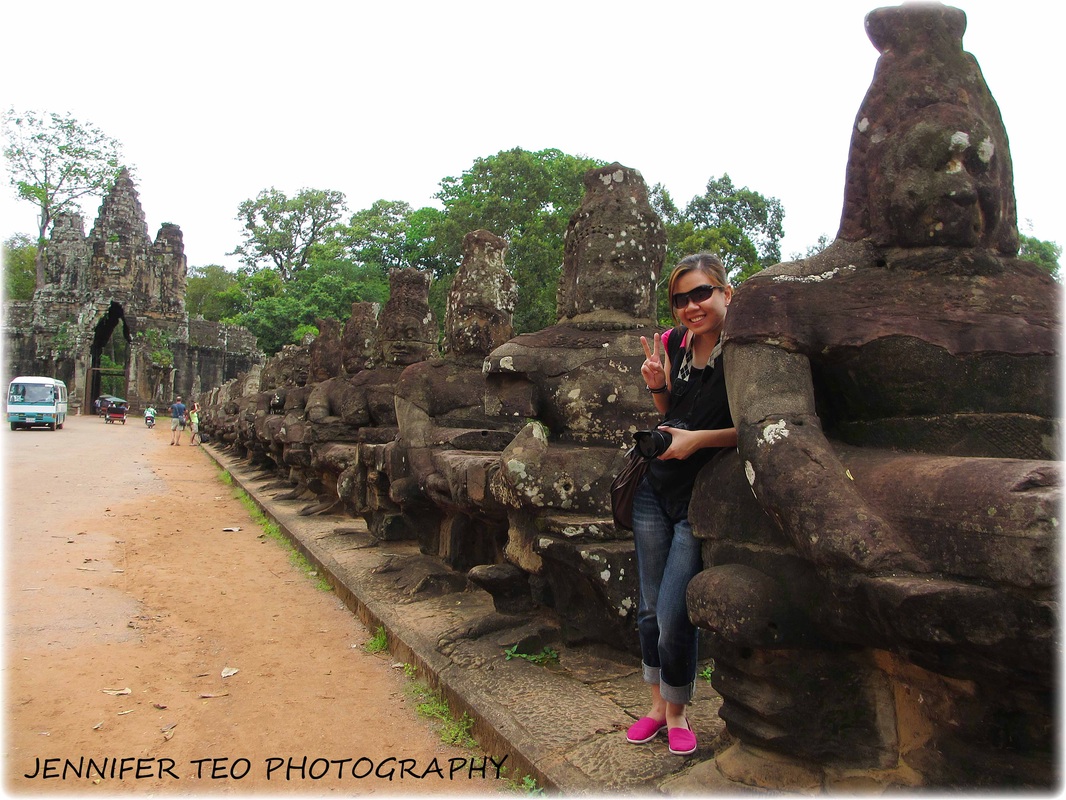
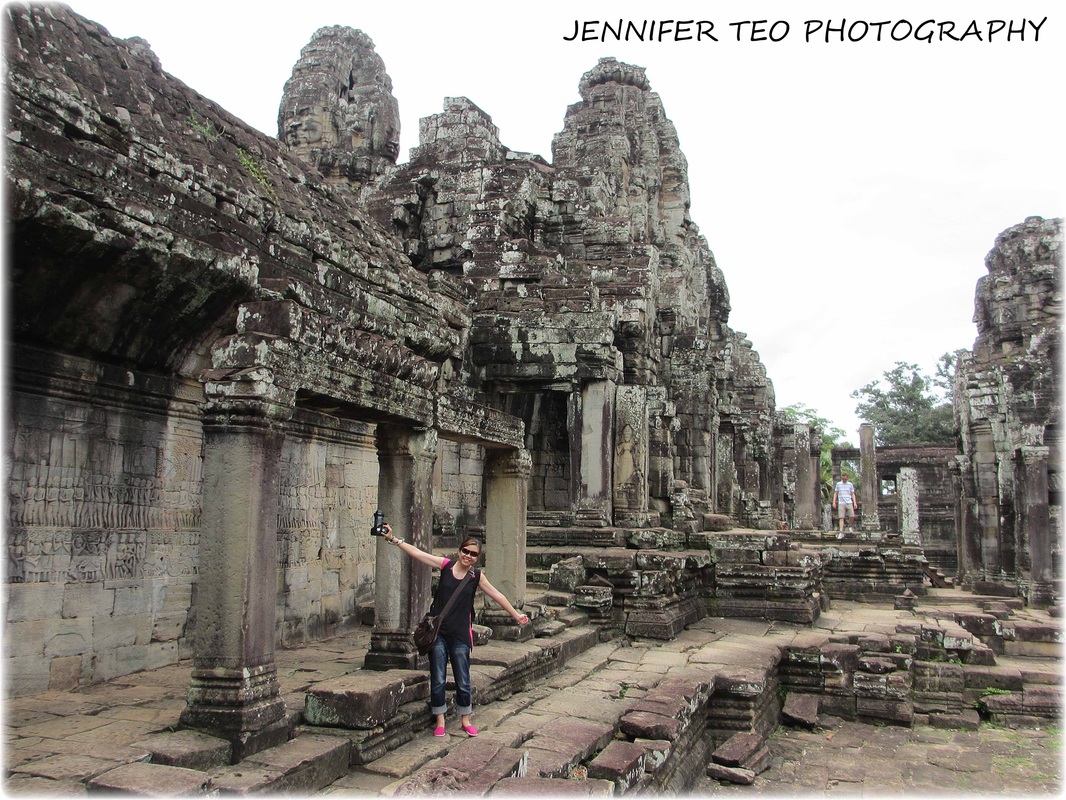
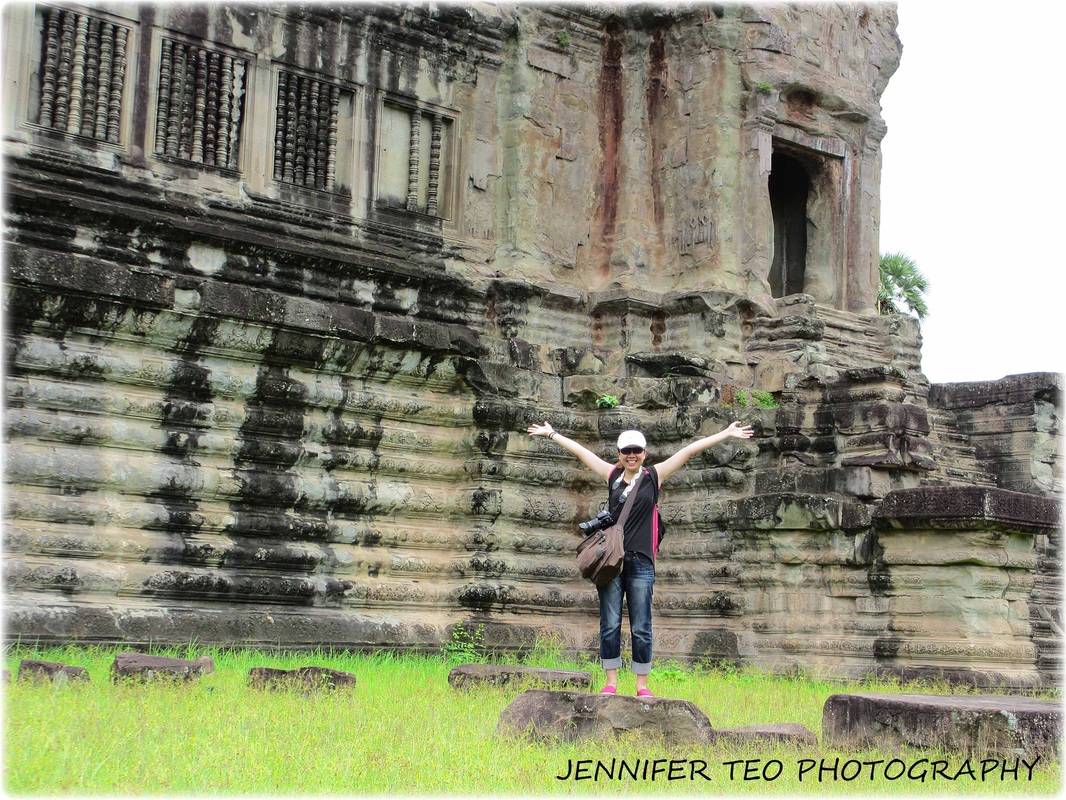
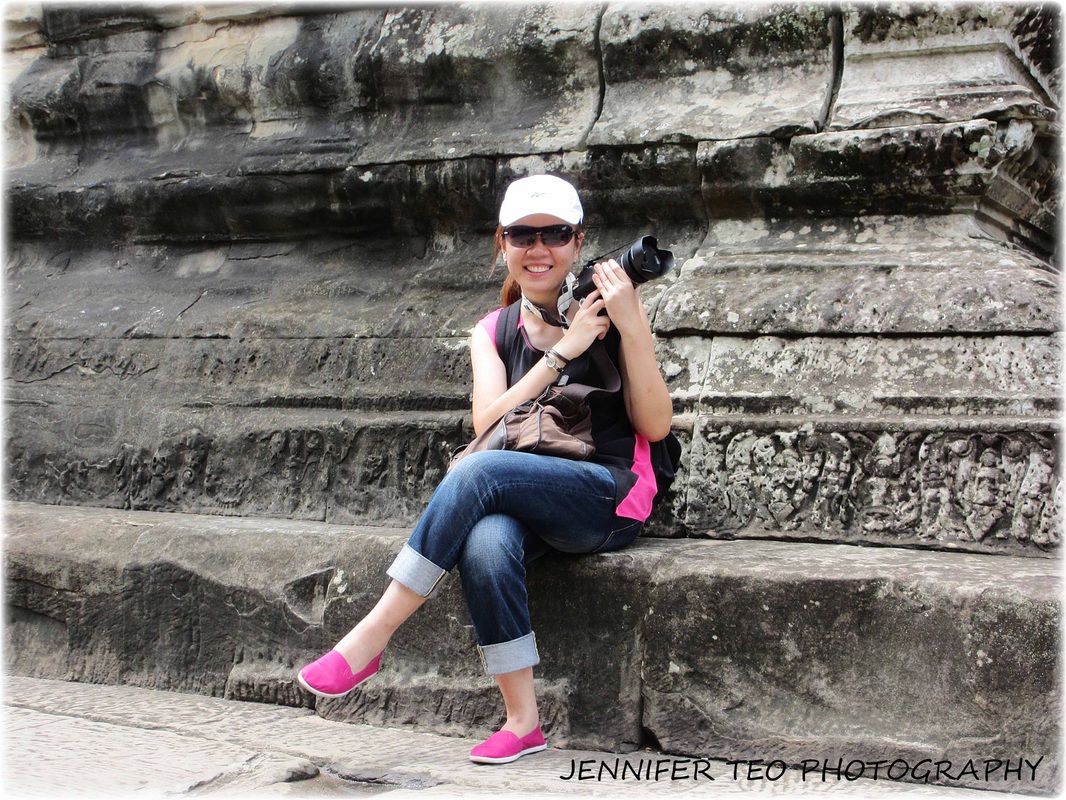
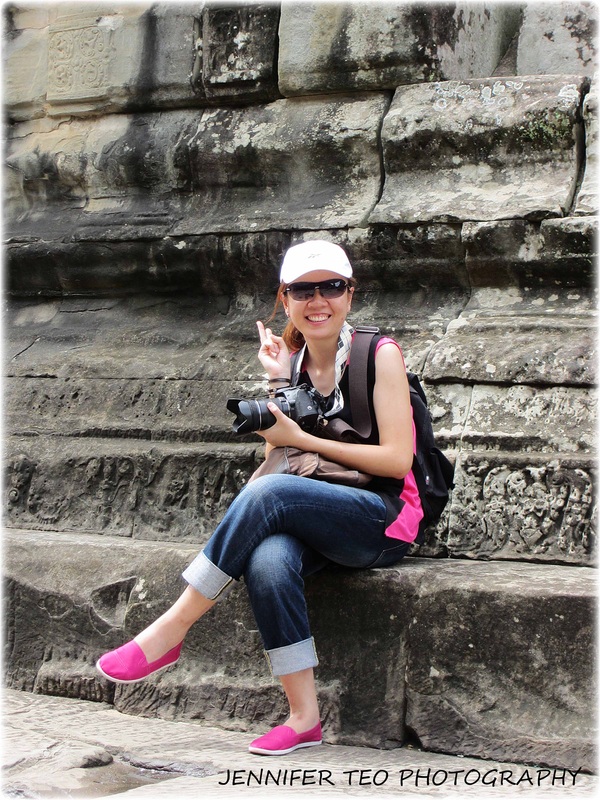
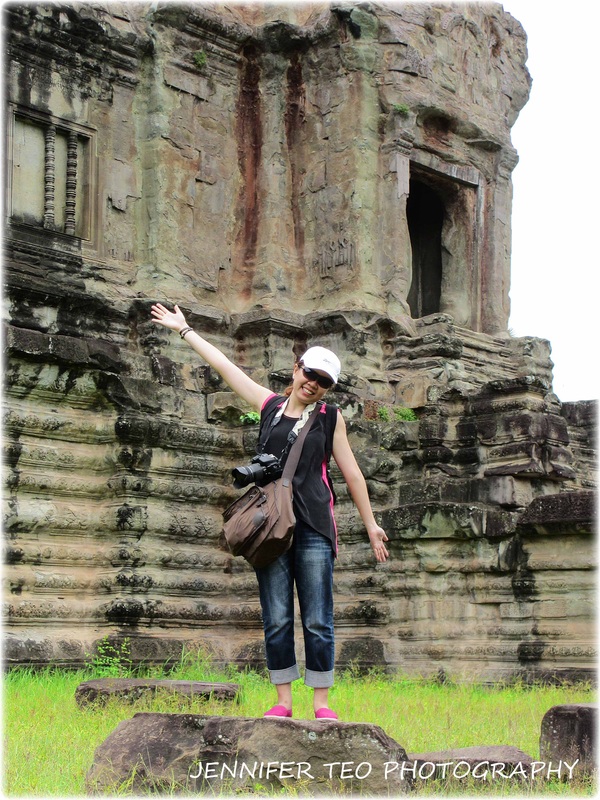
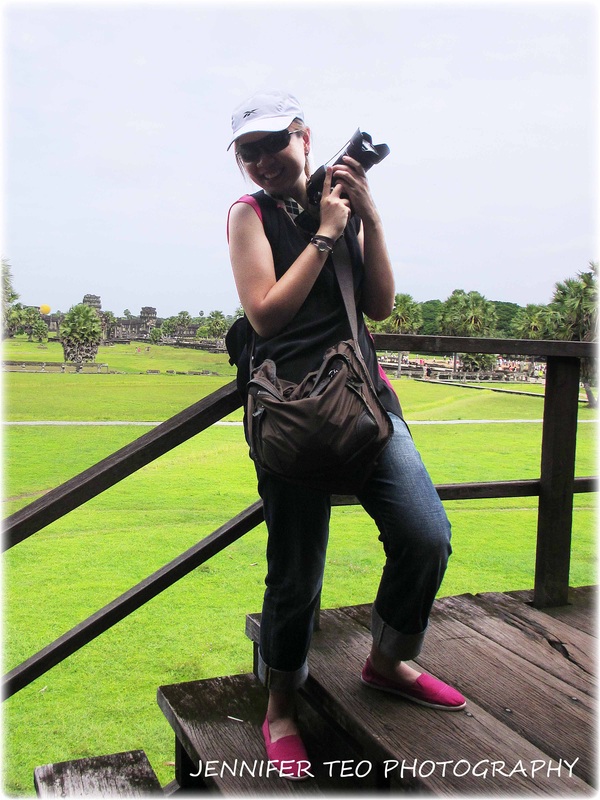
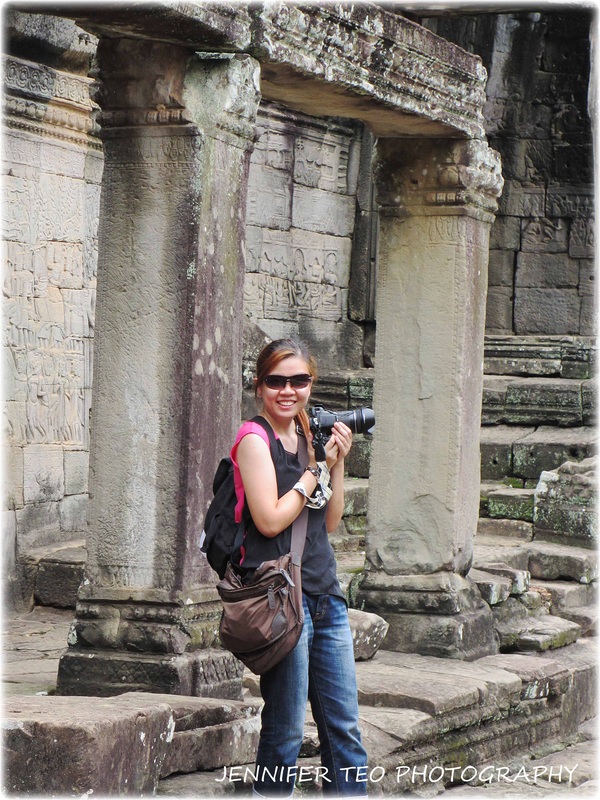
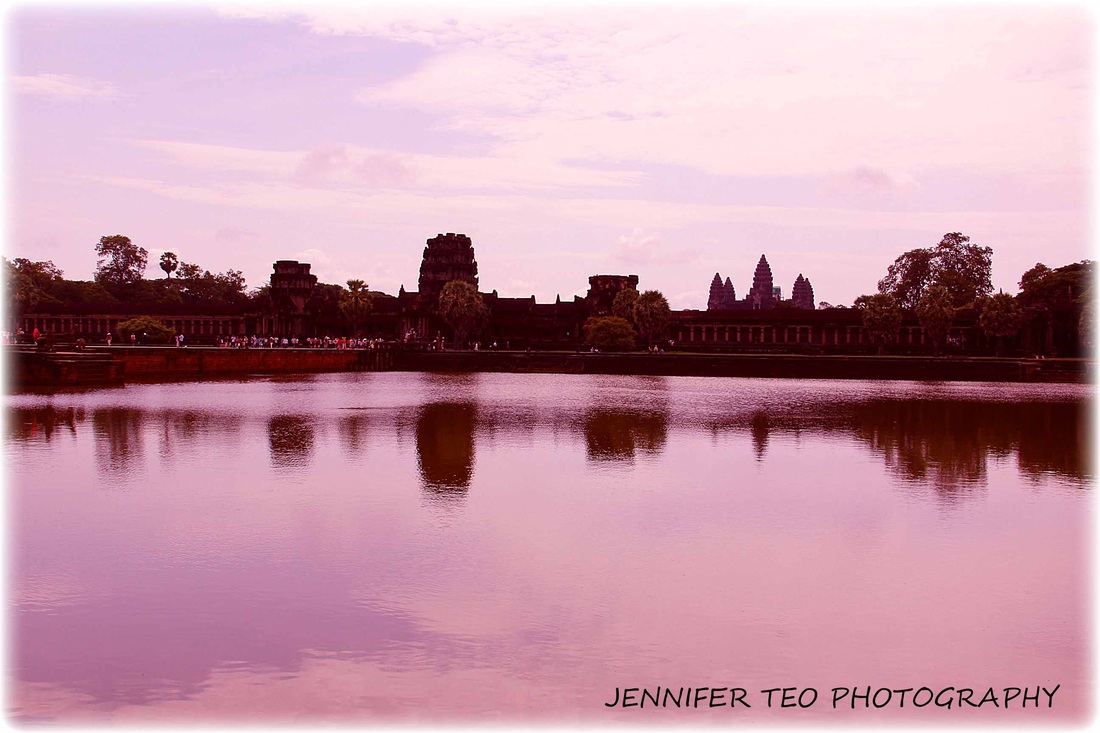
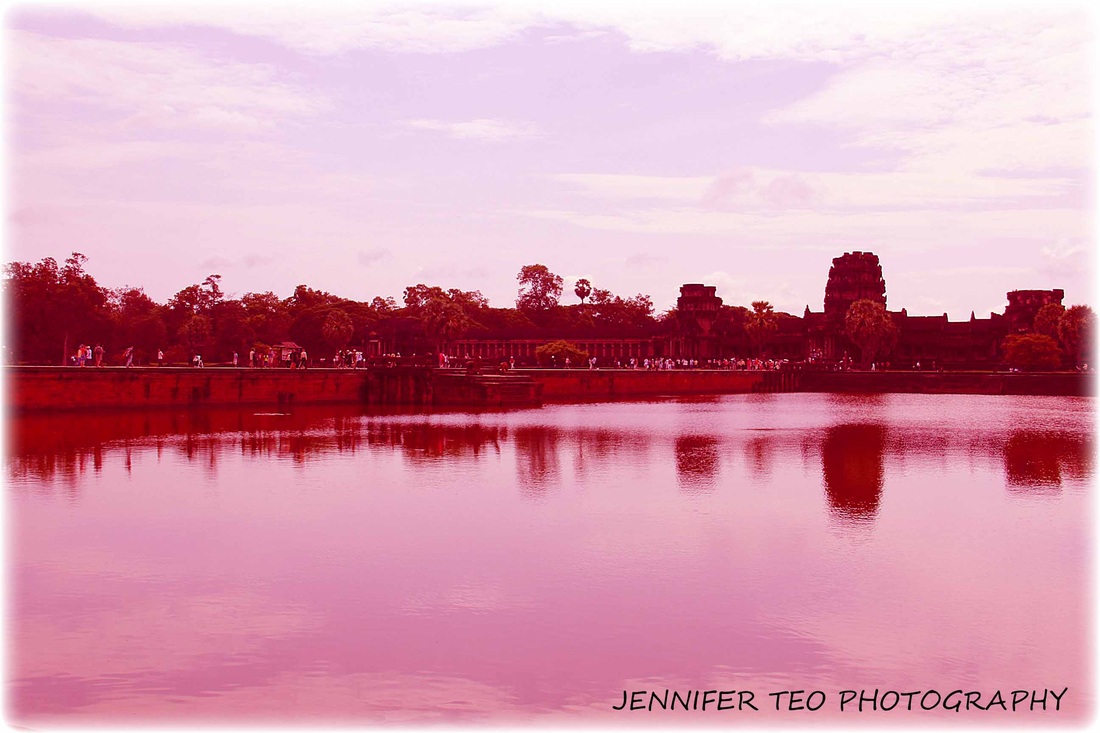
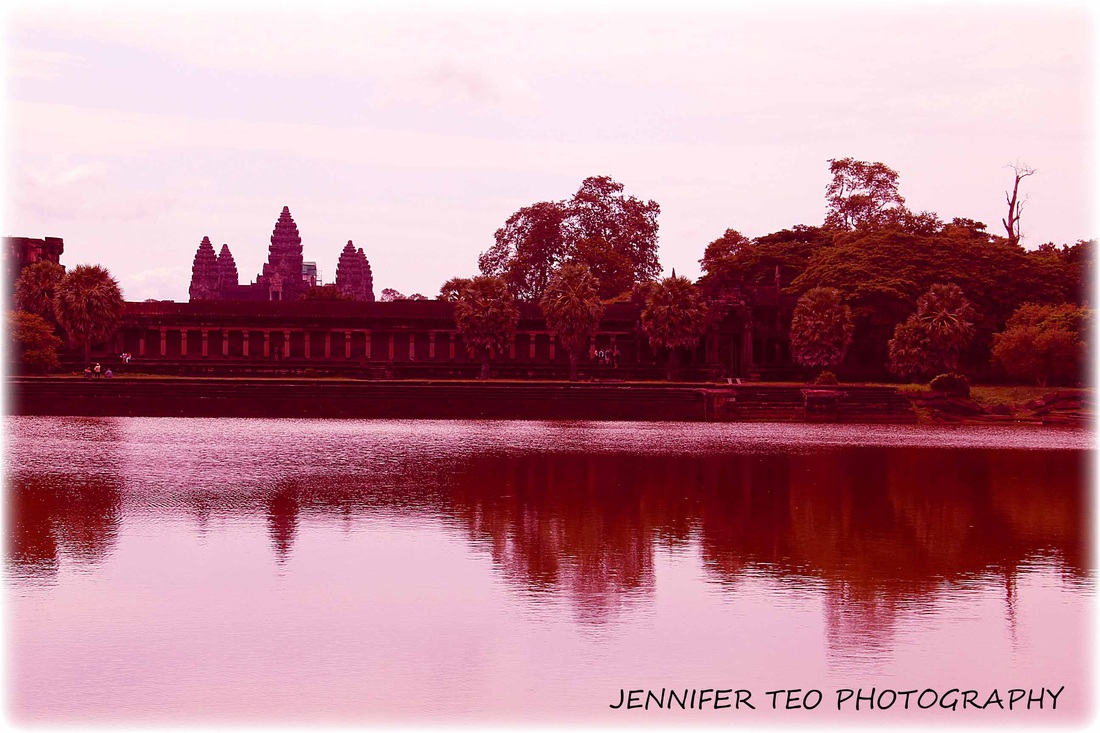
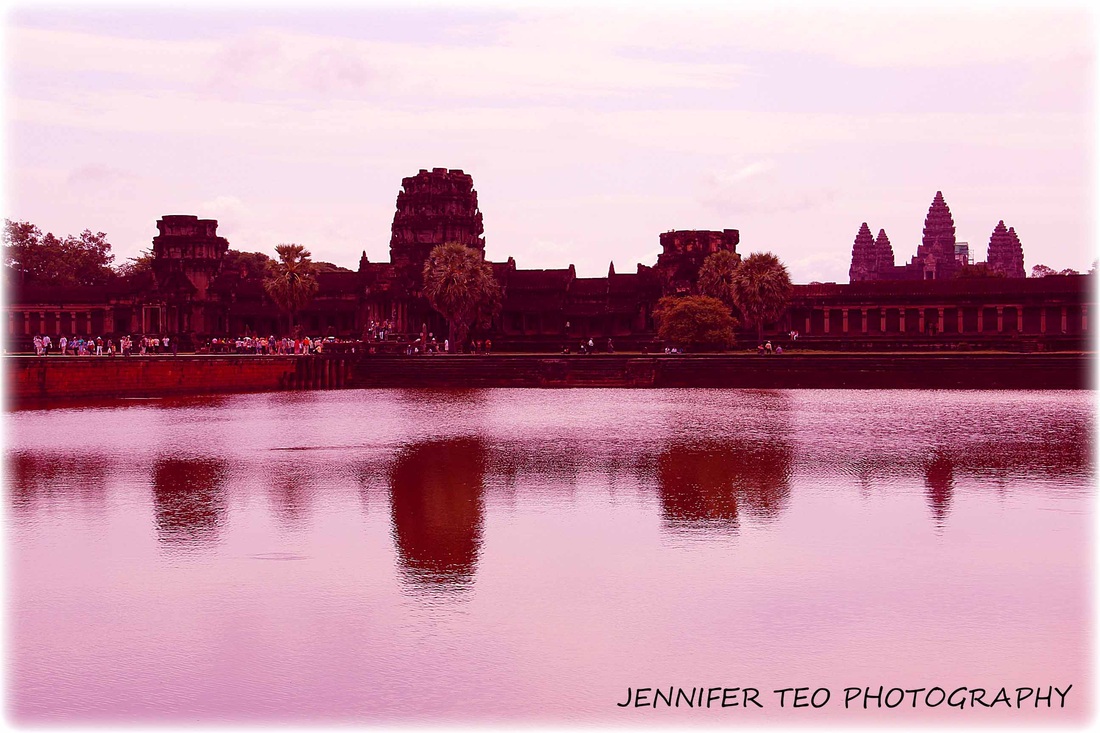

 RSS Feed
RSS Feed






